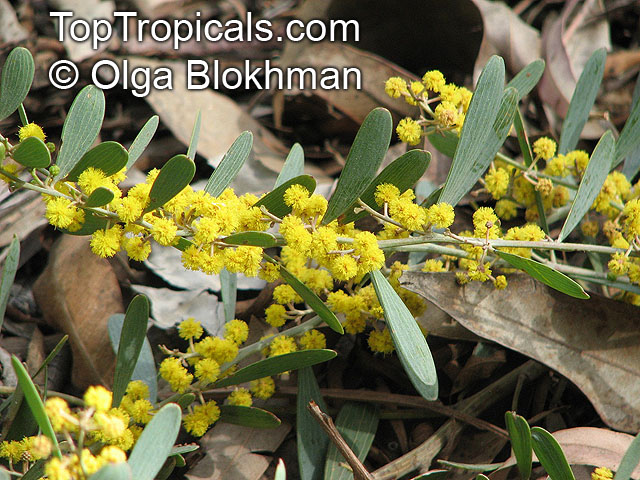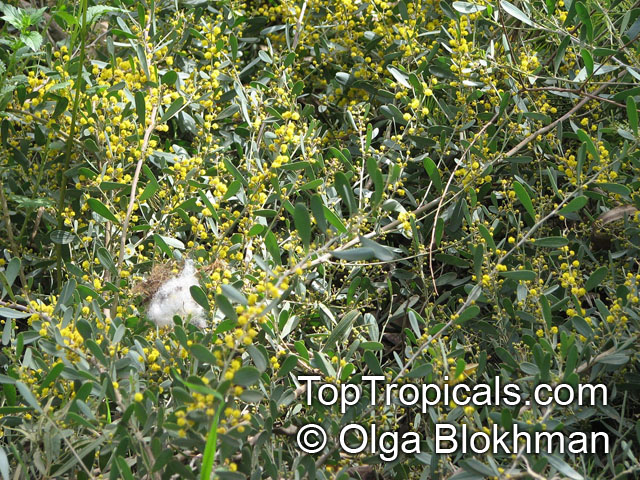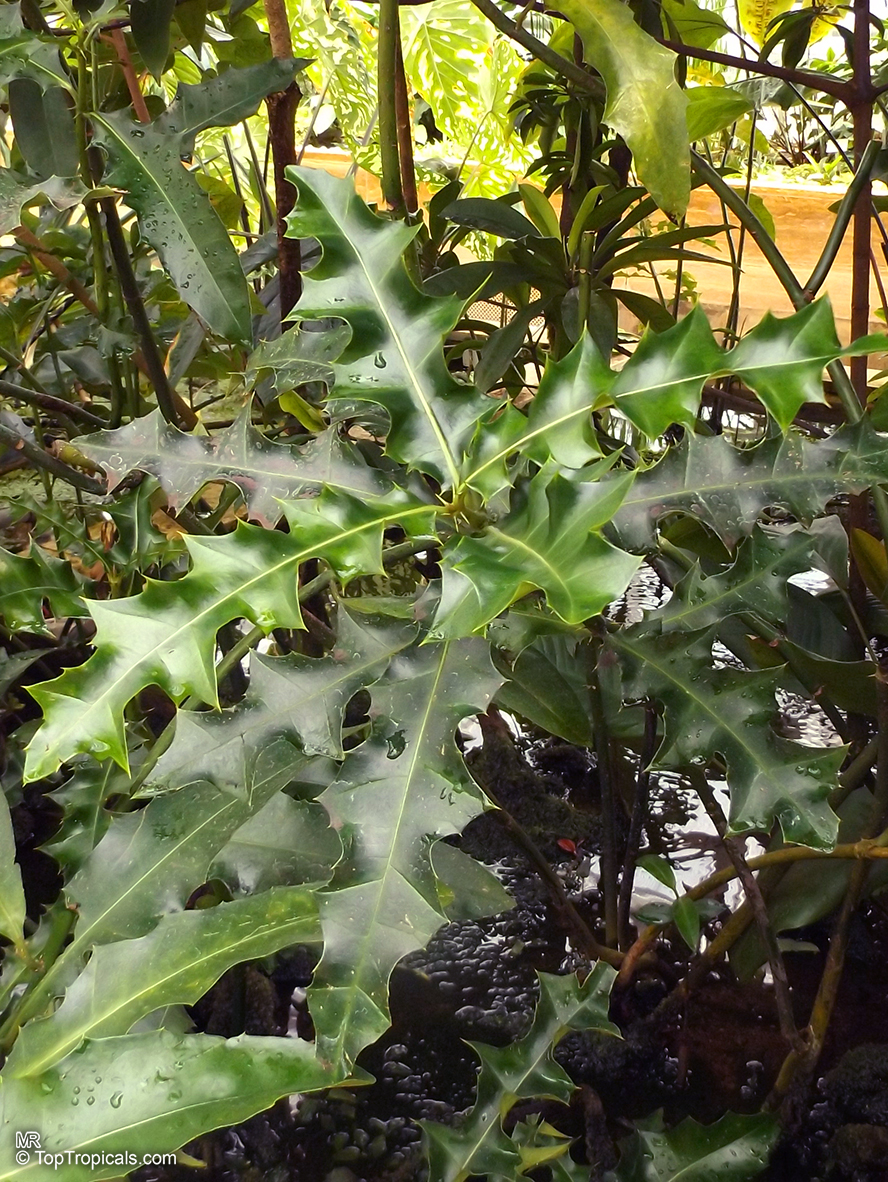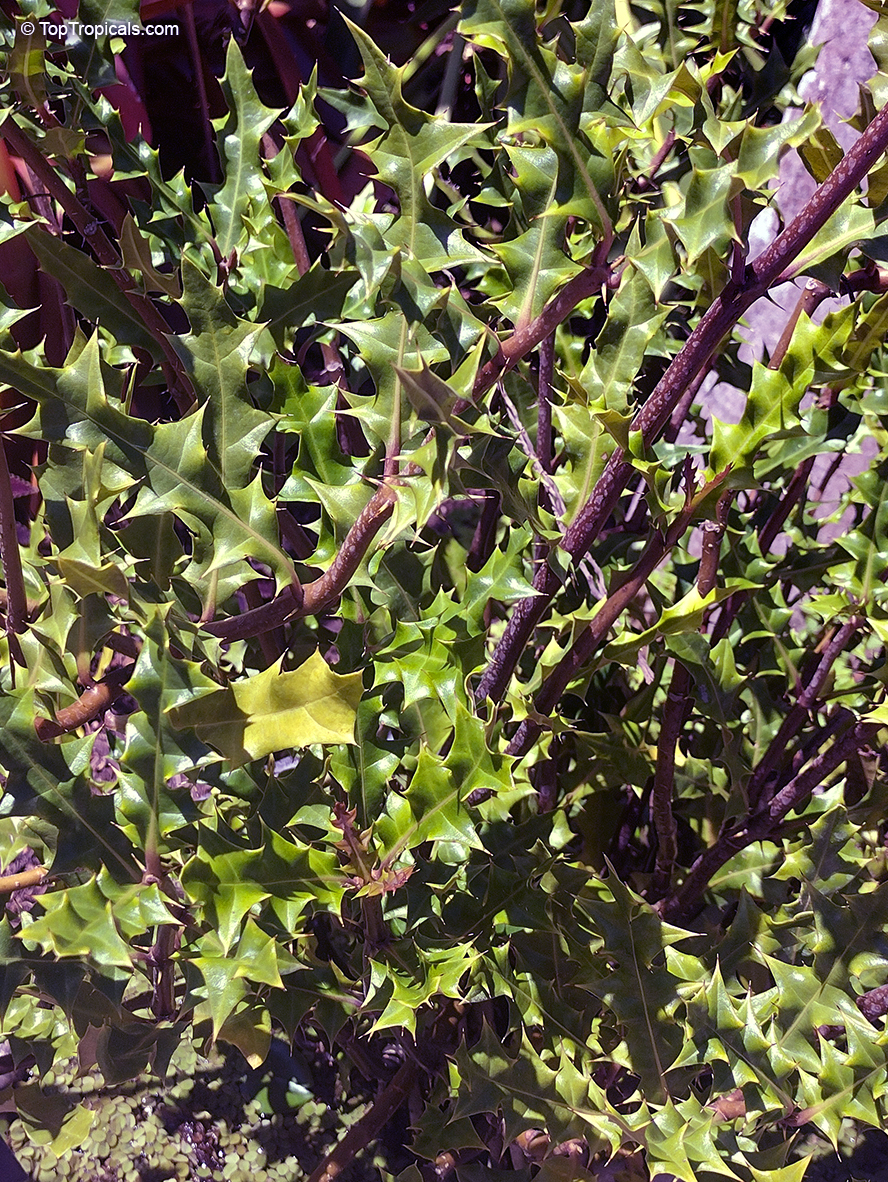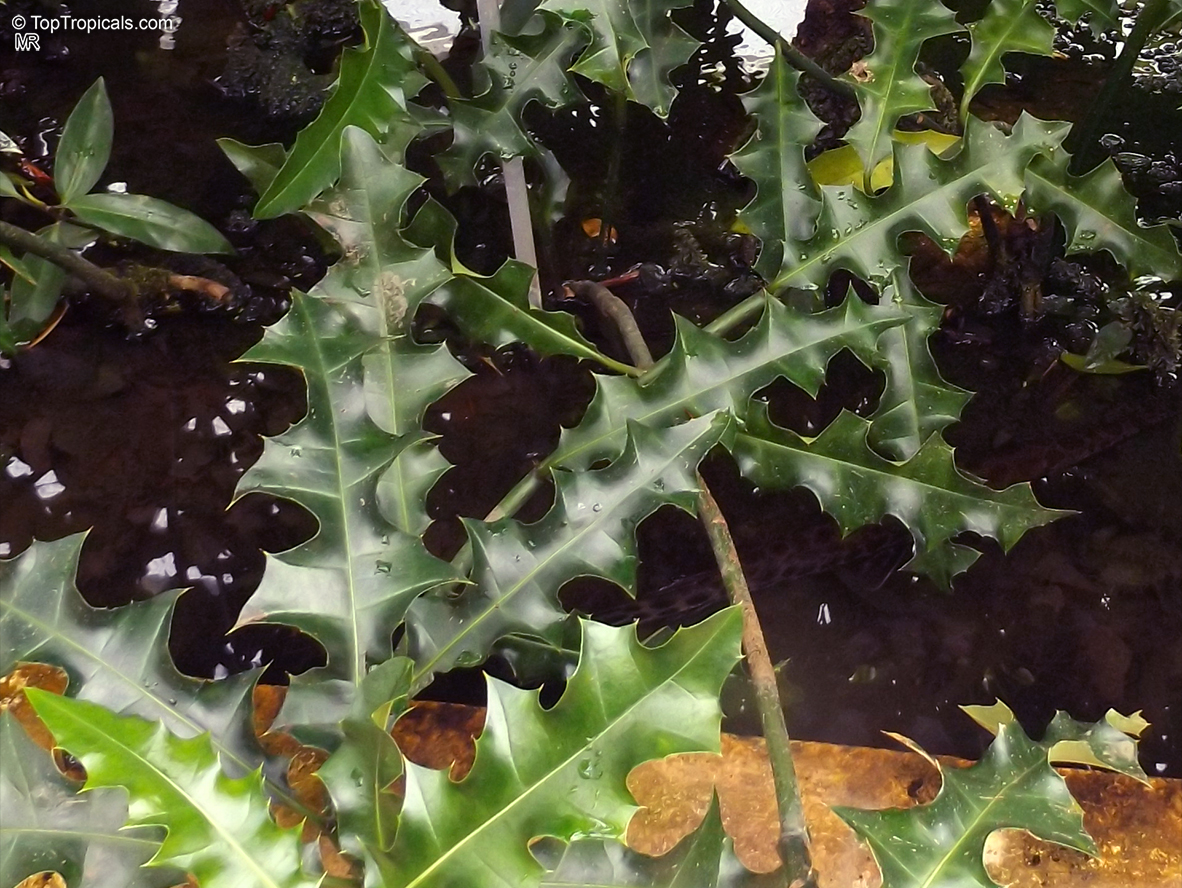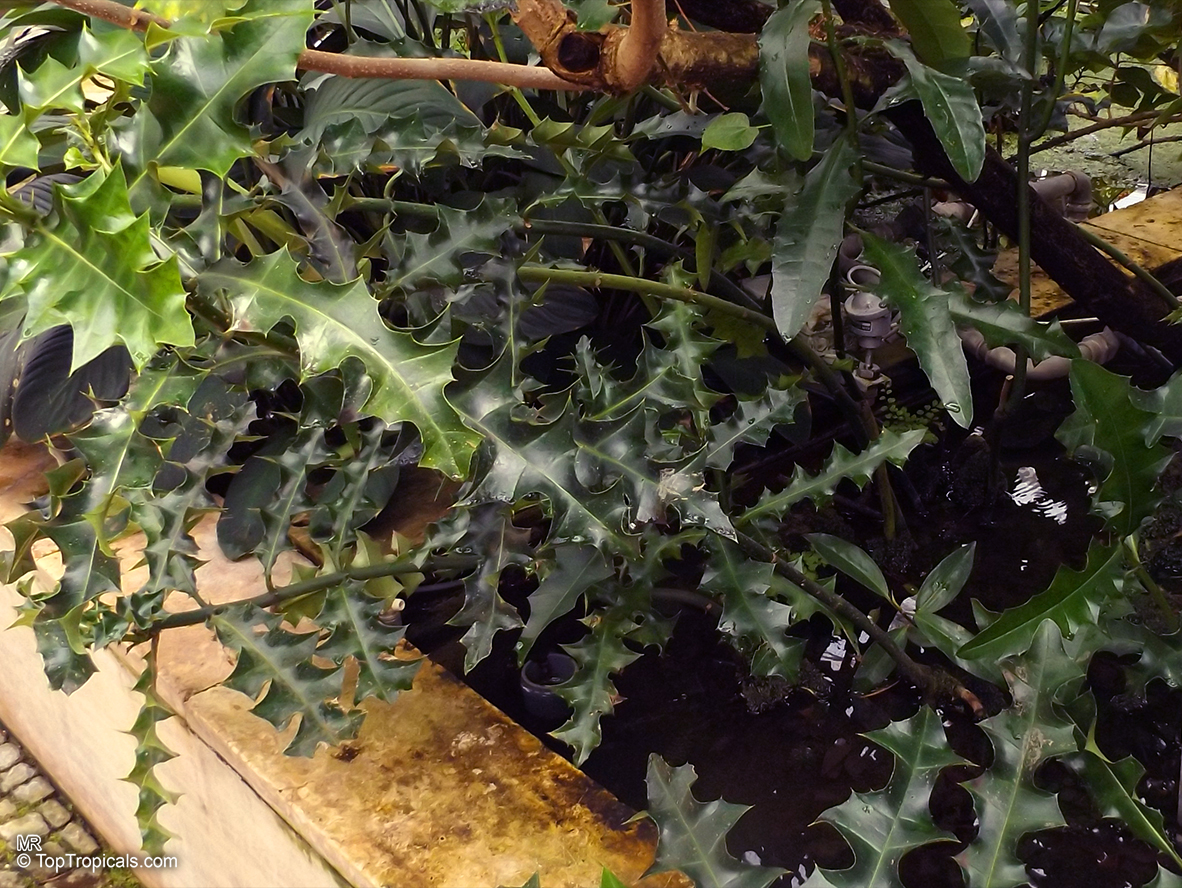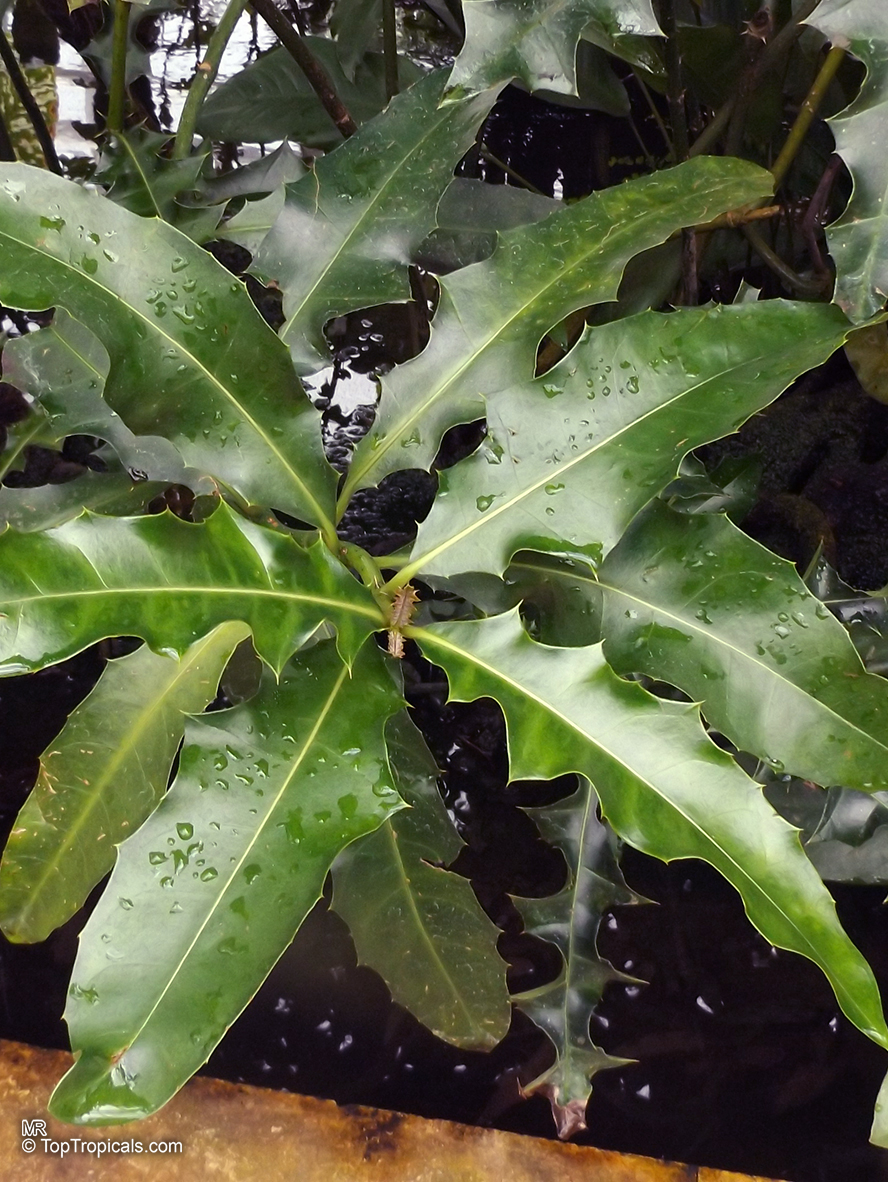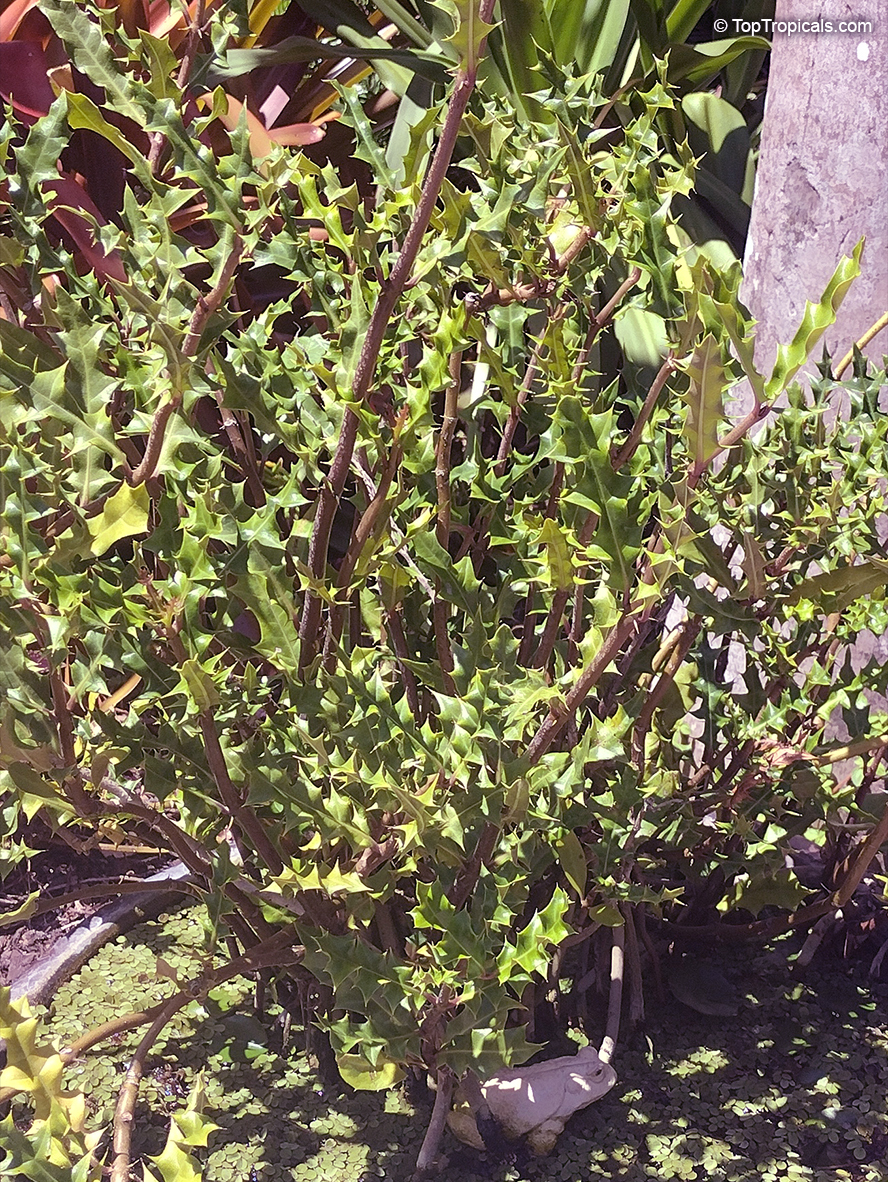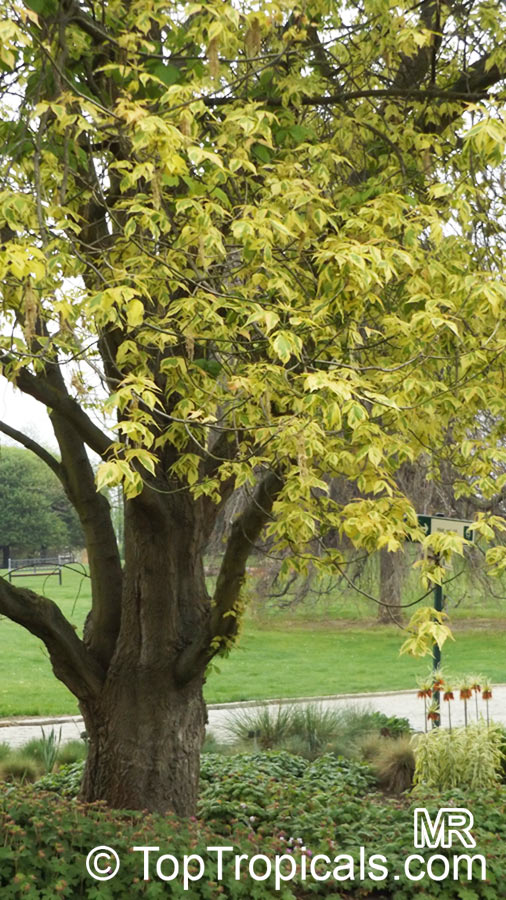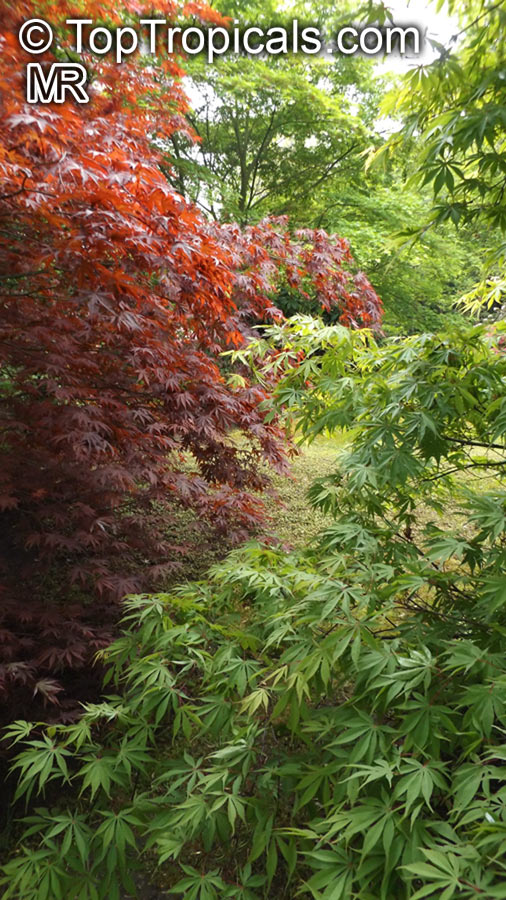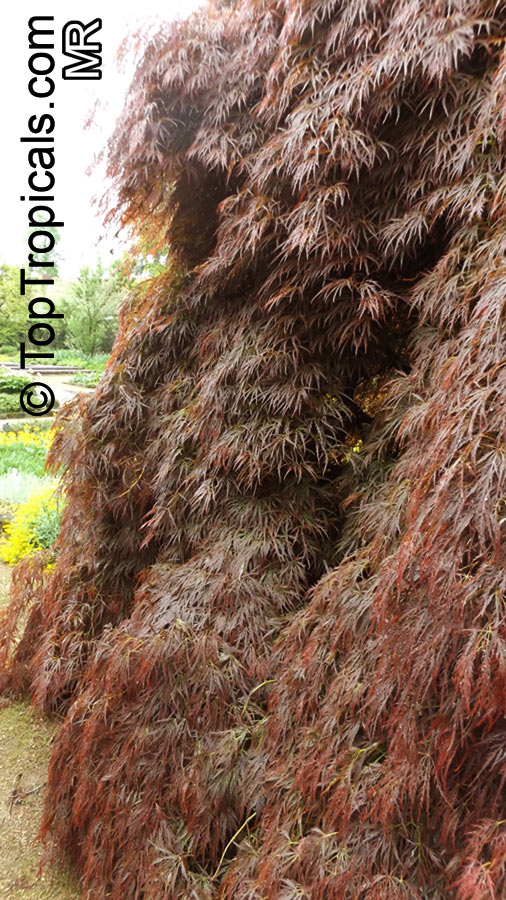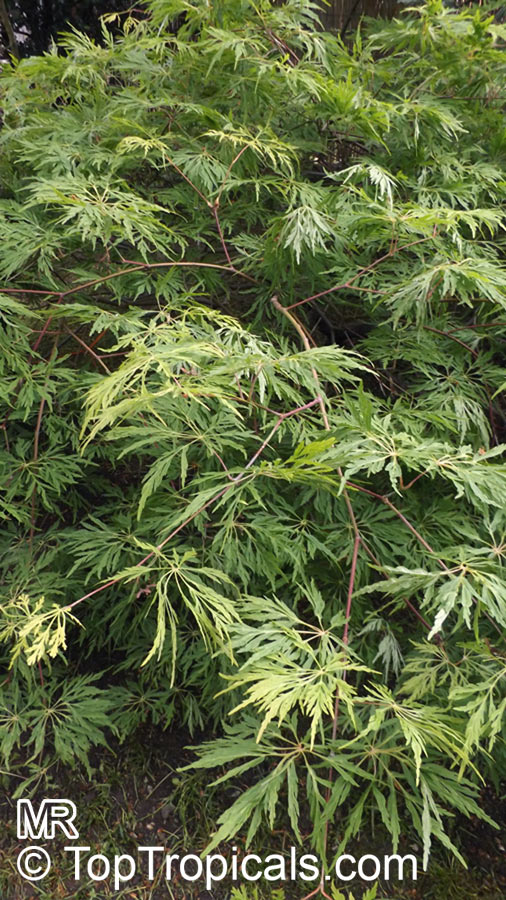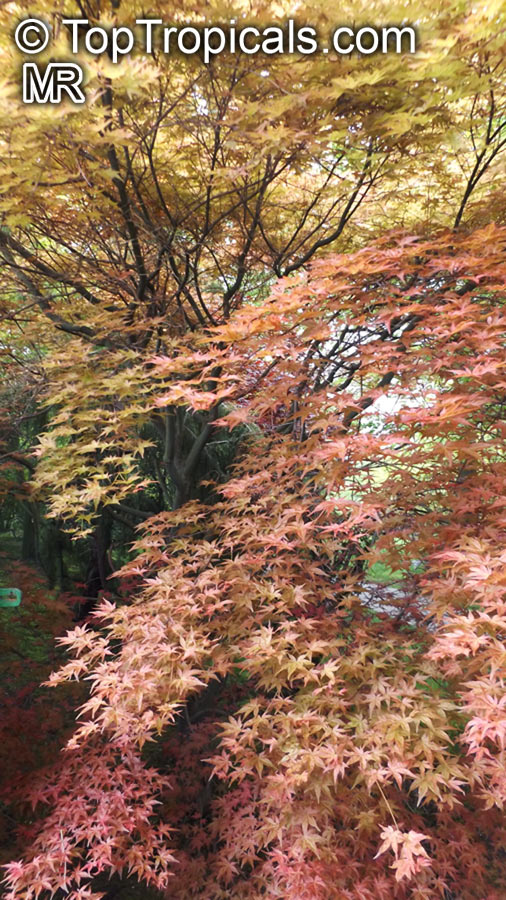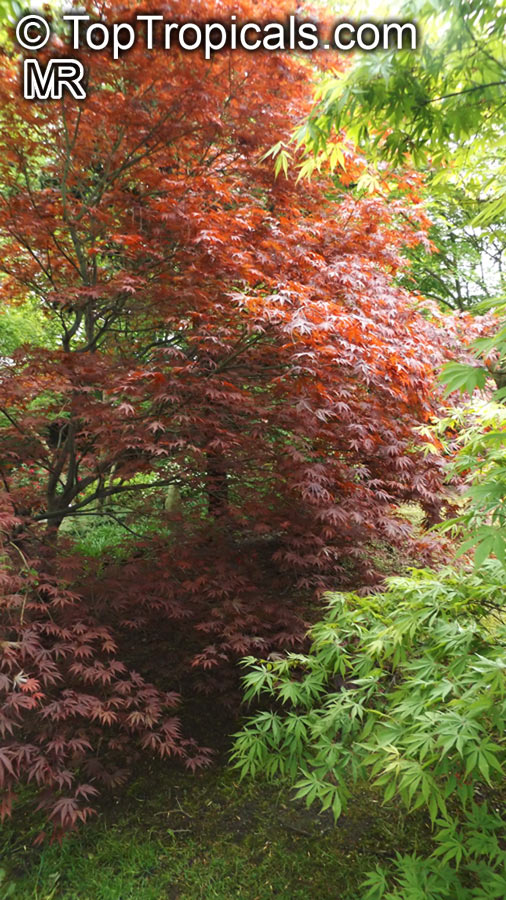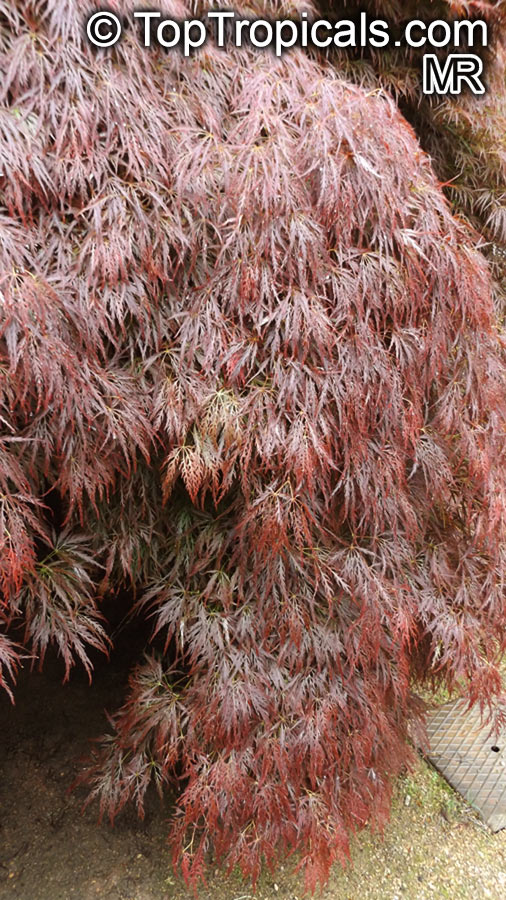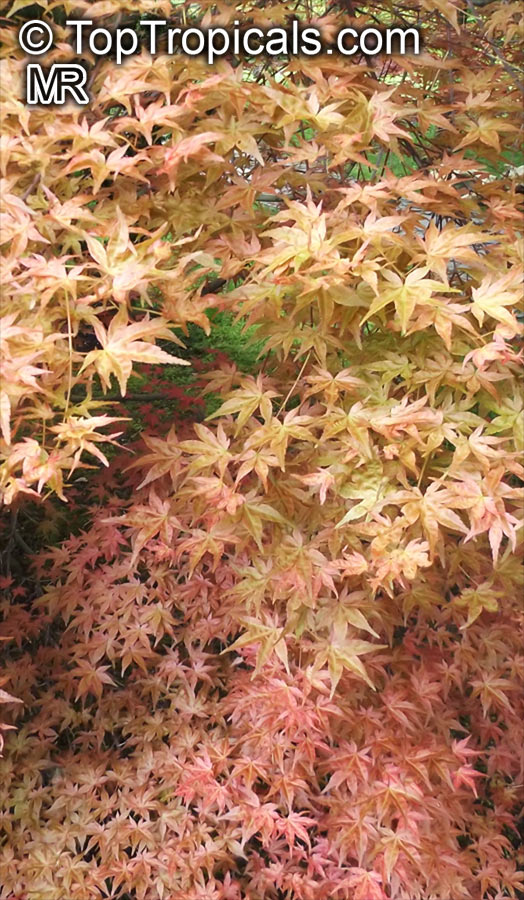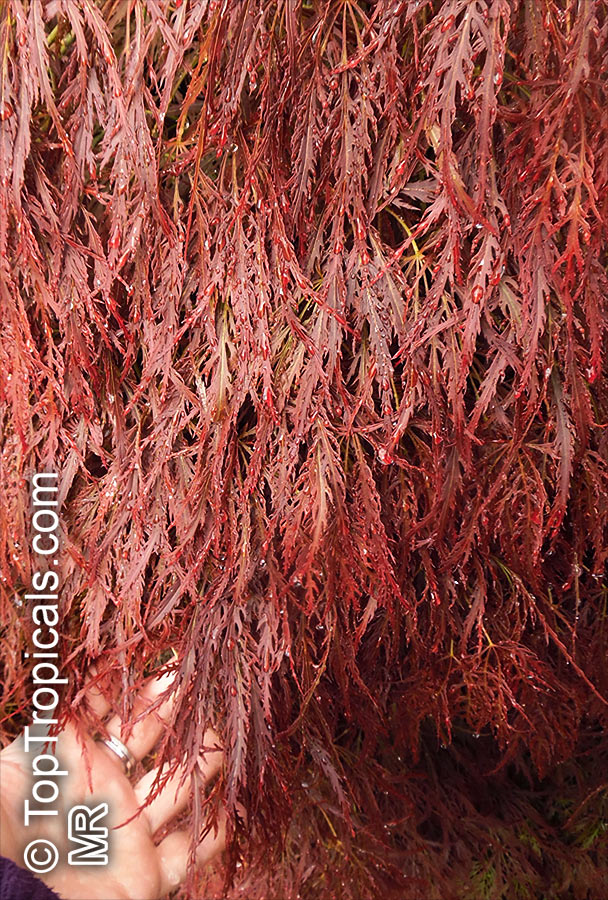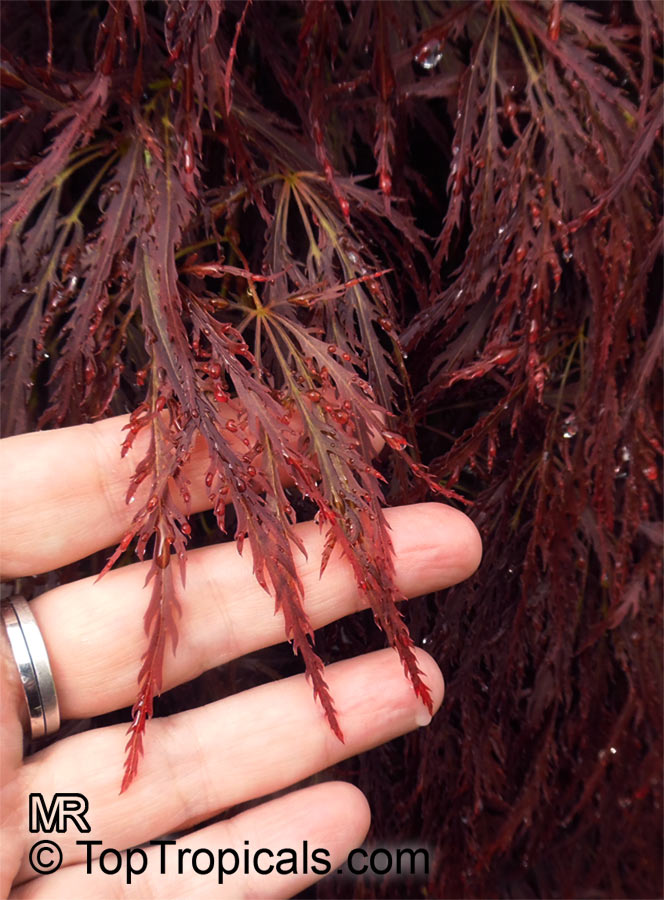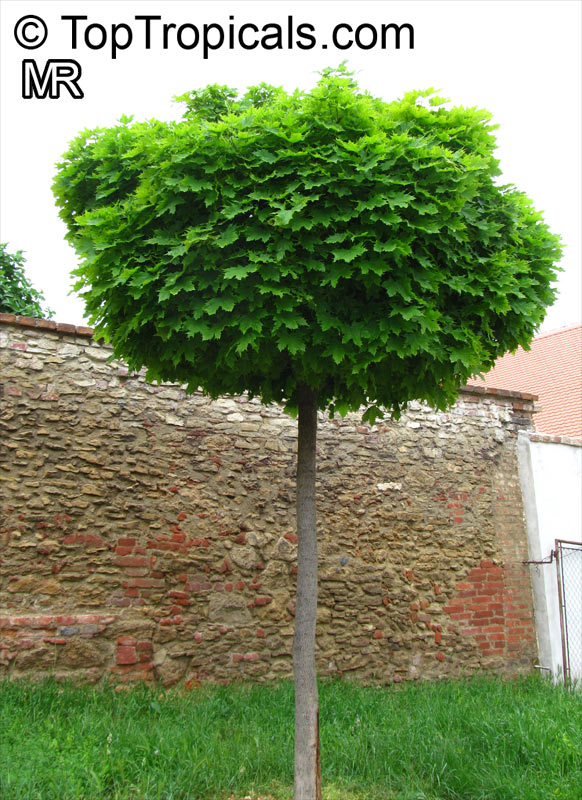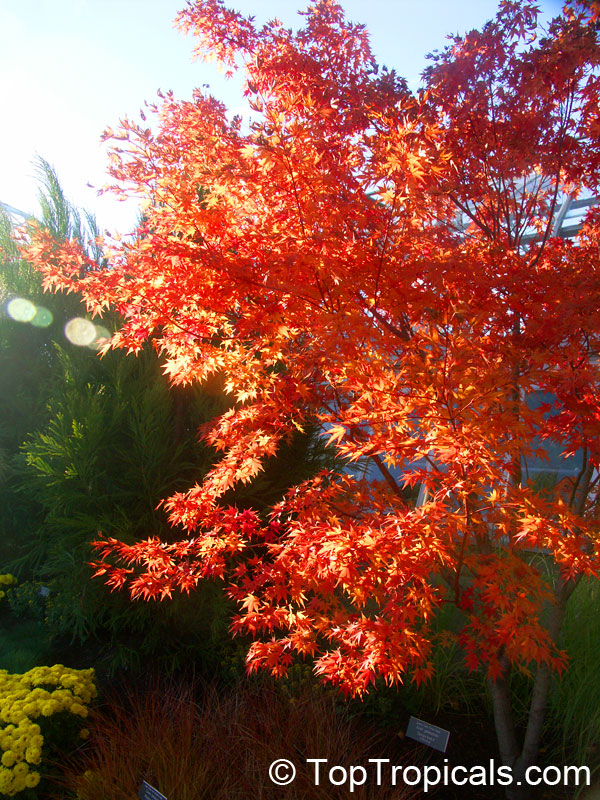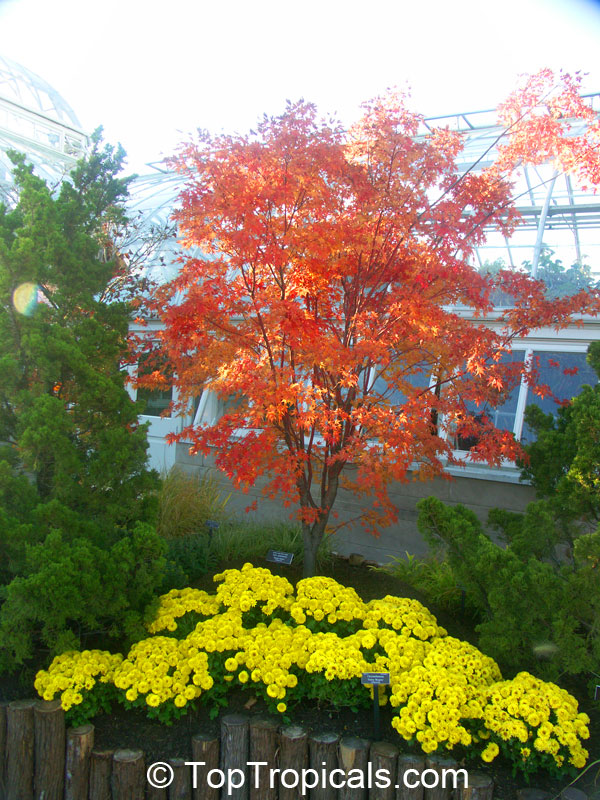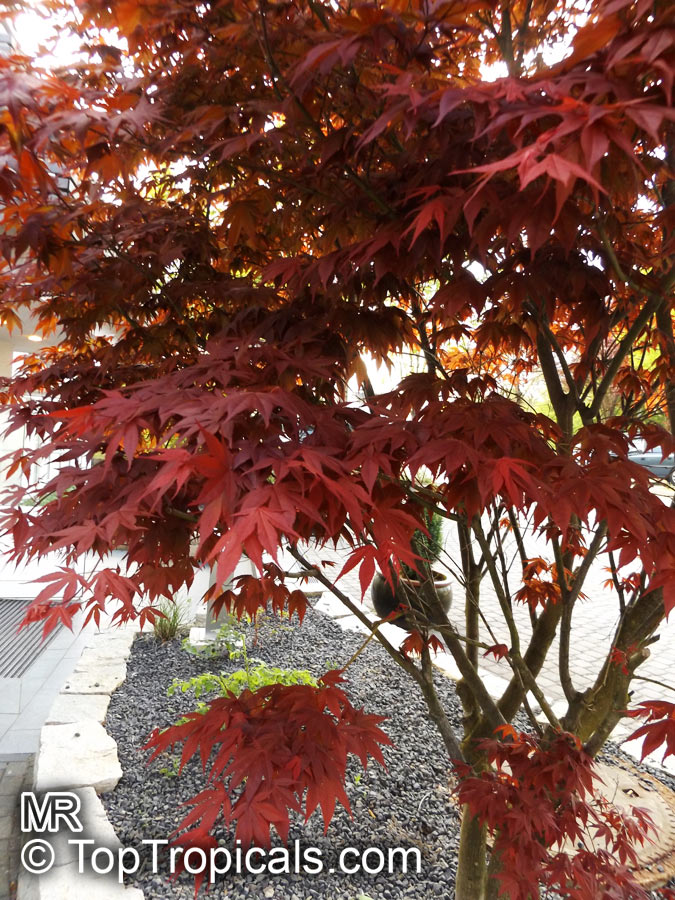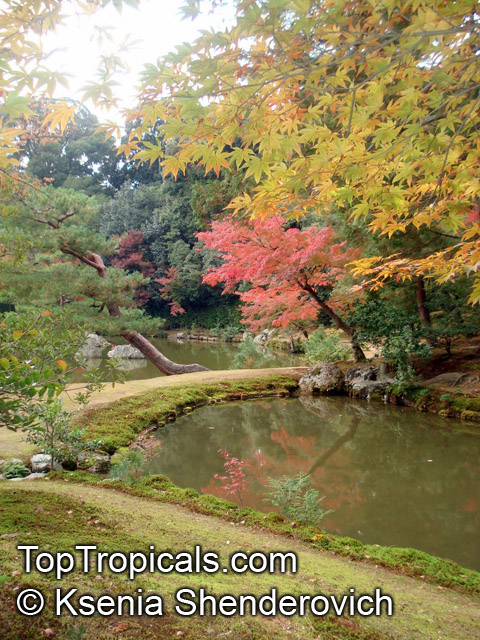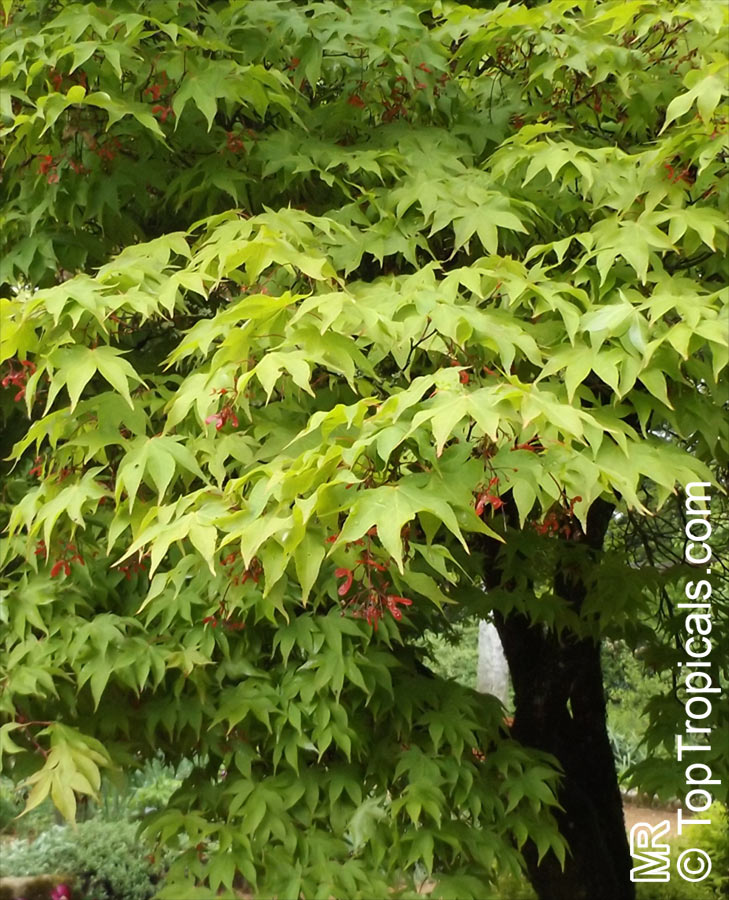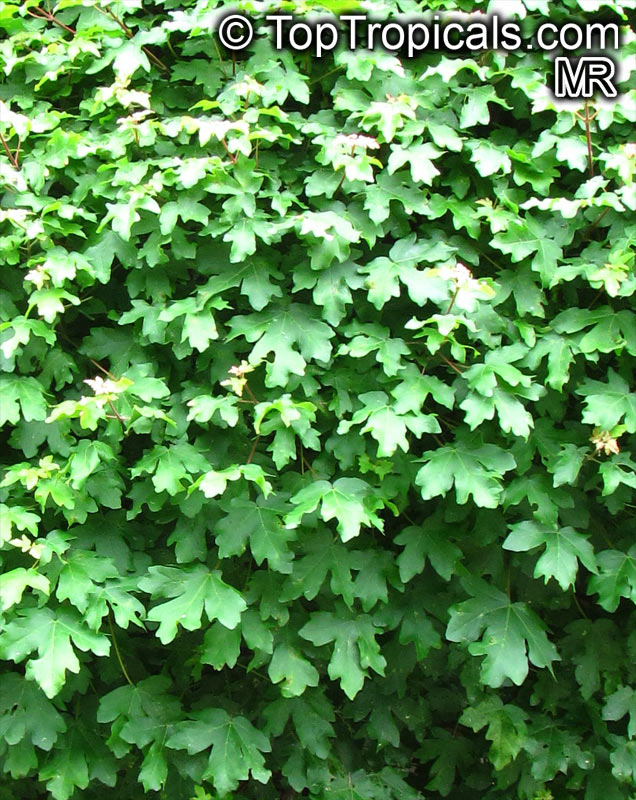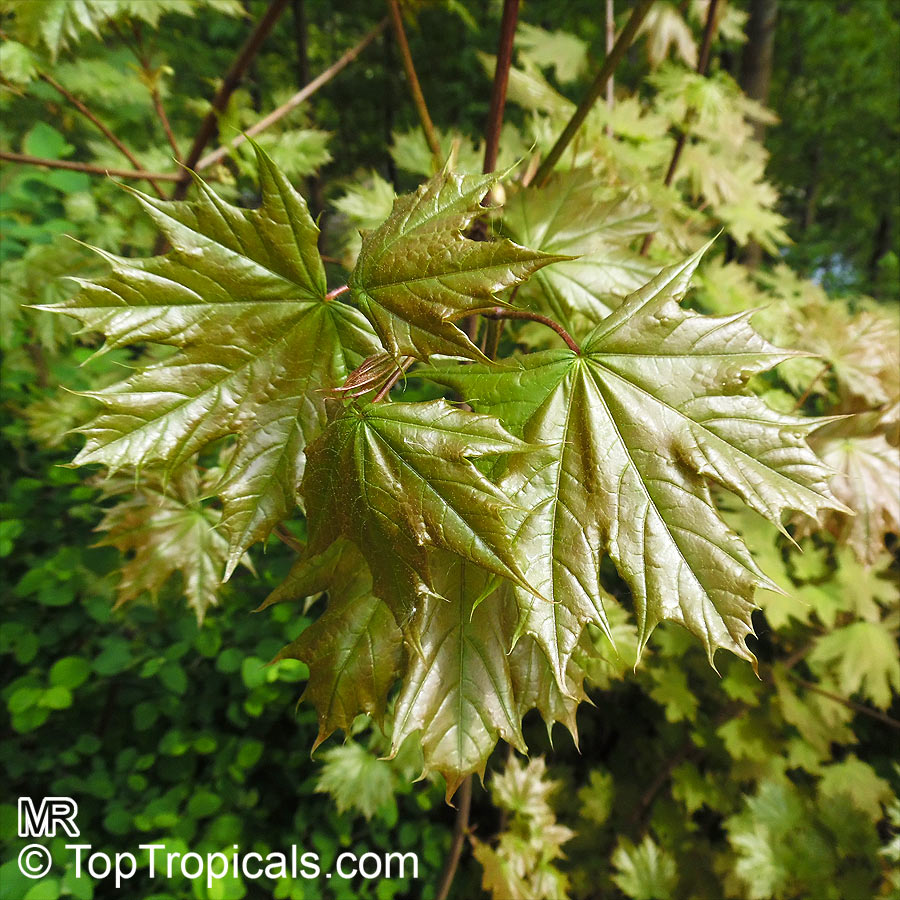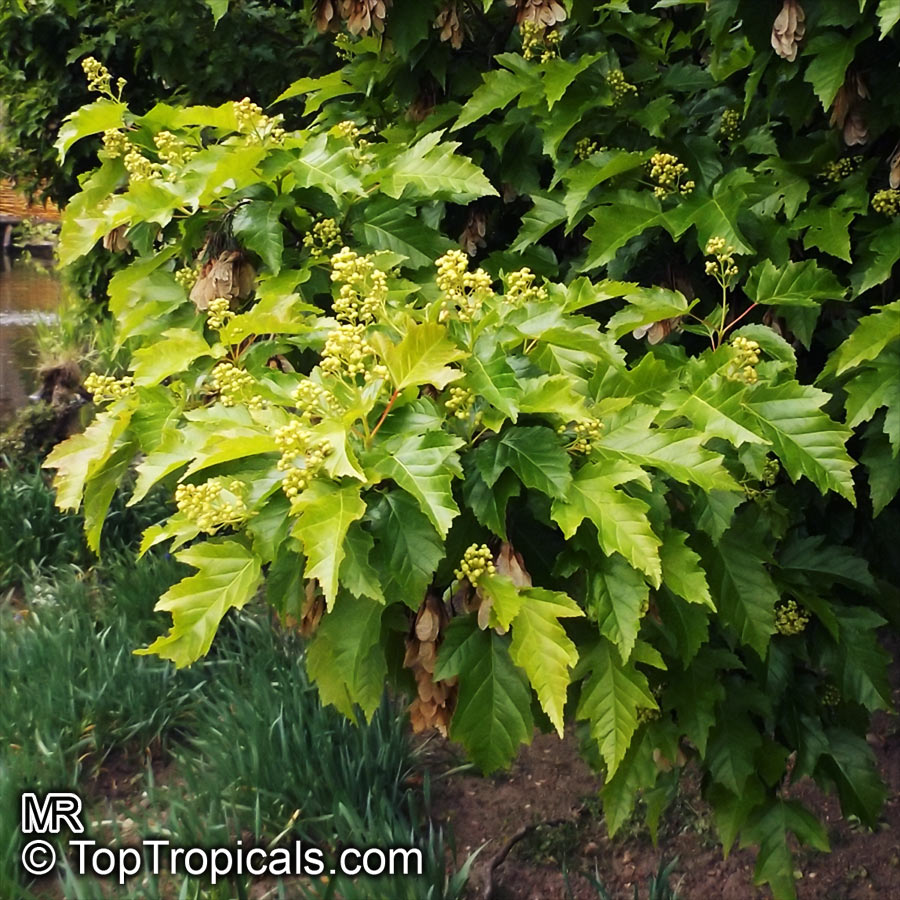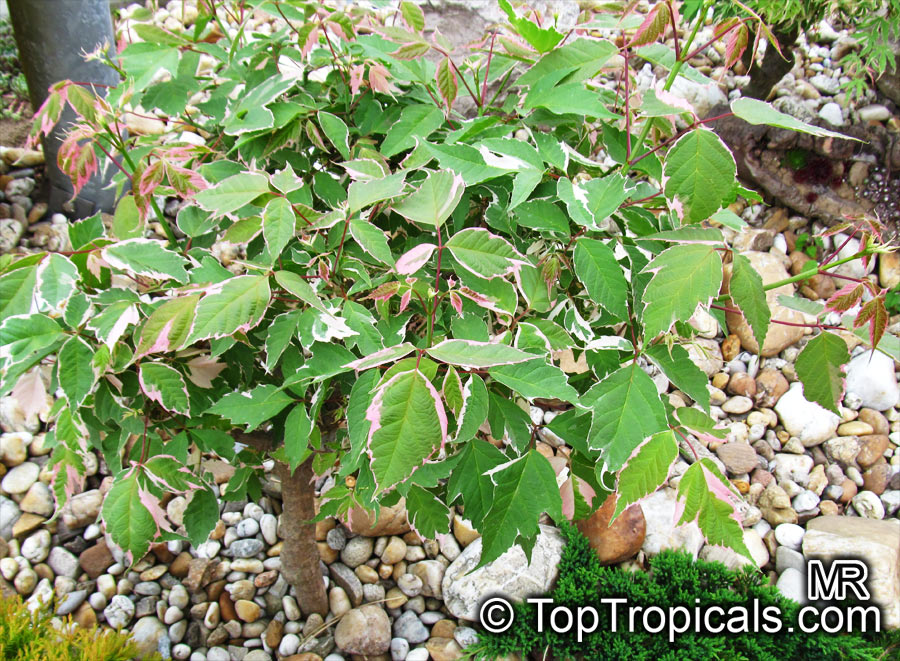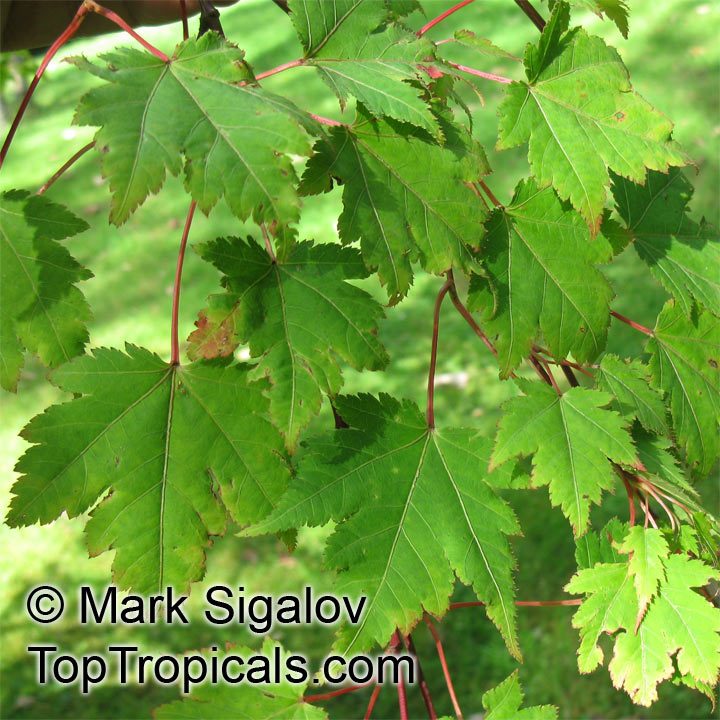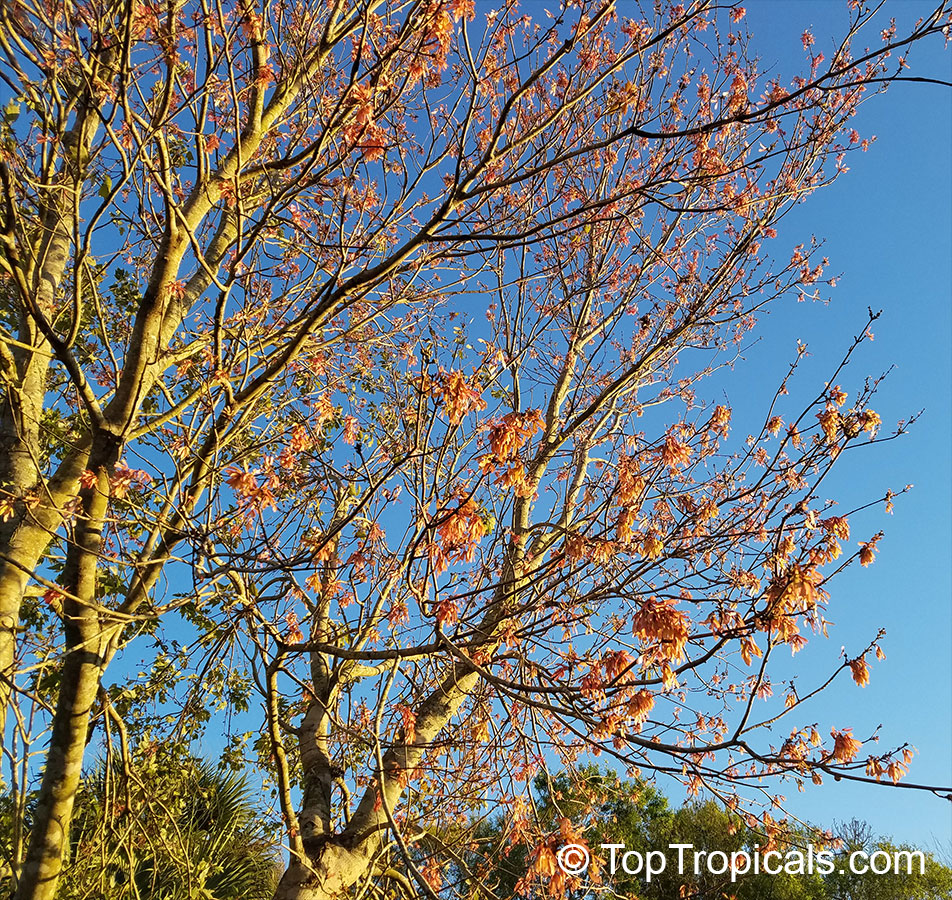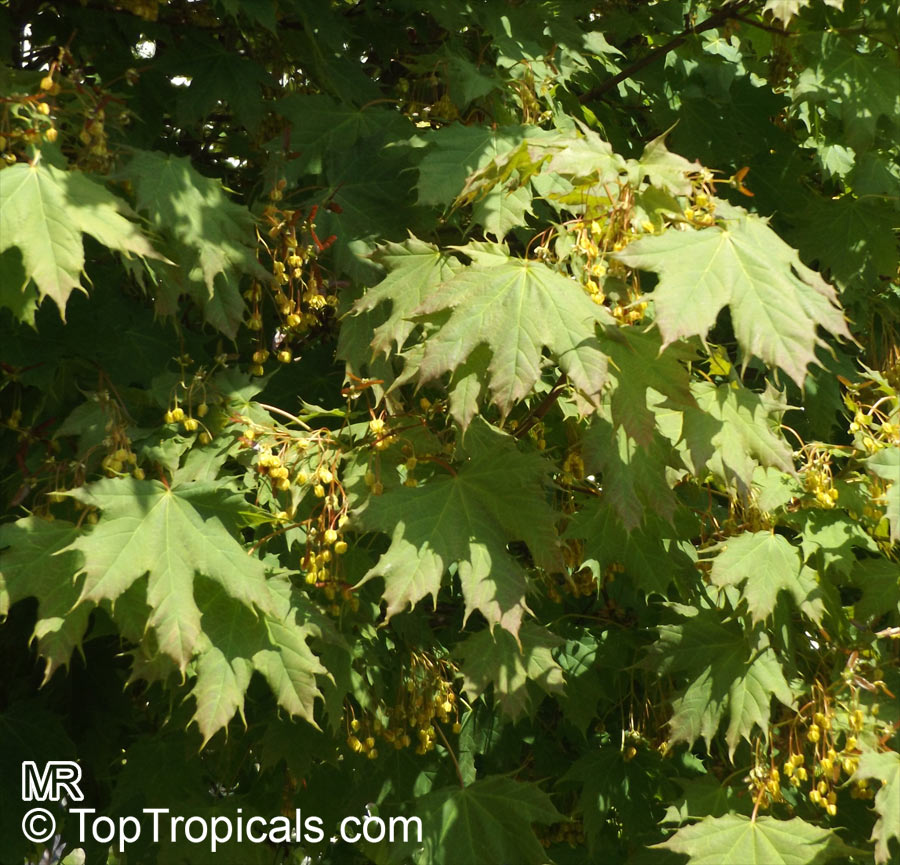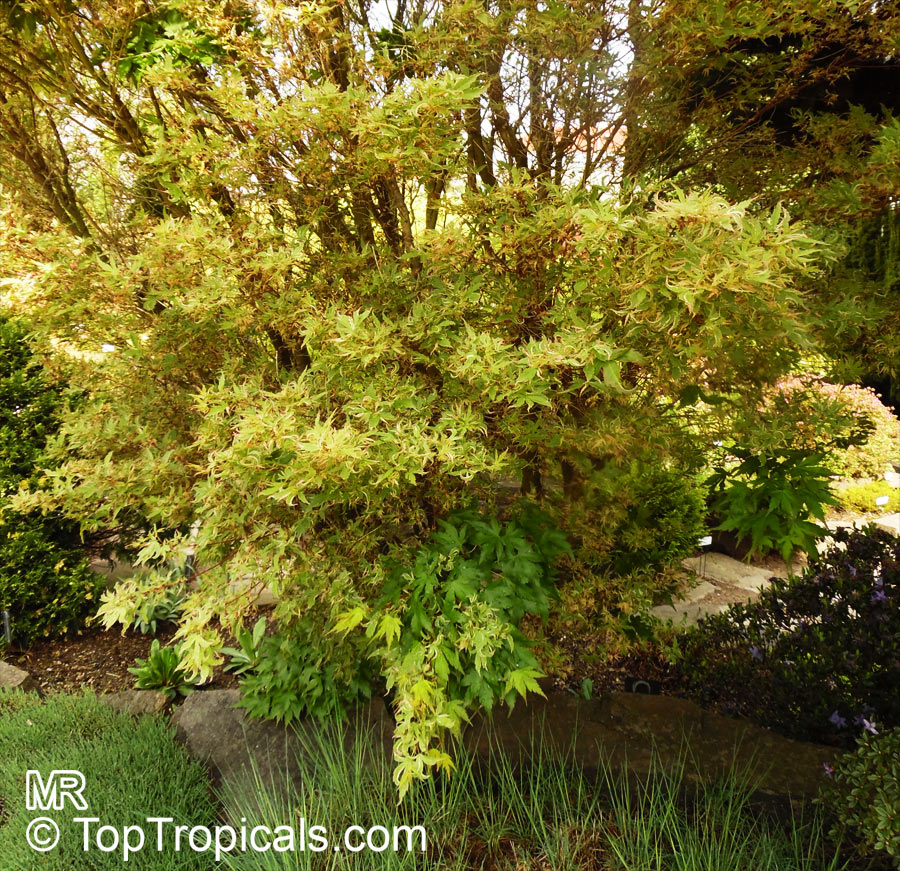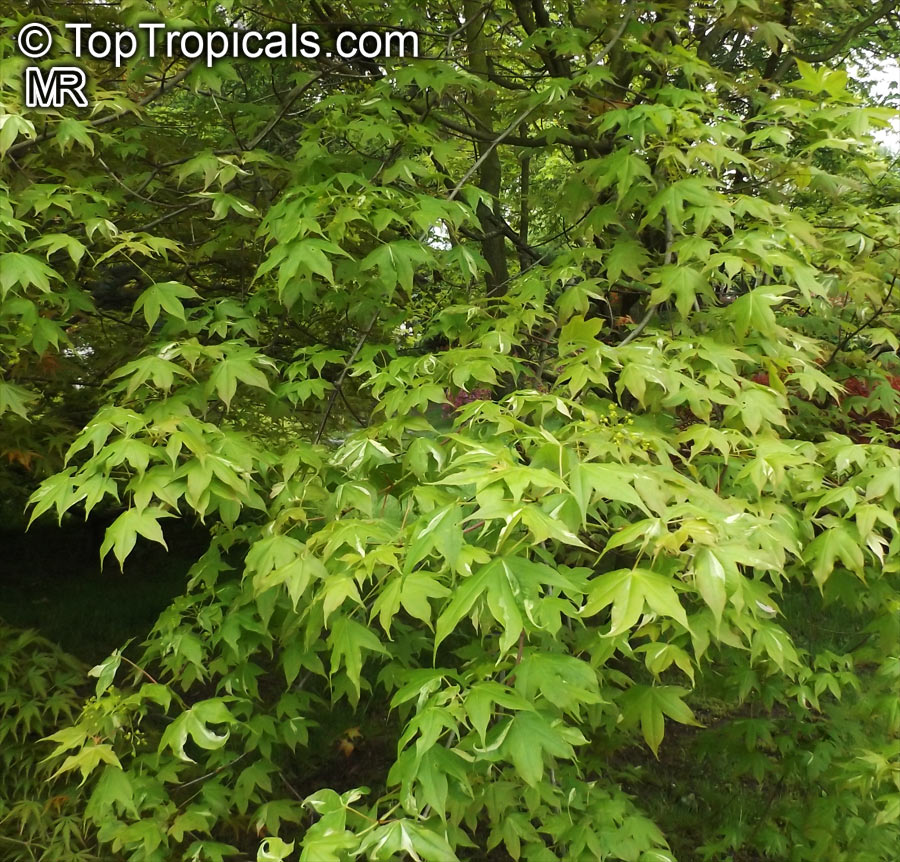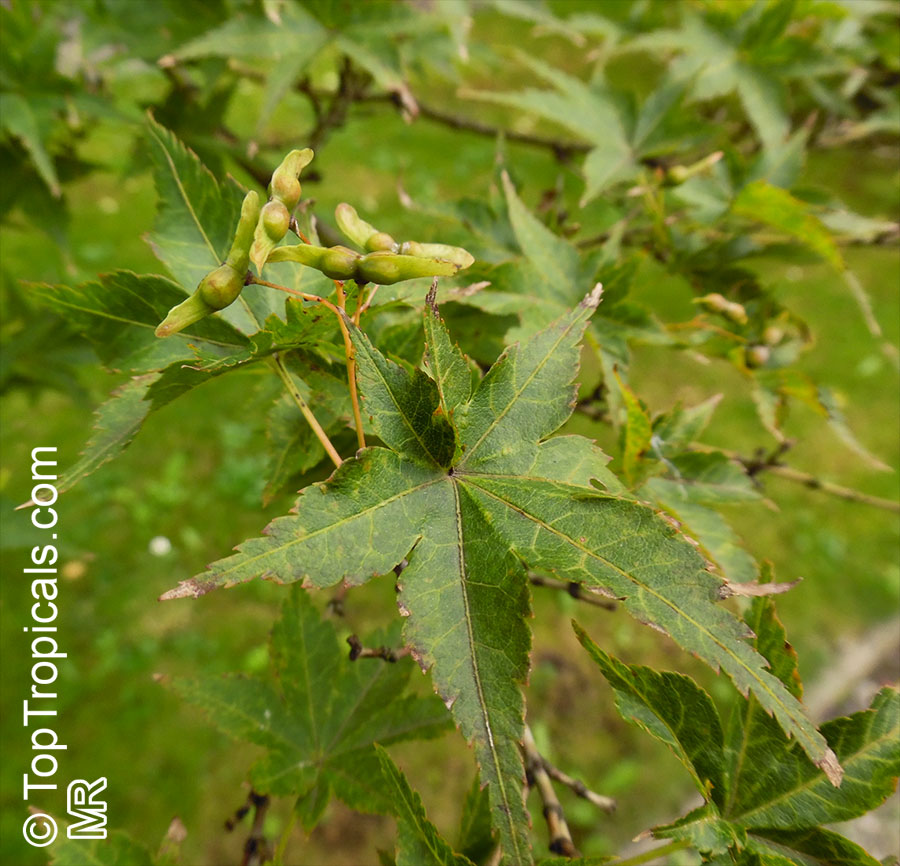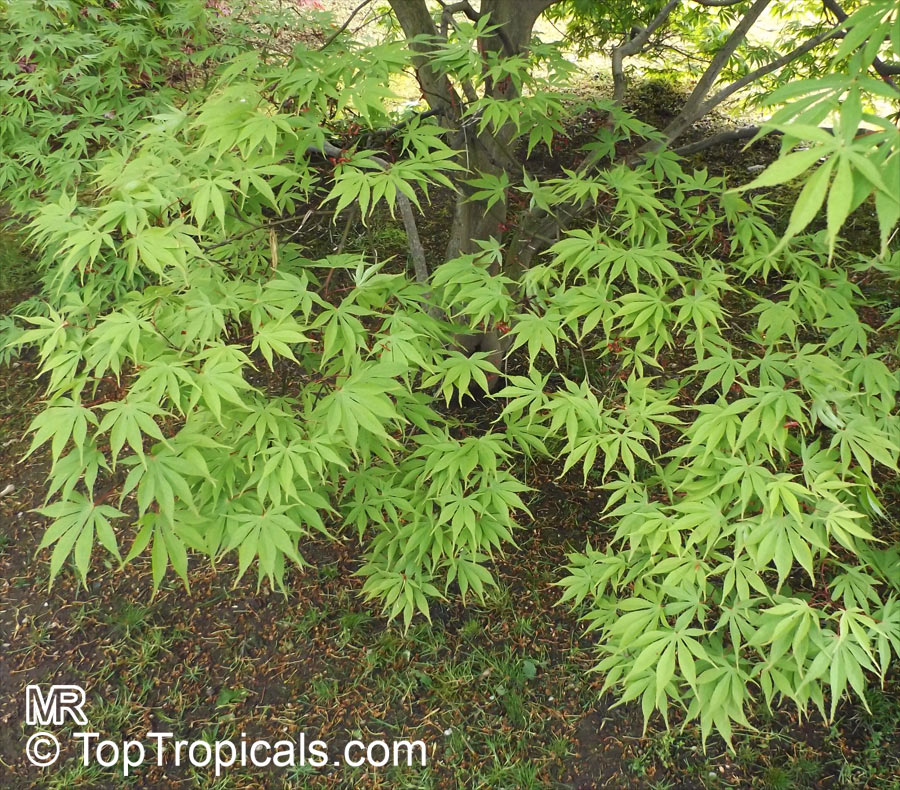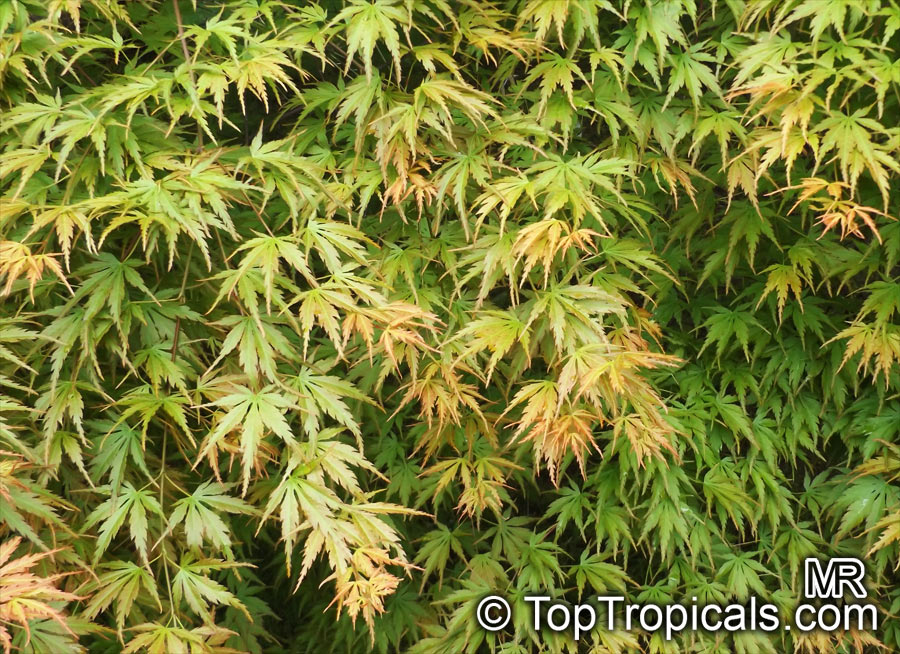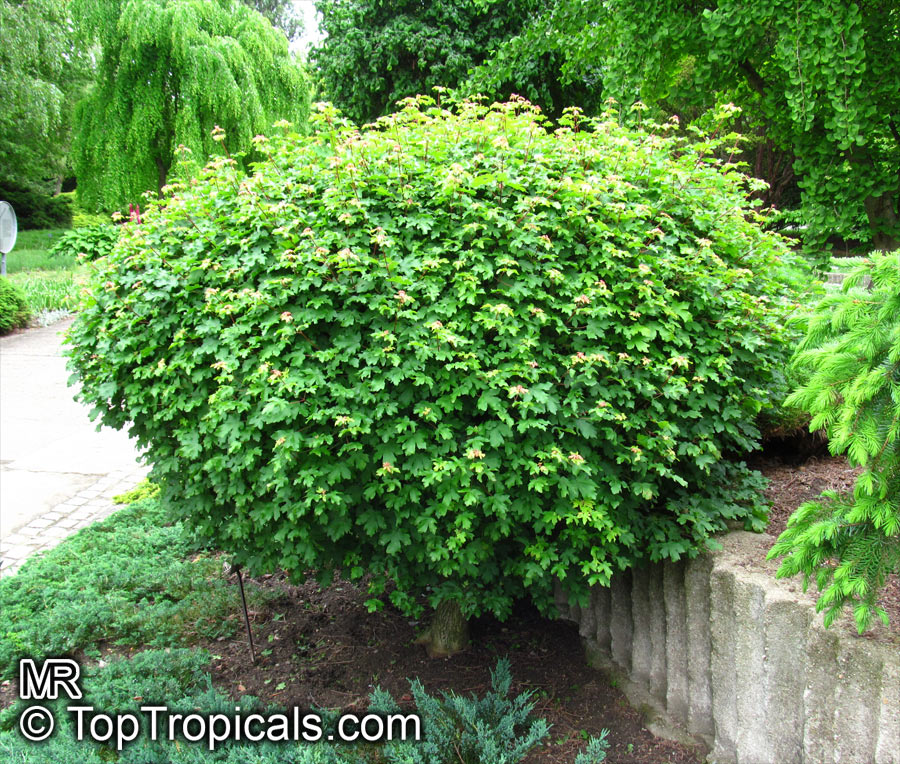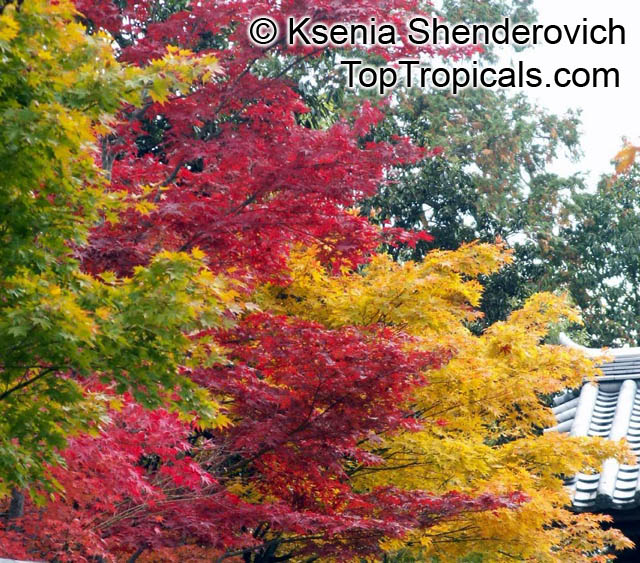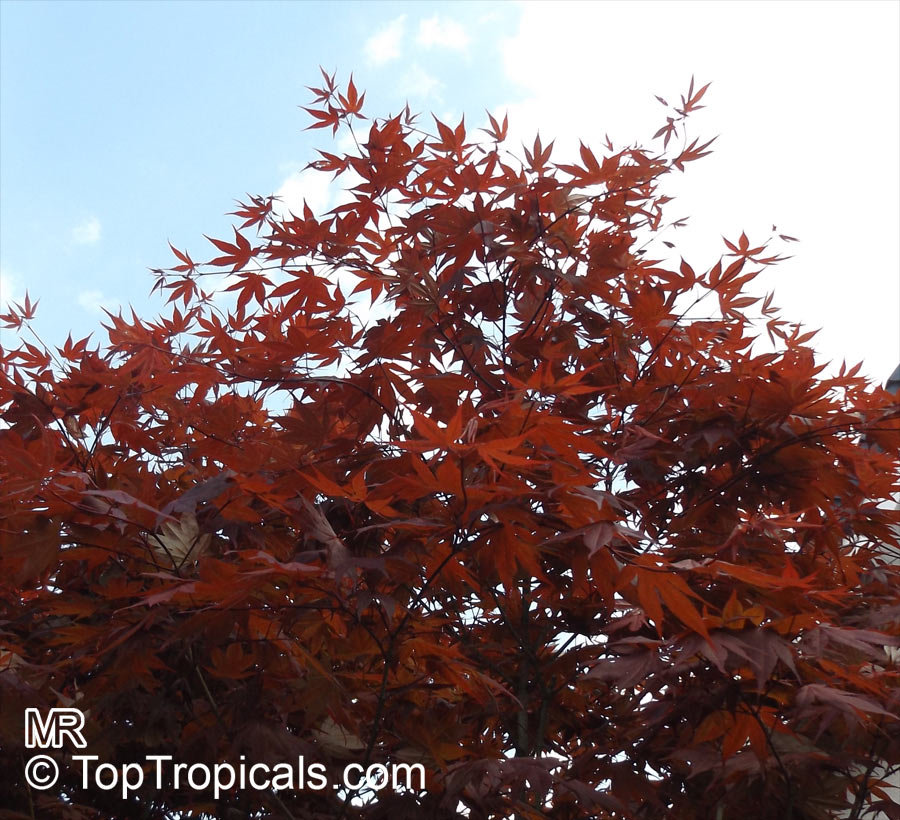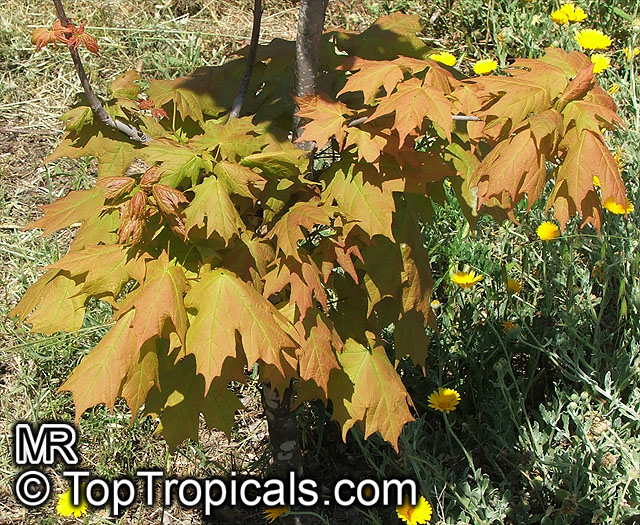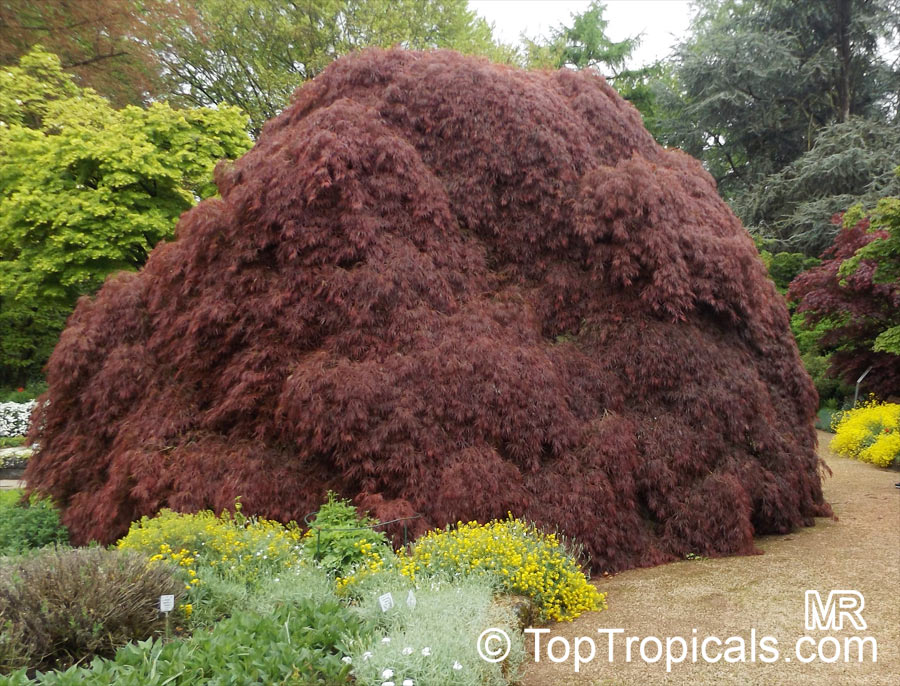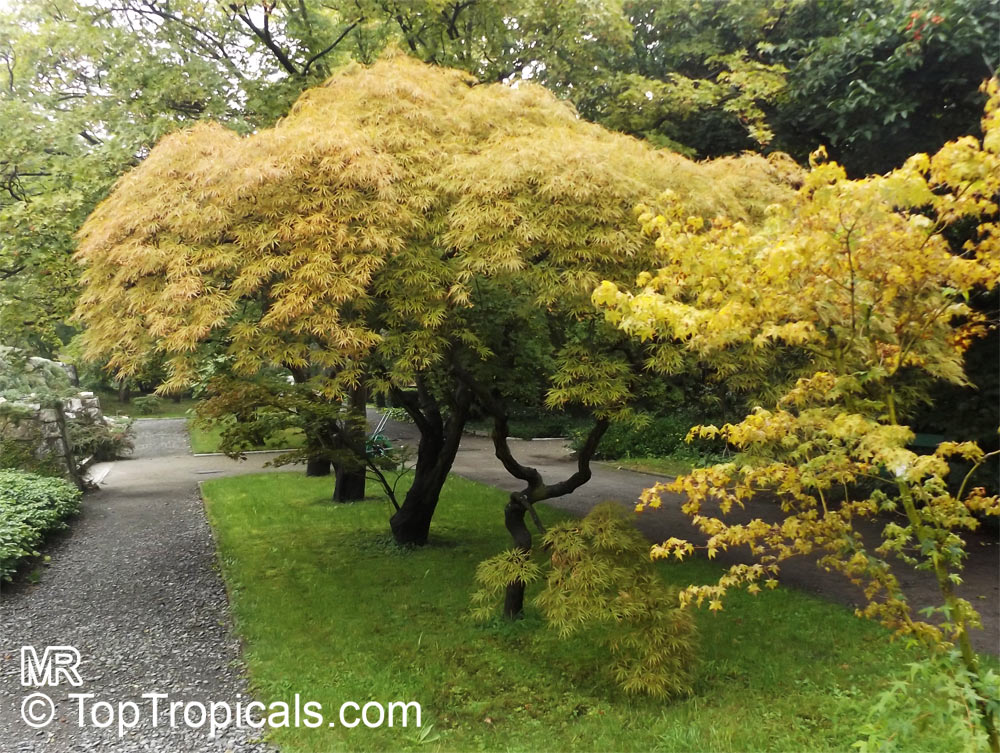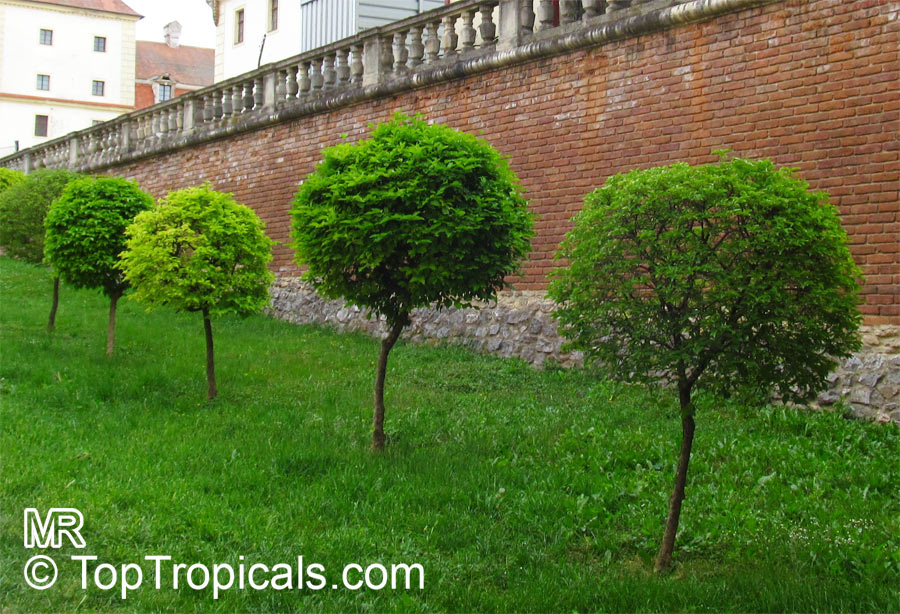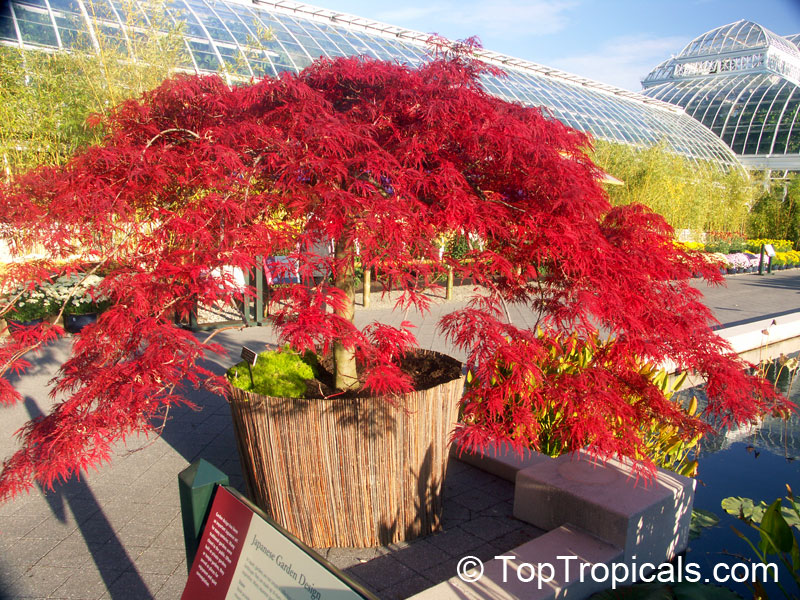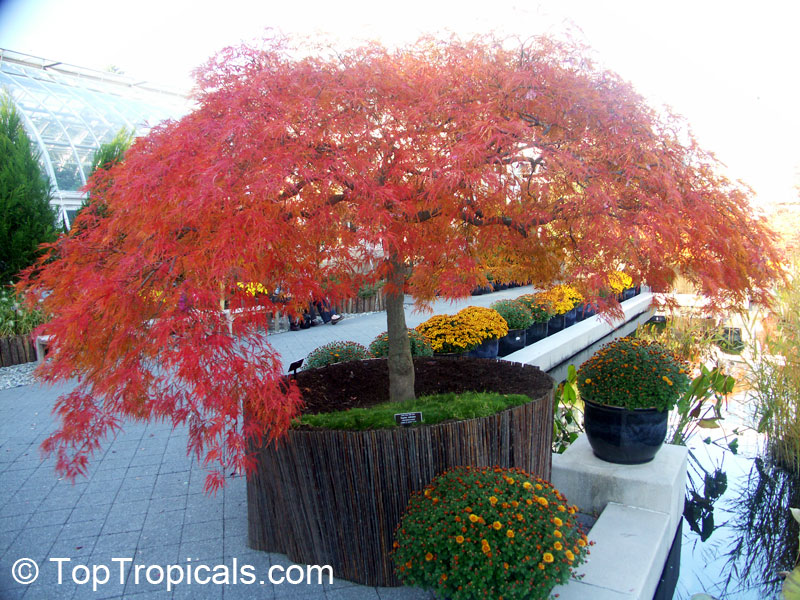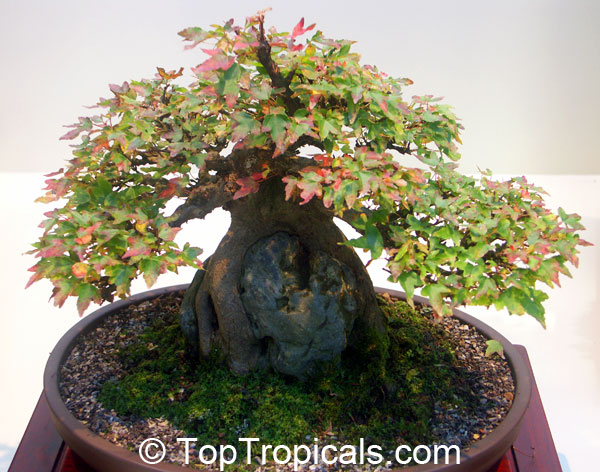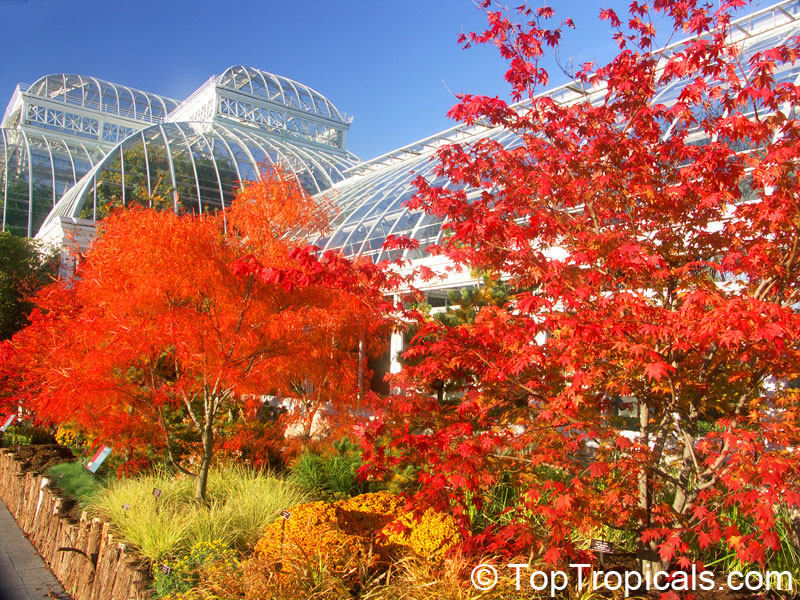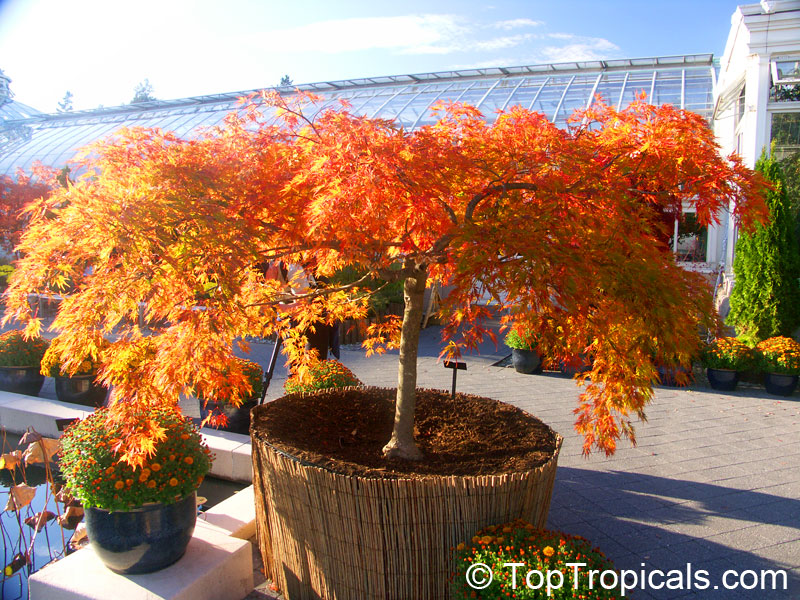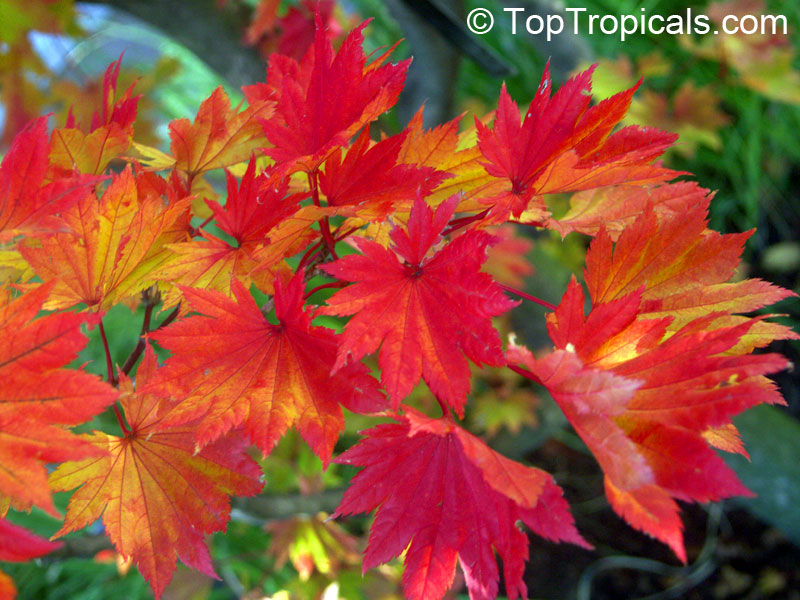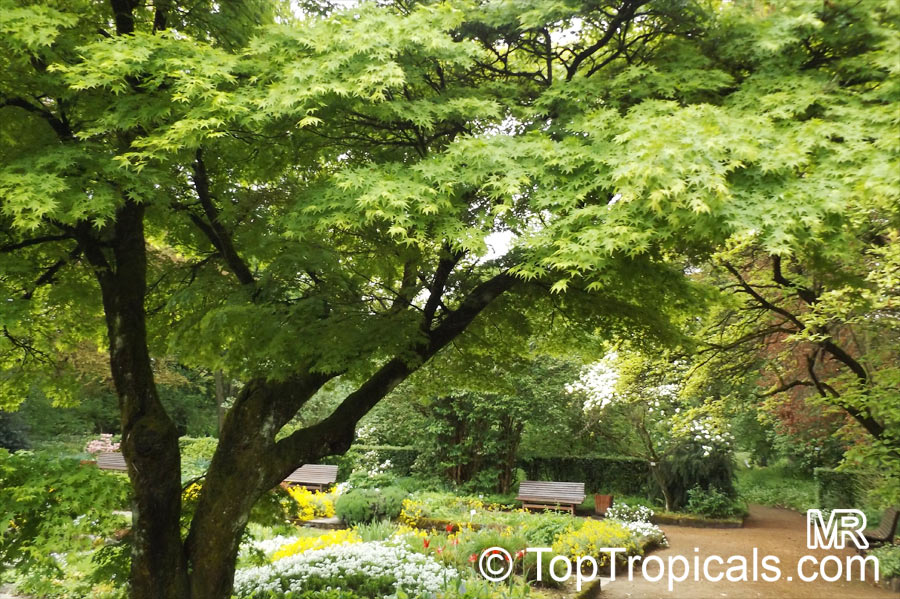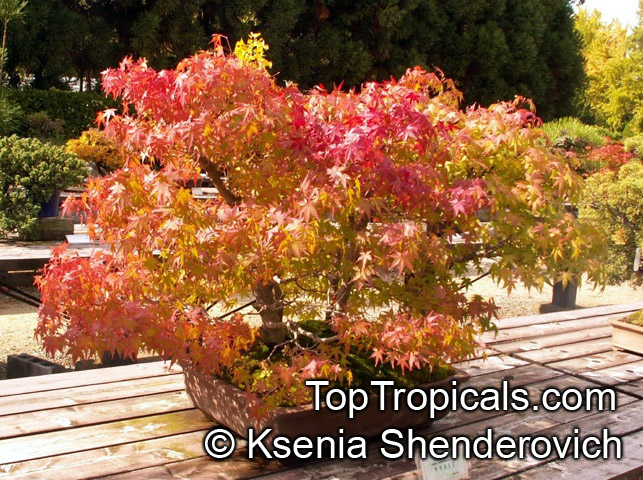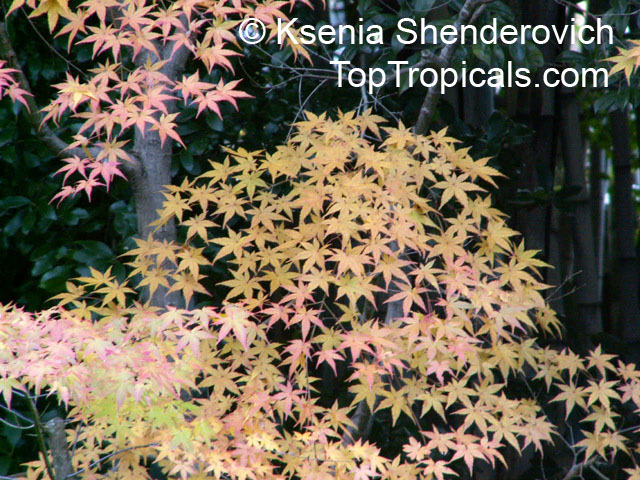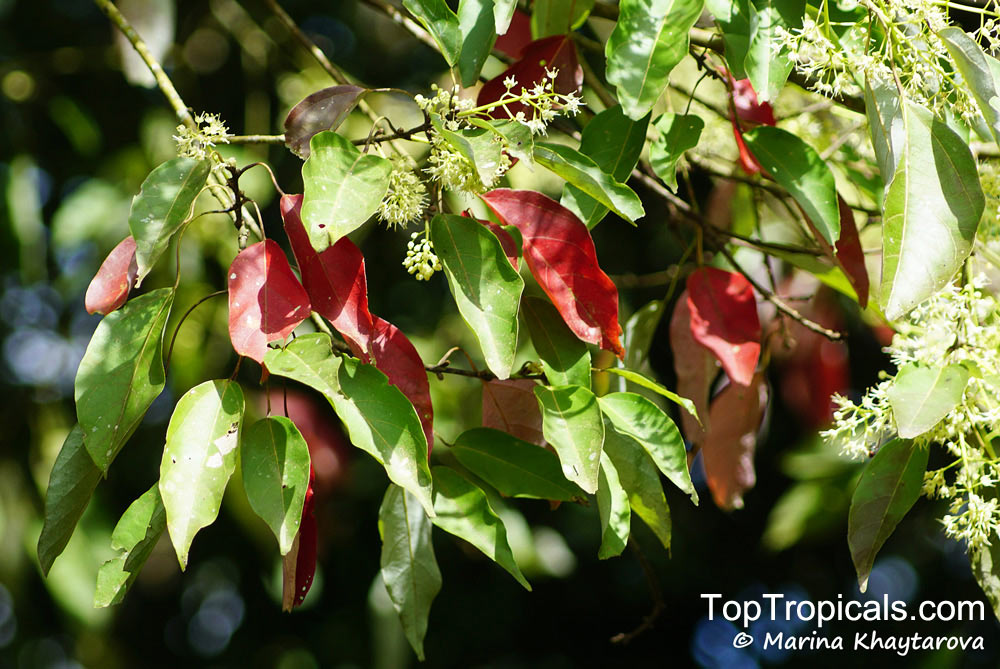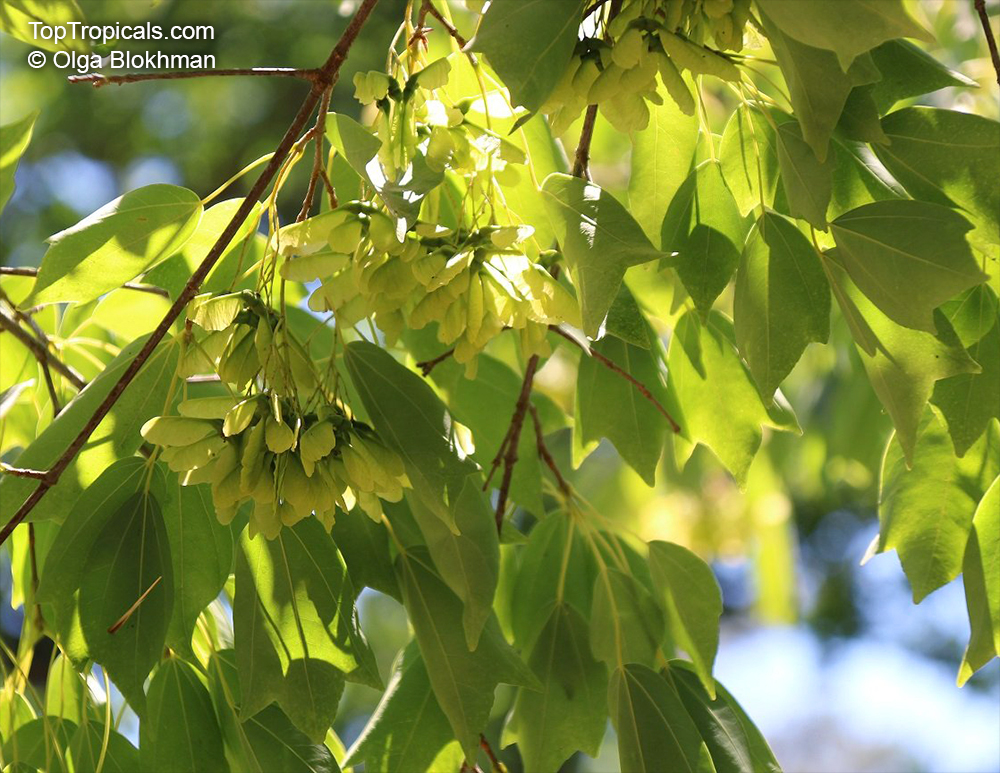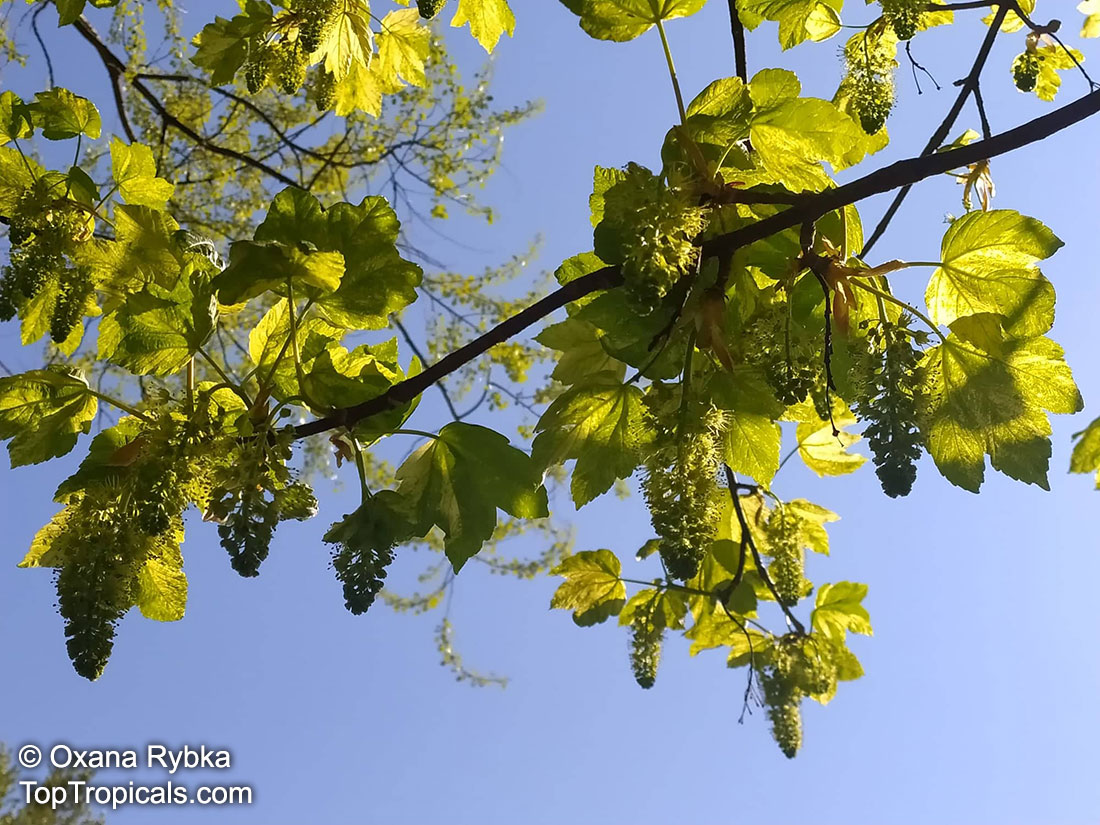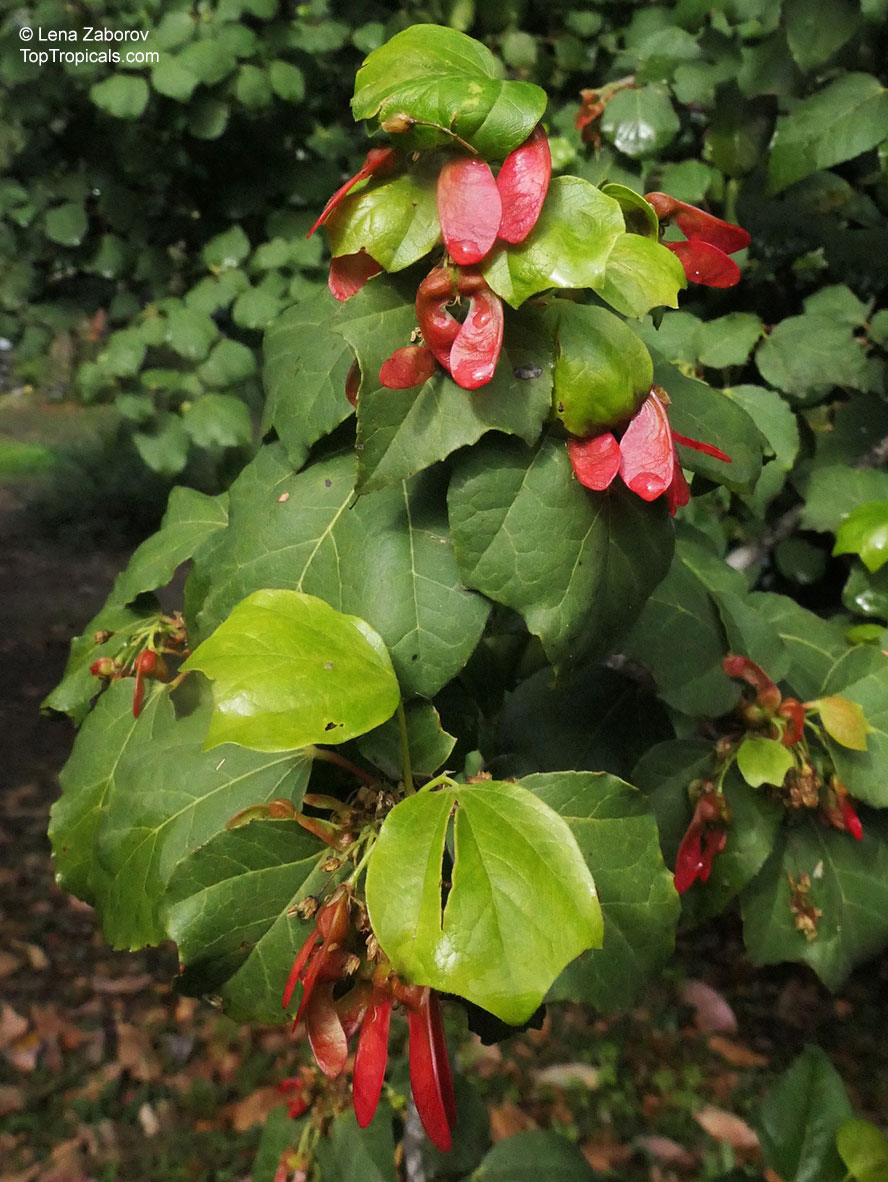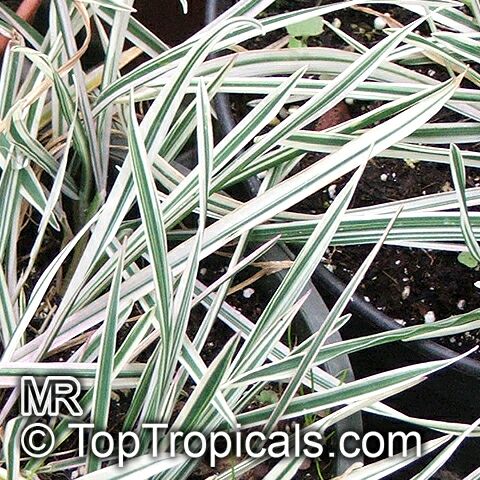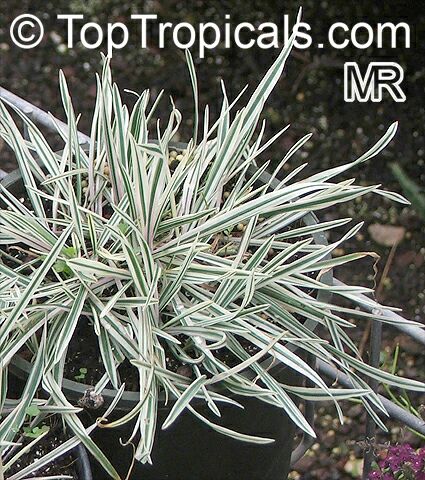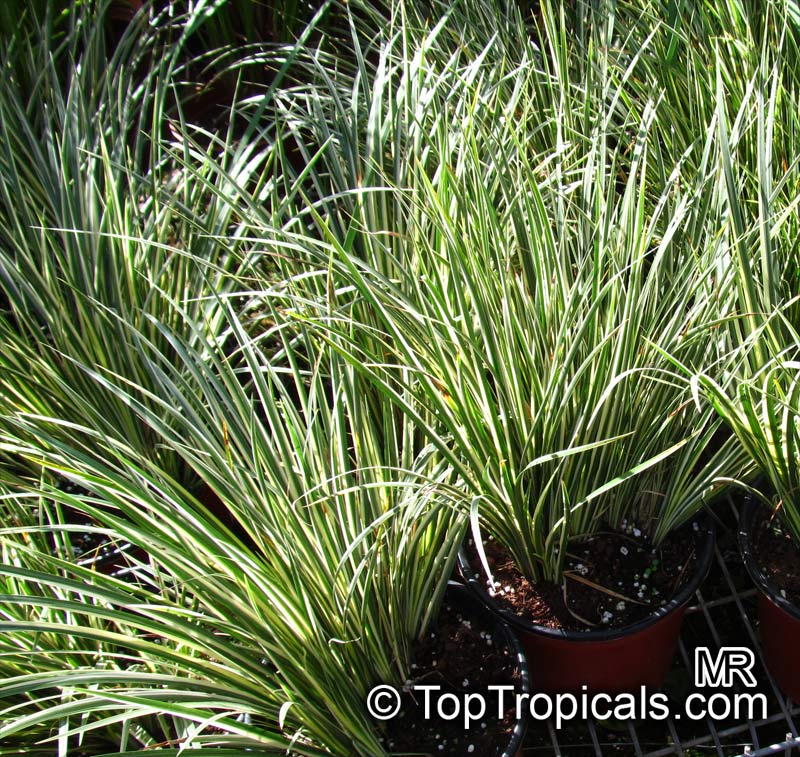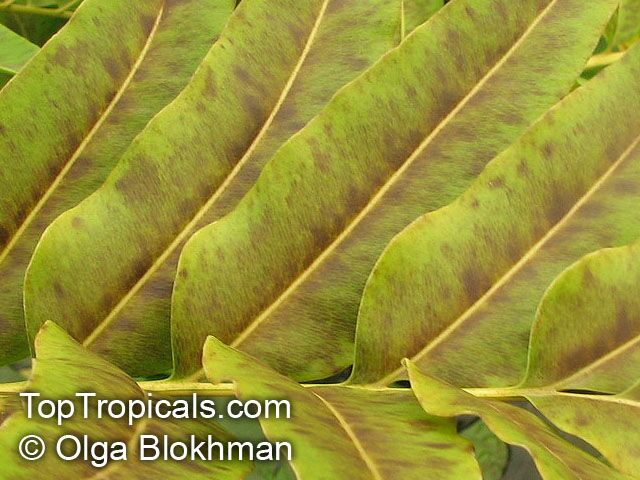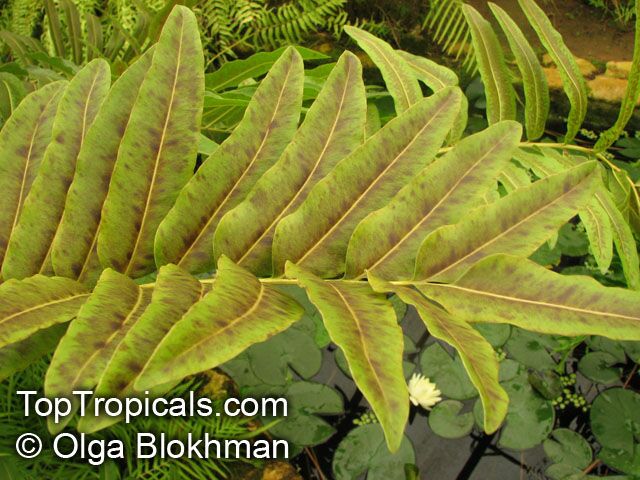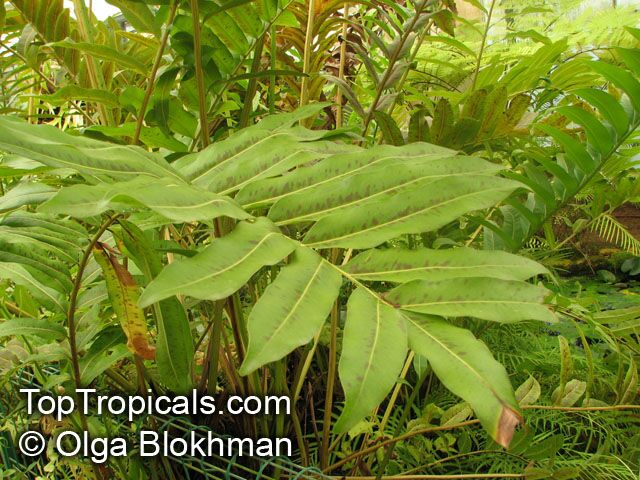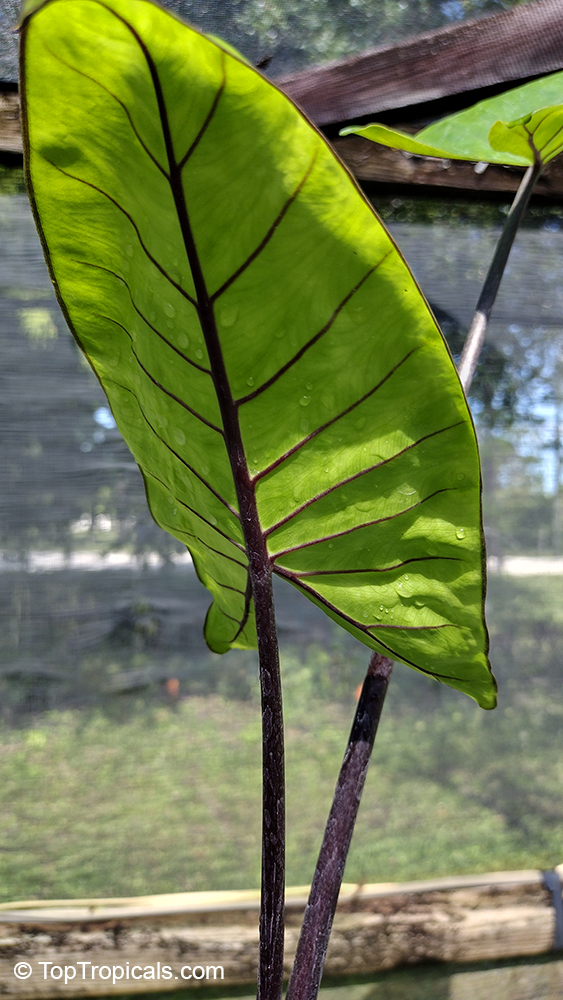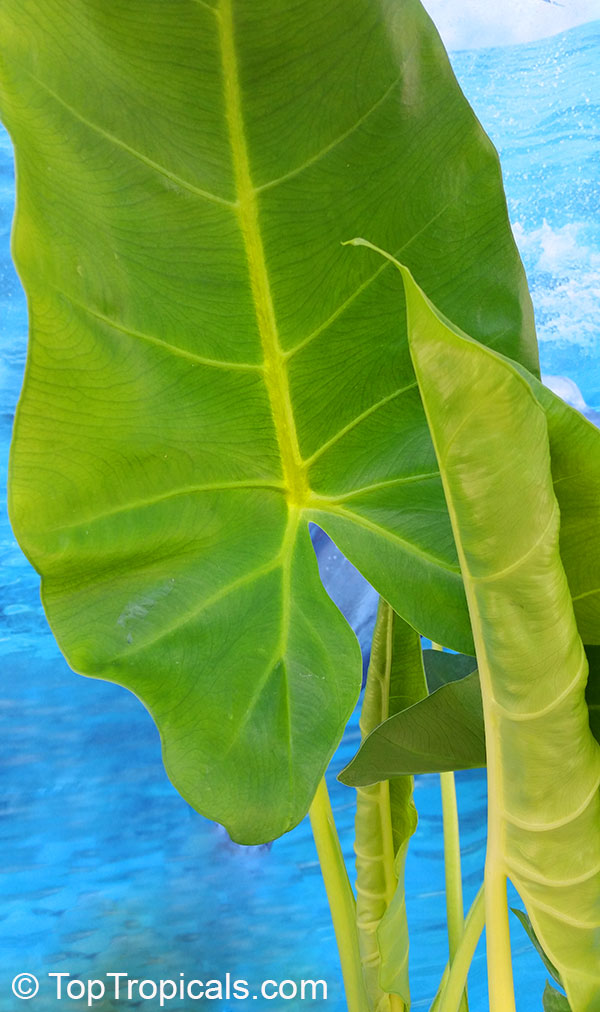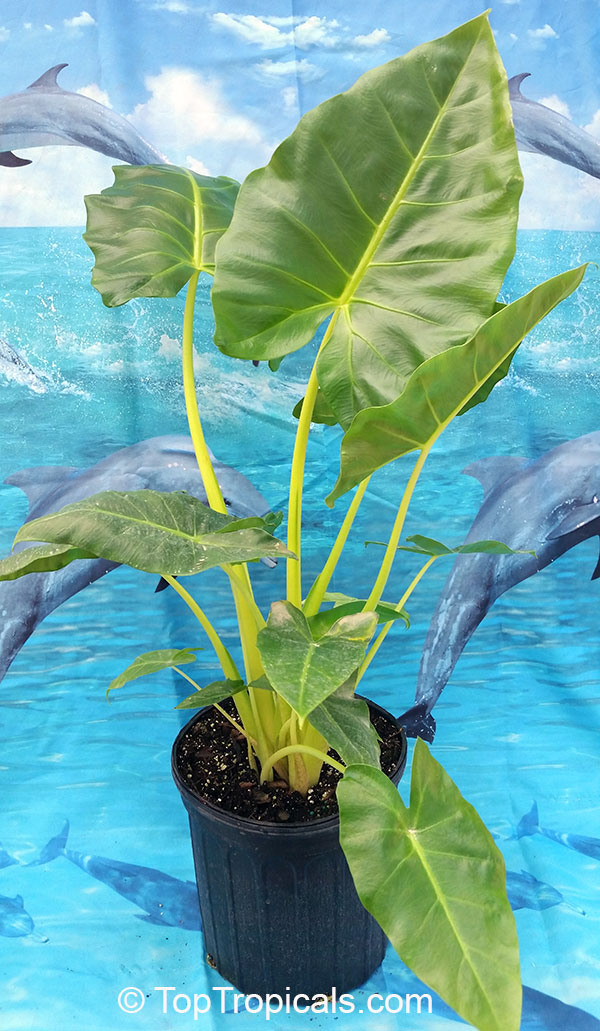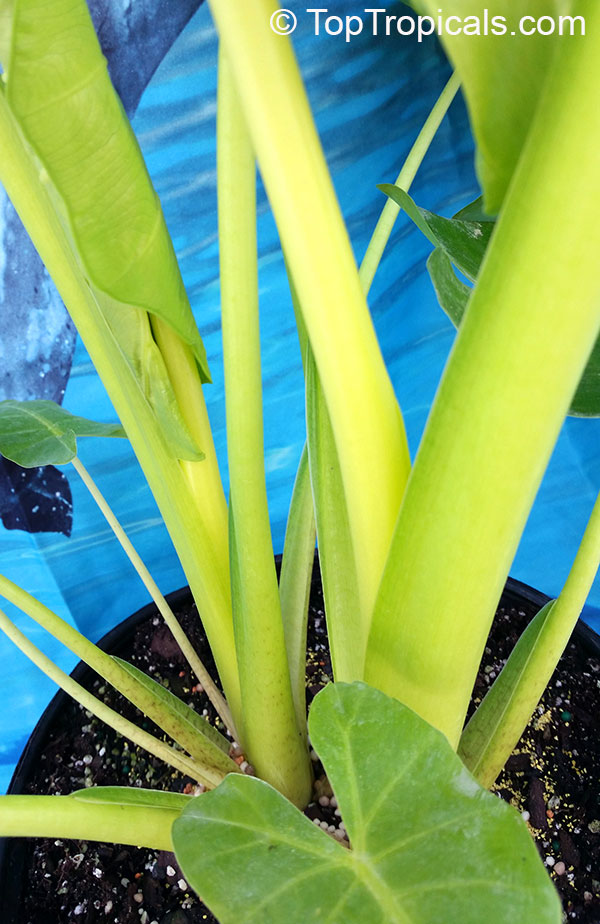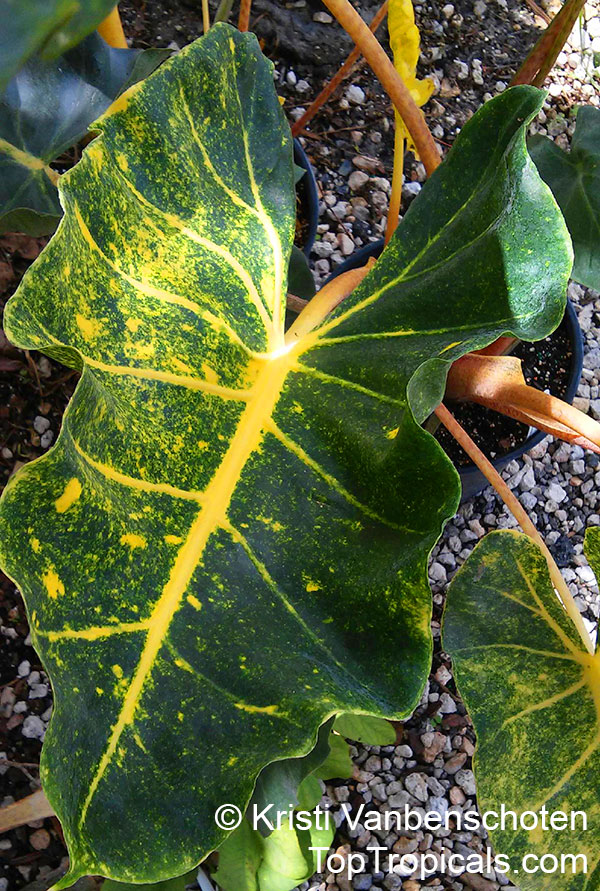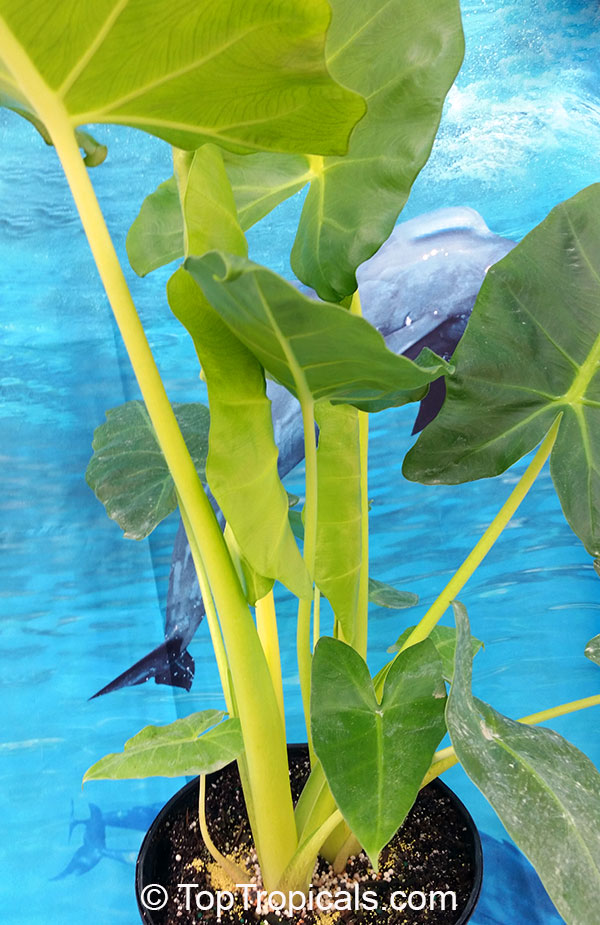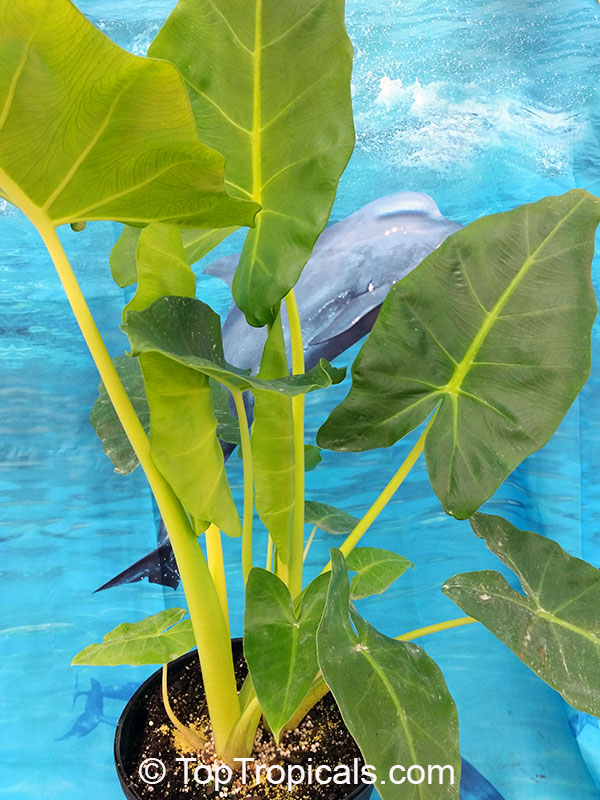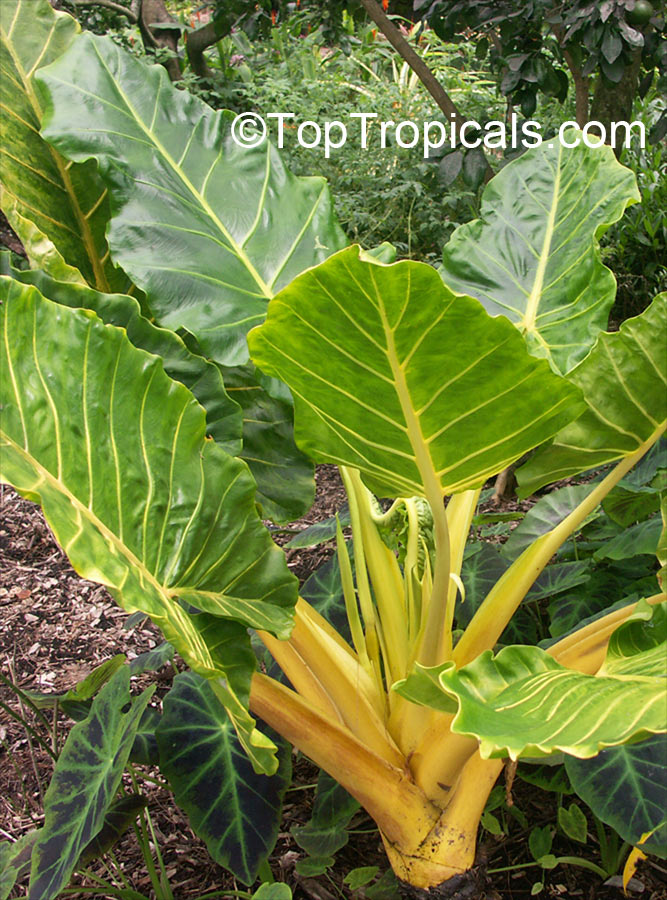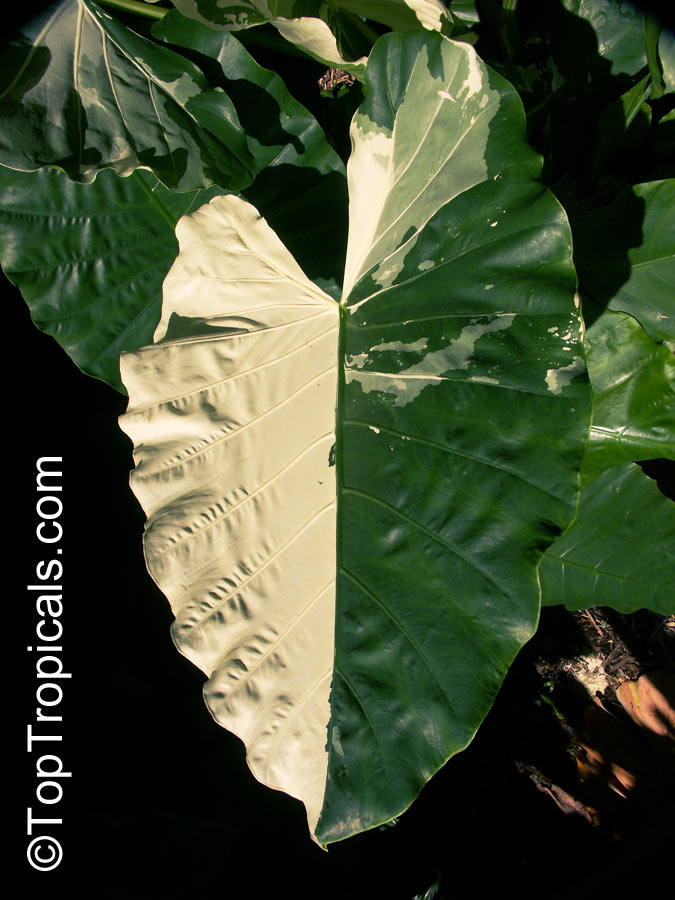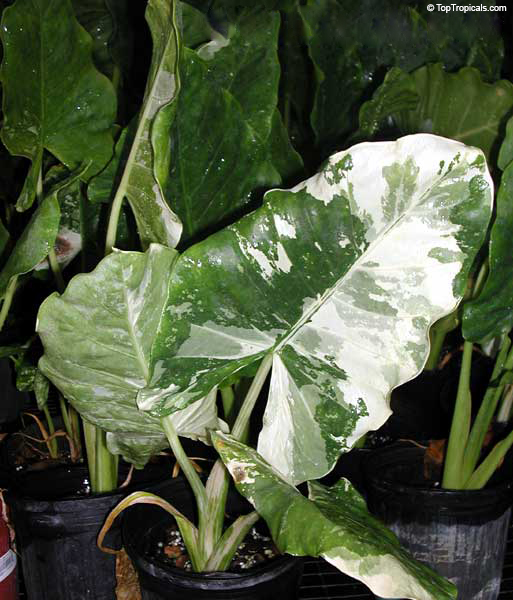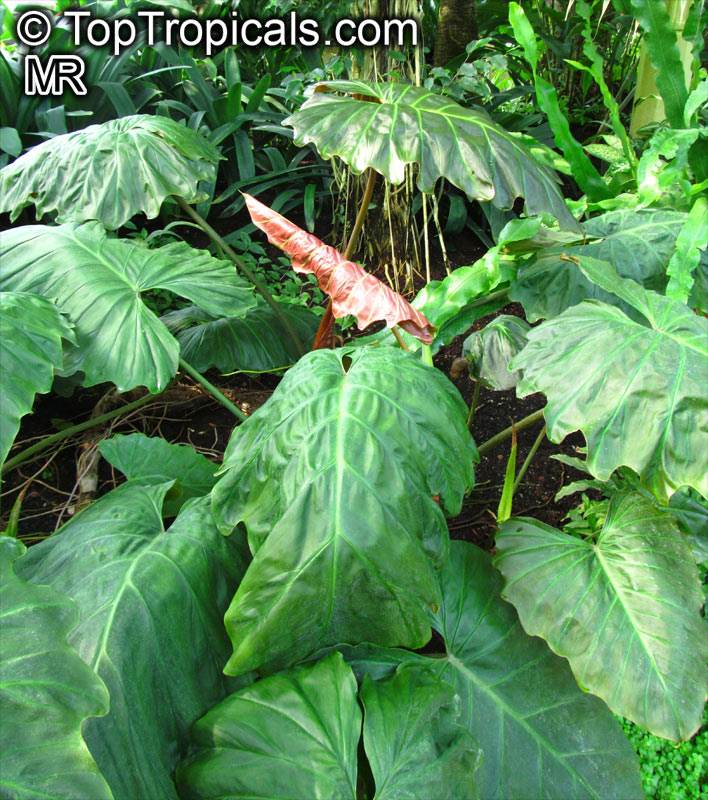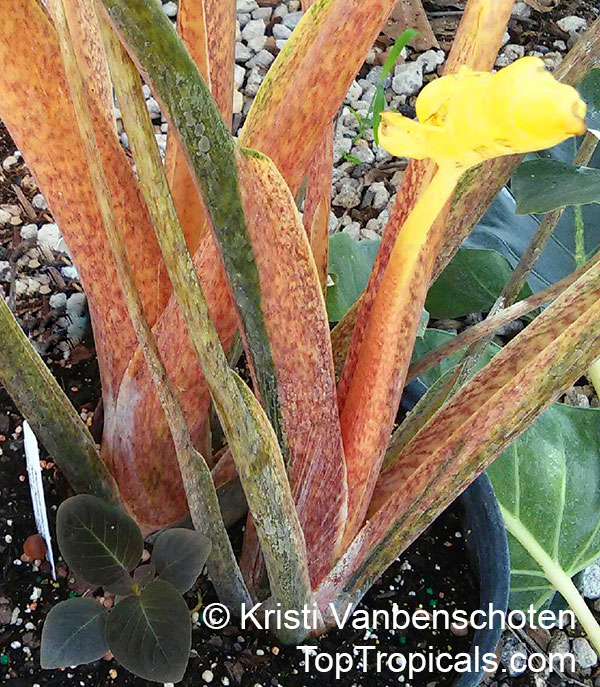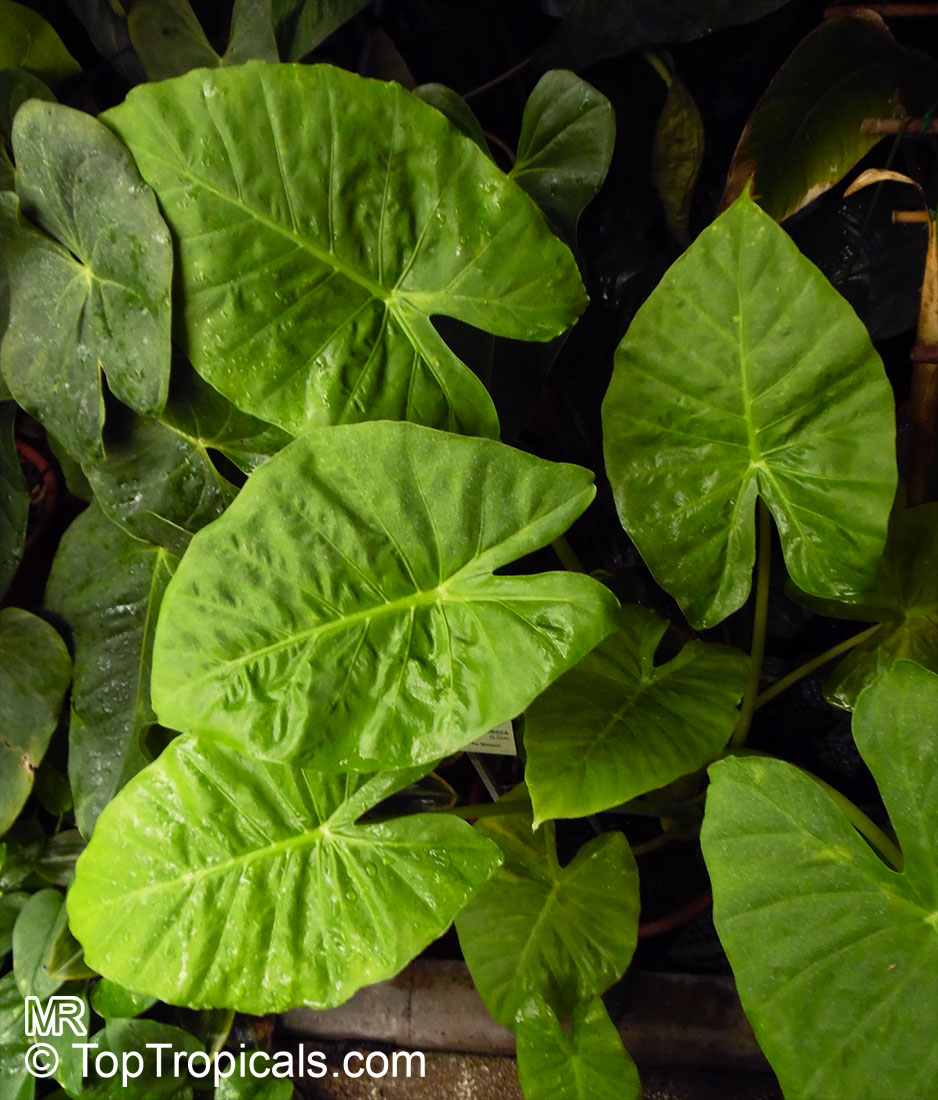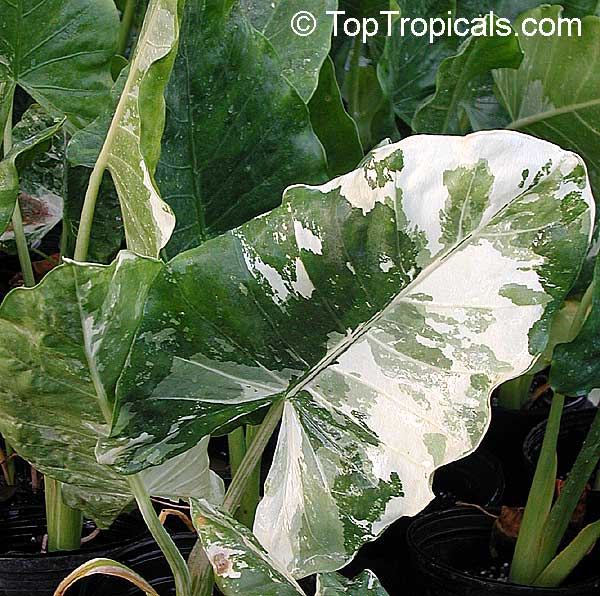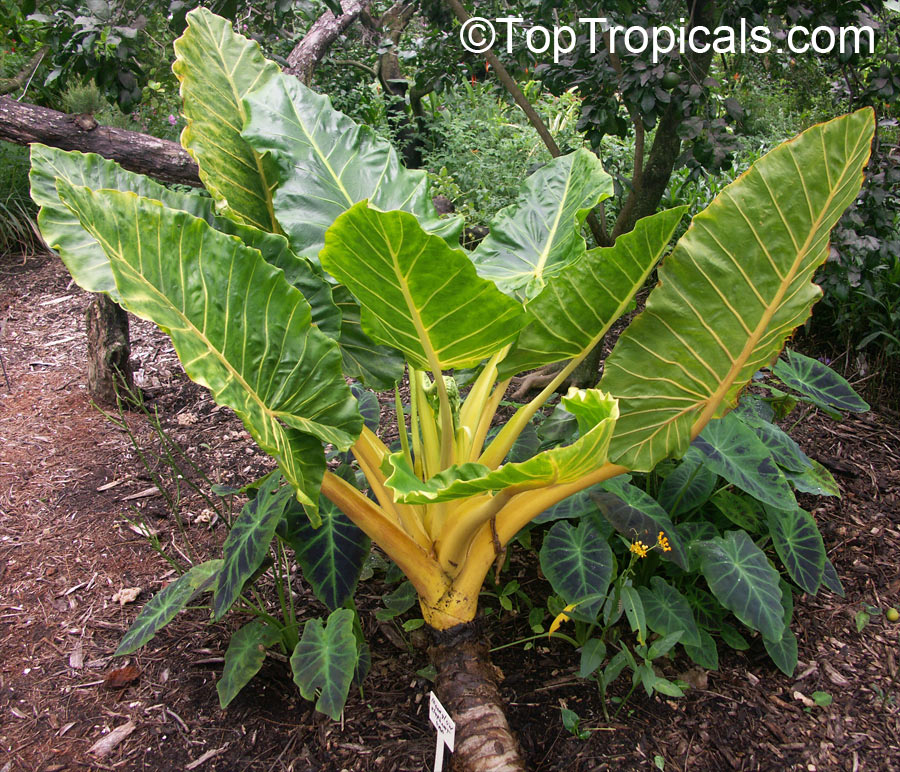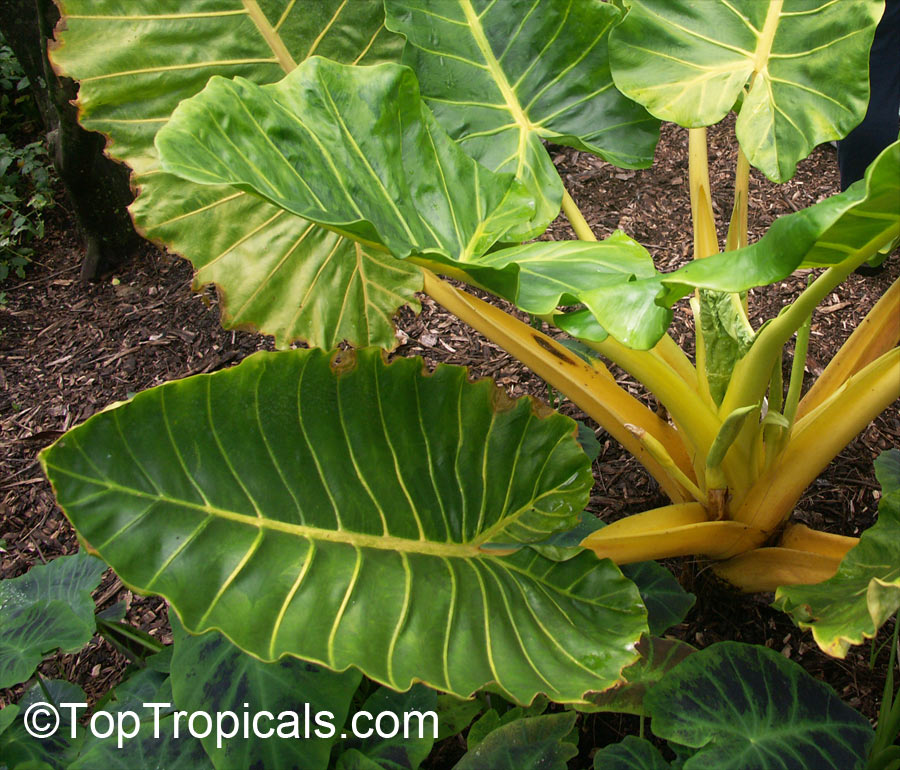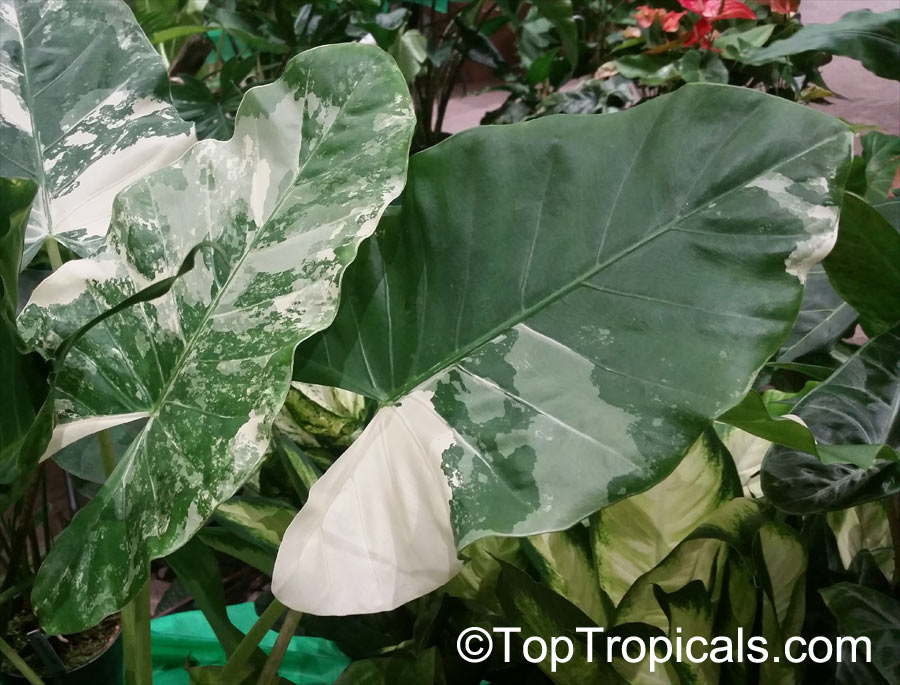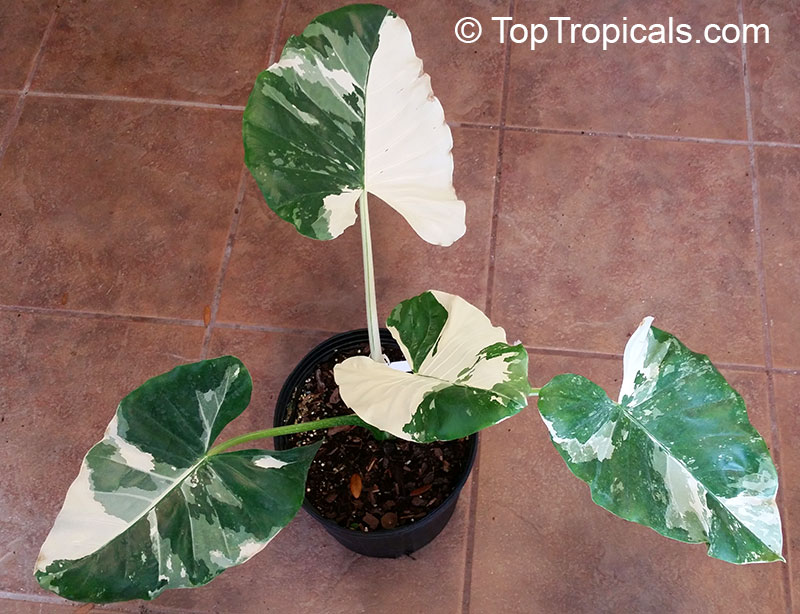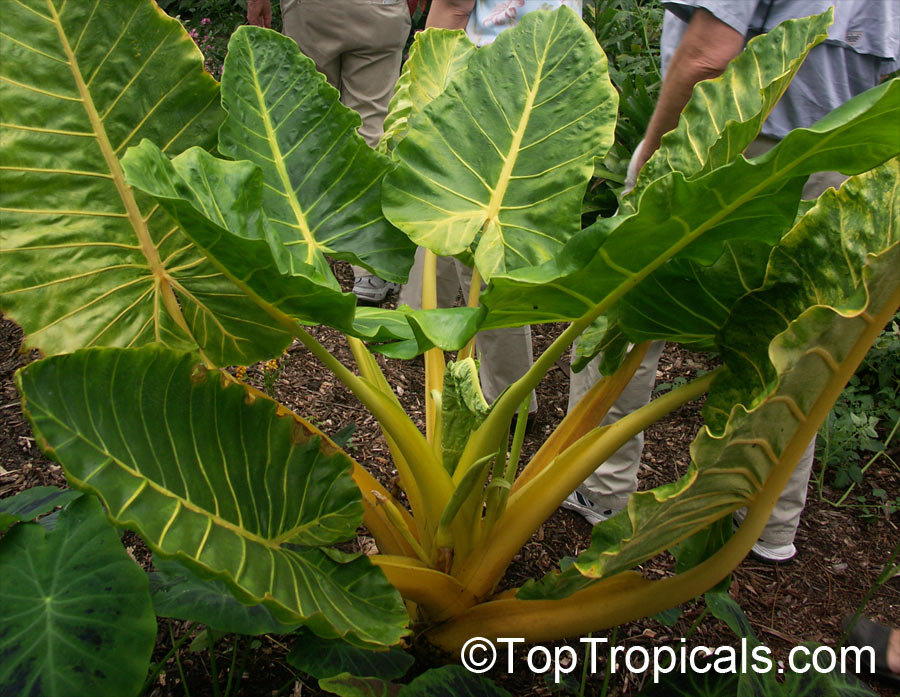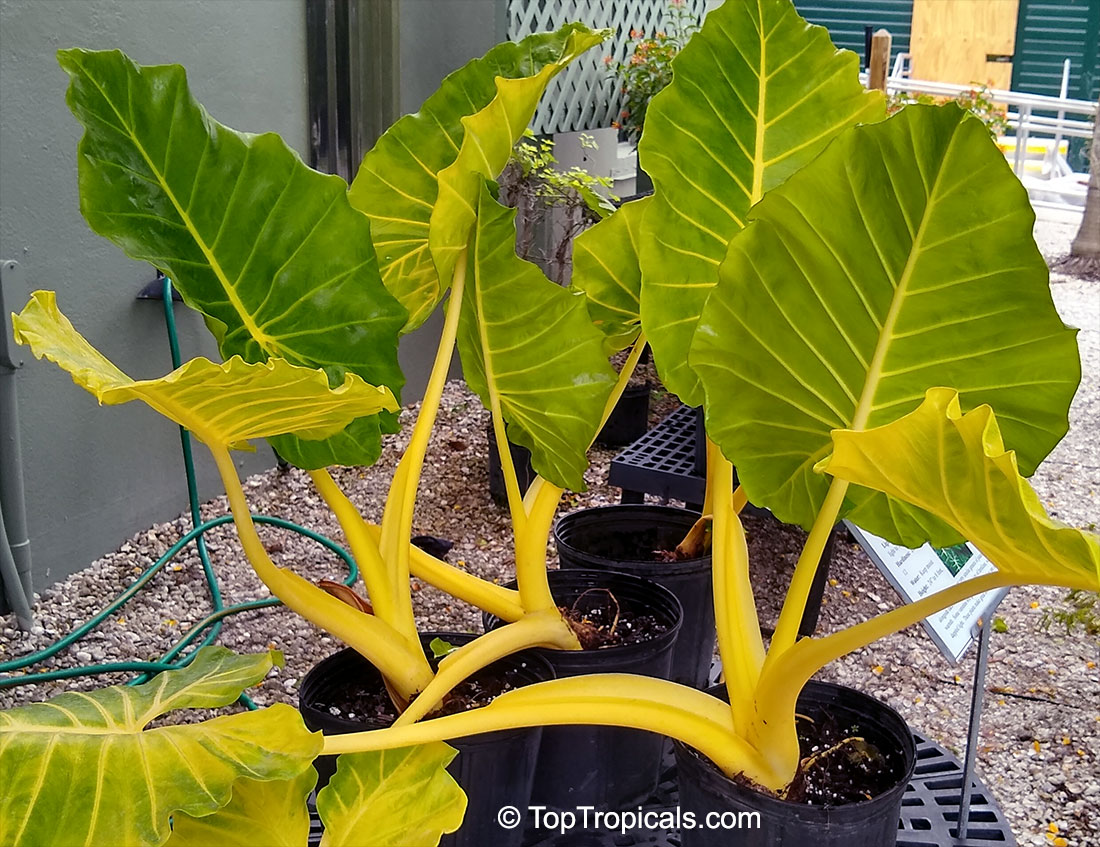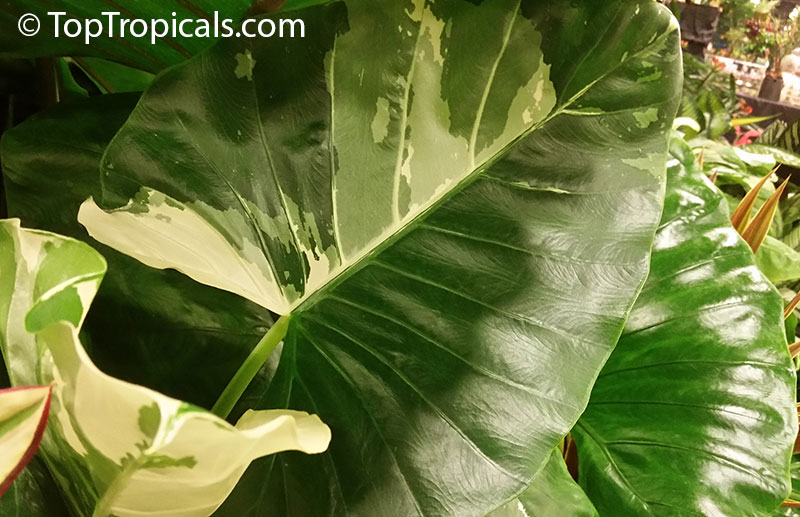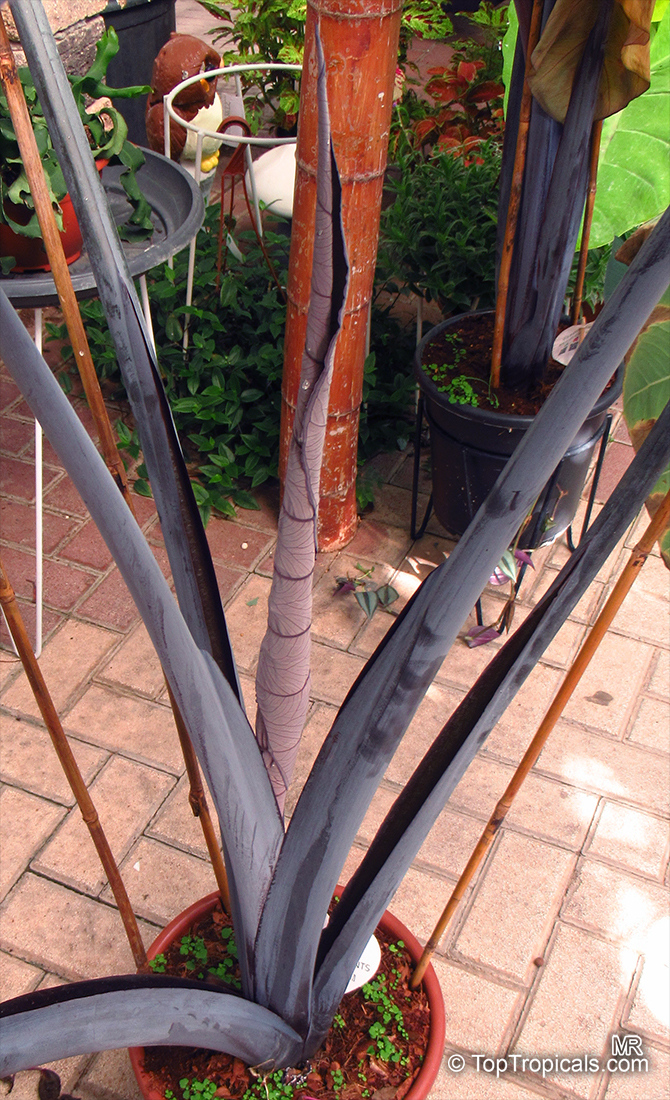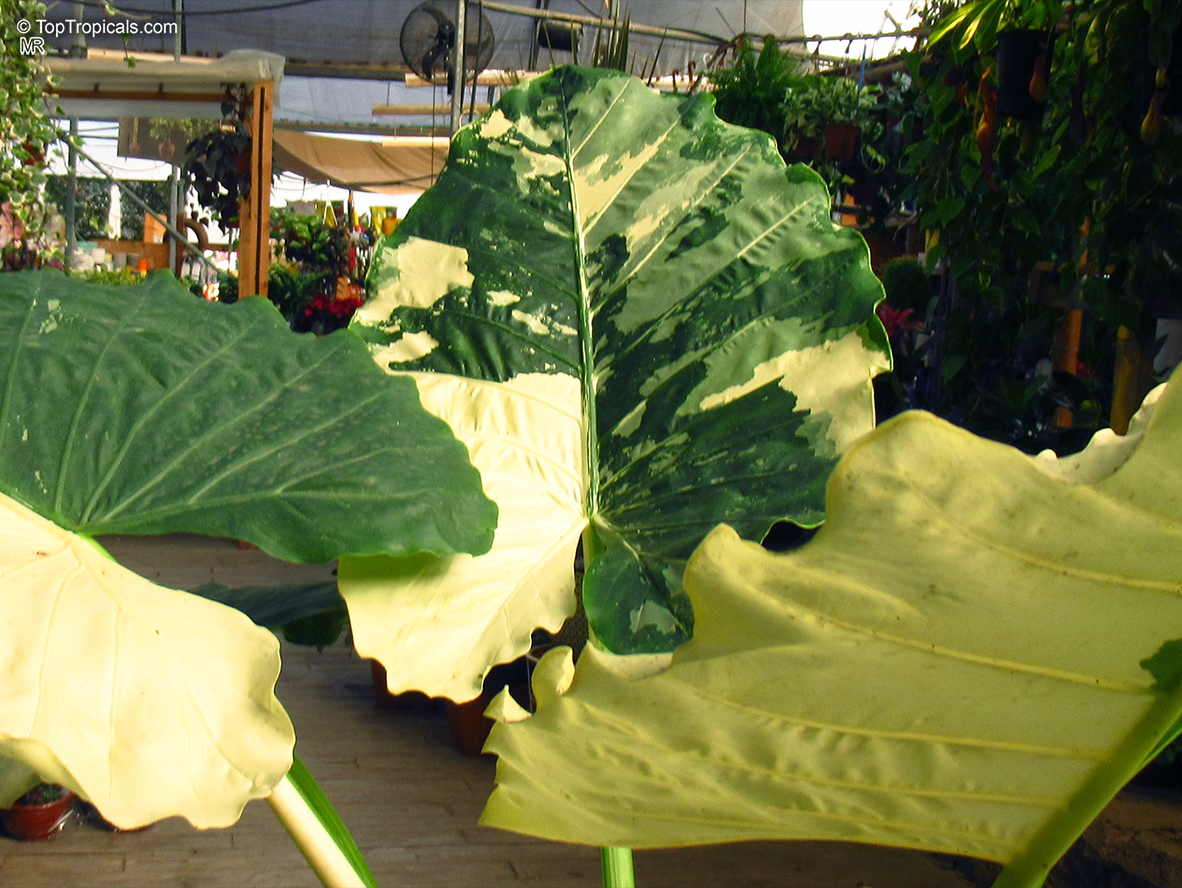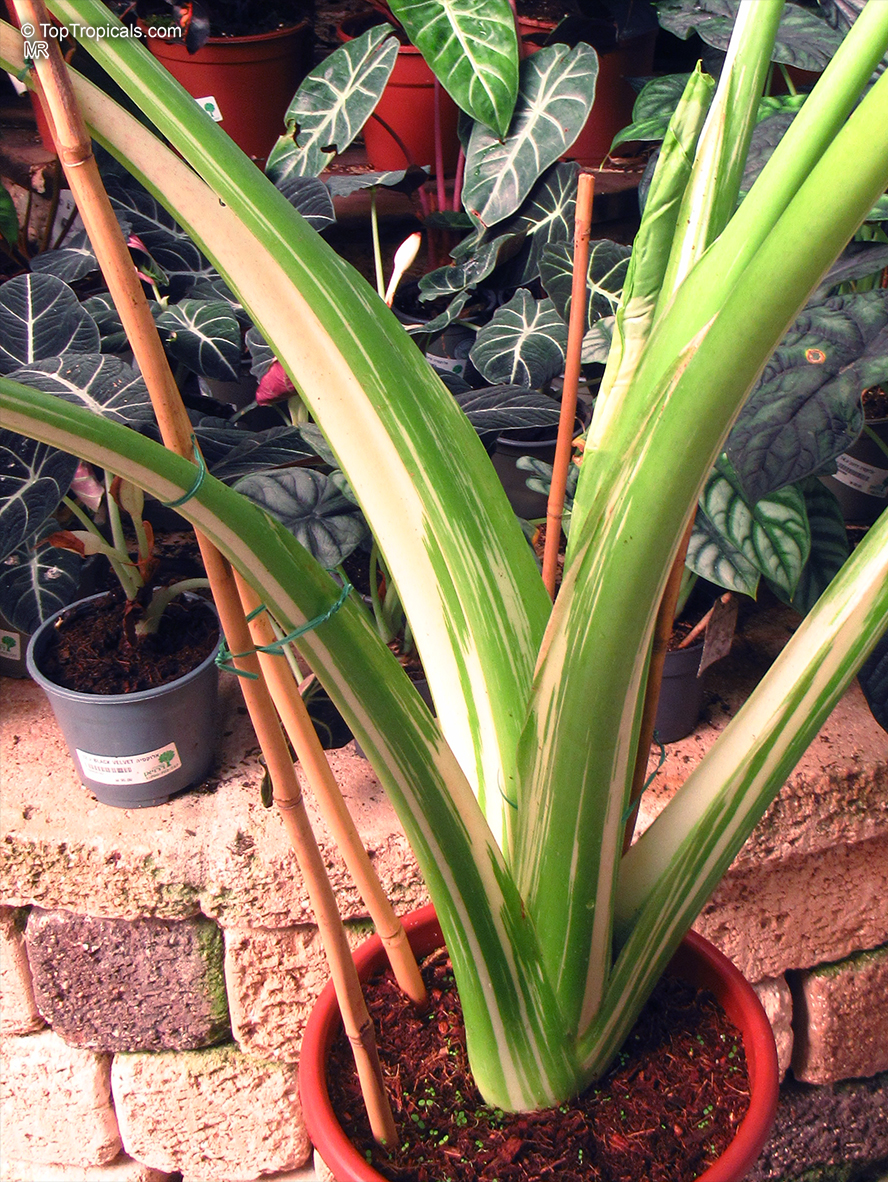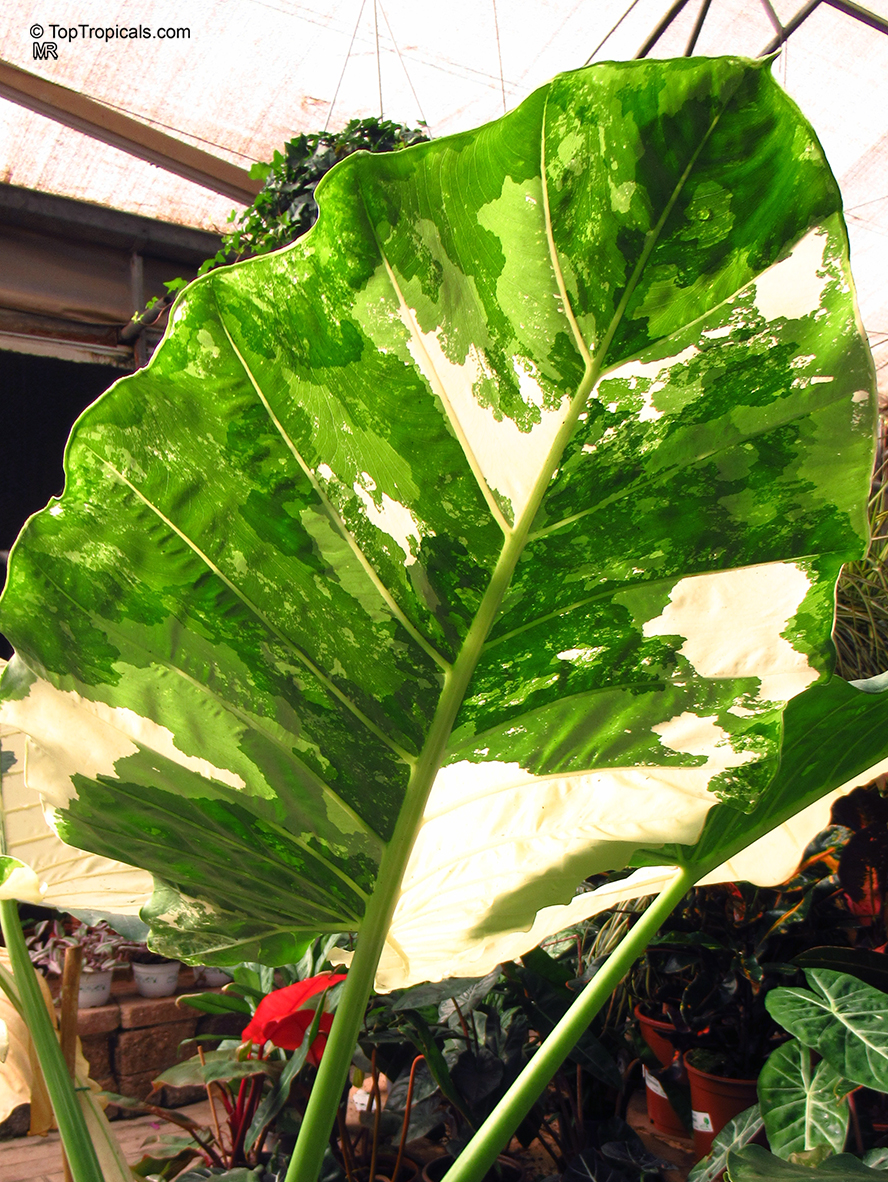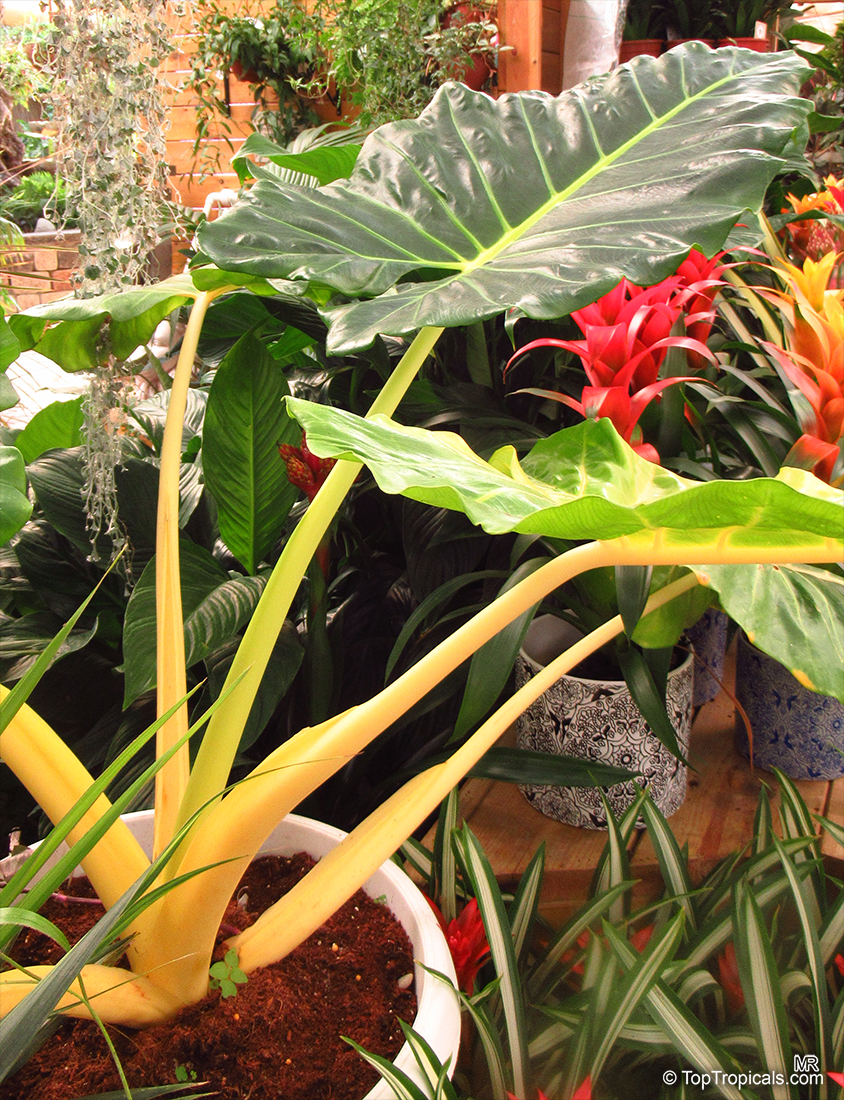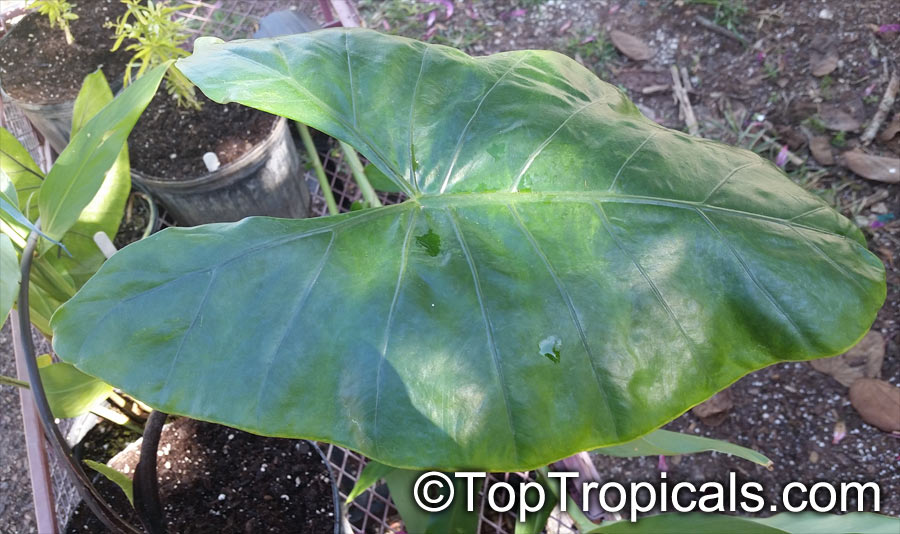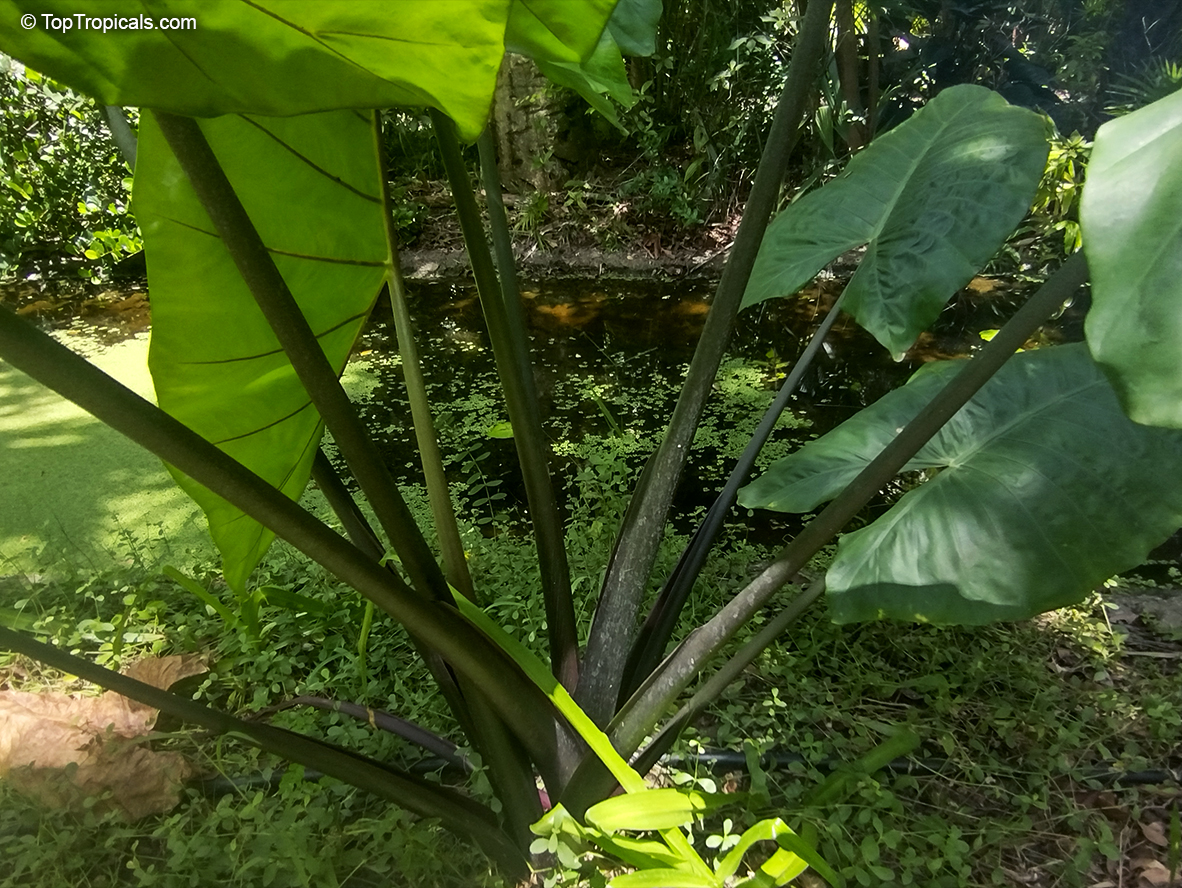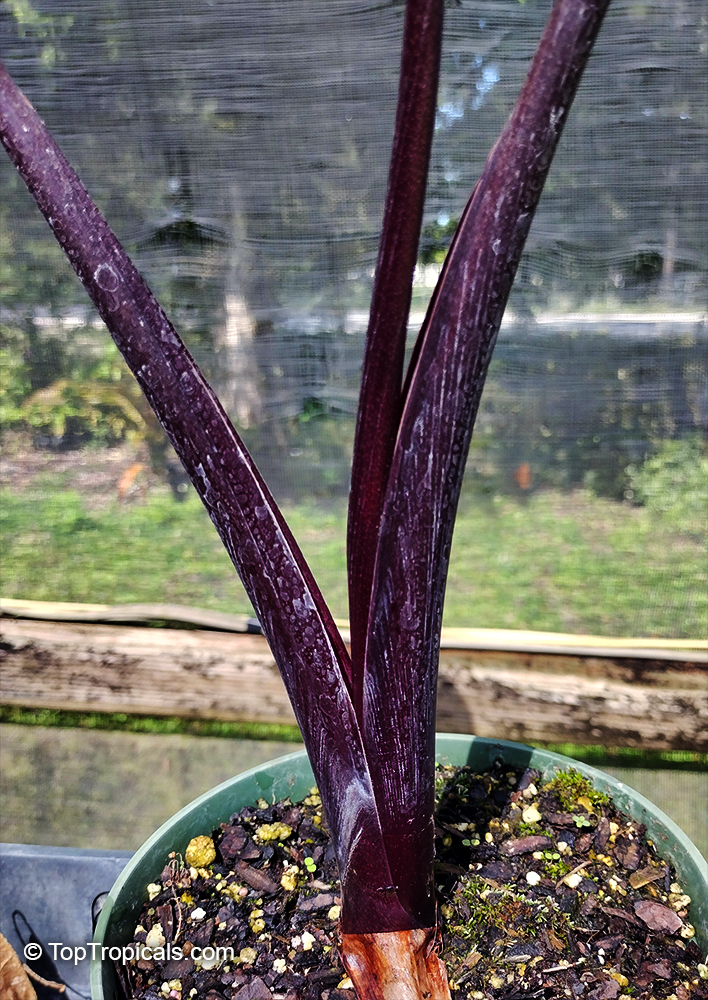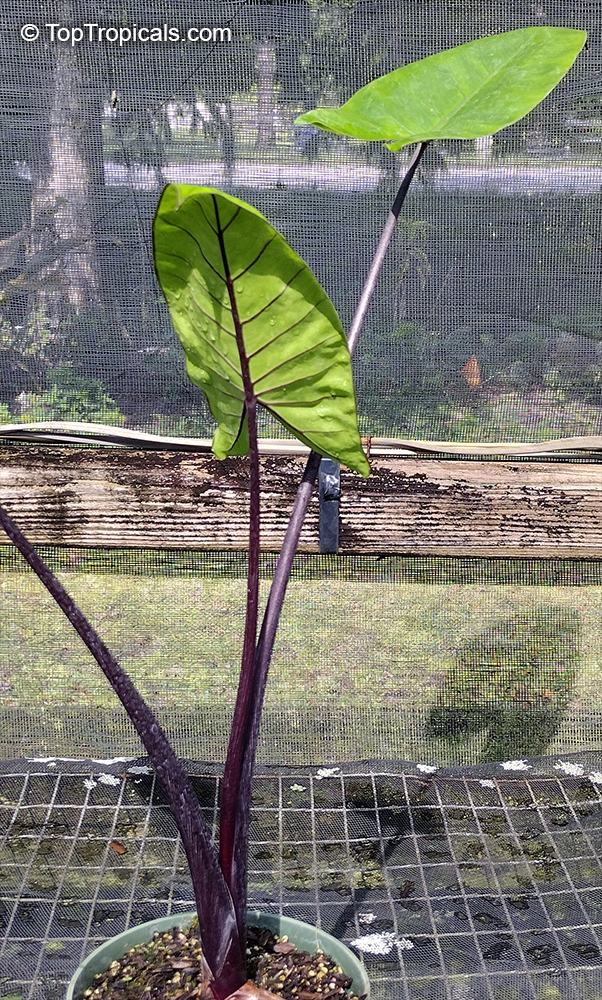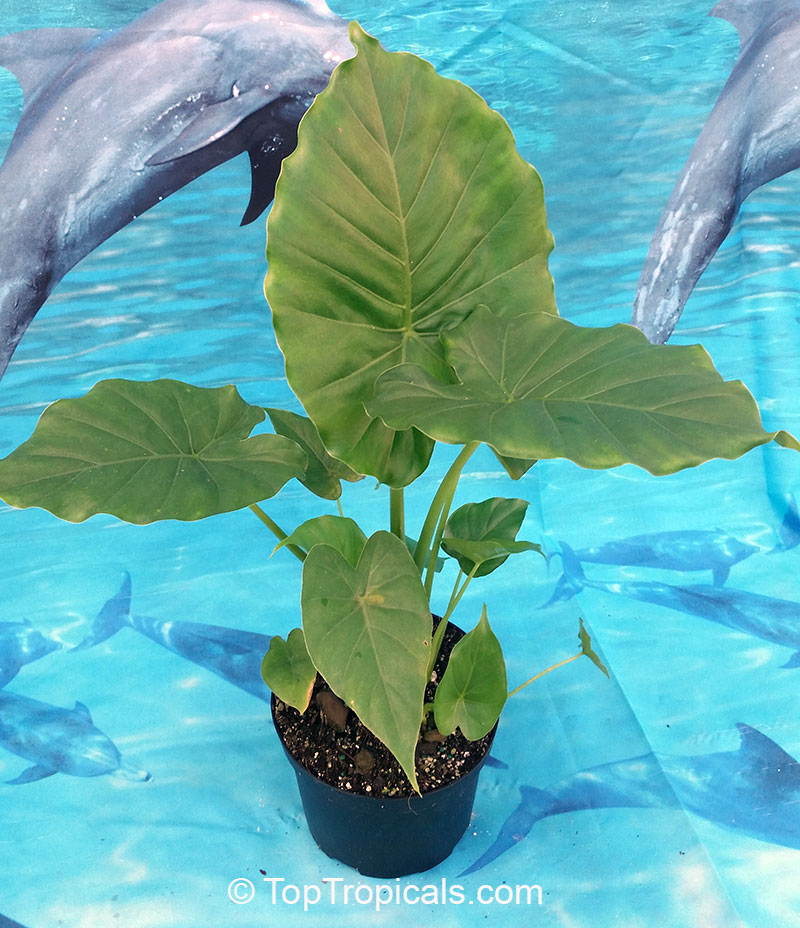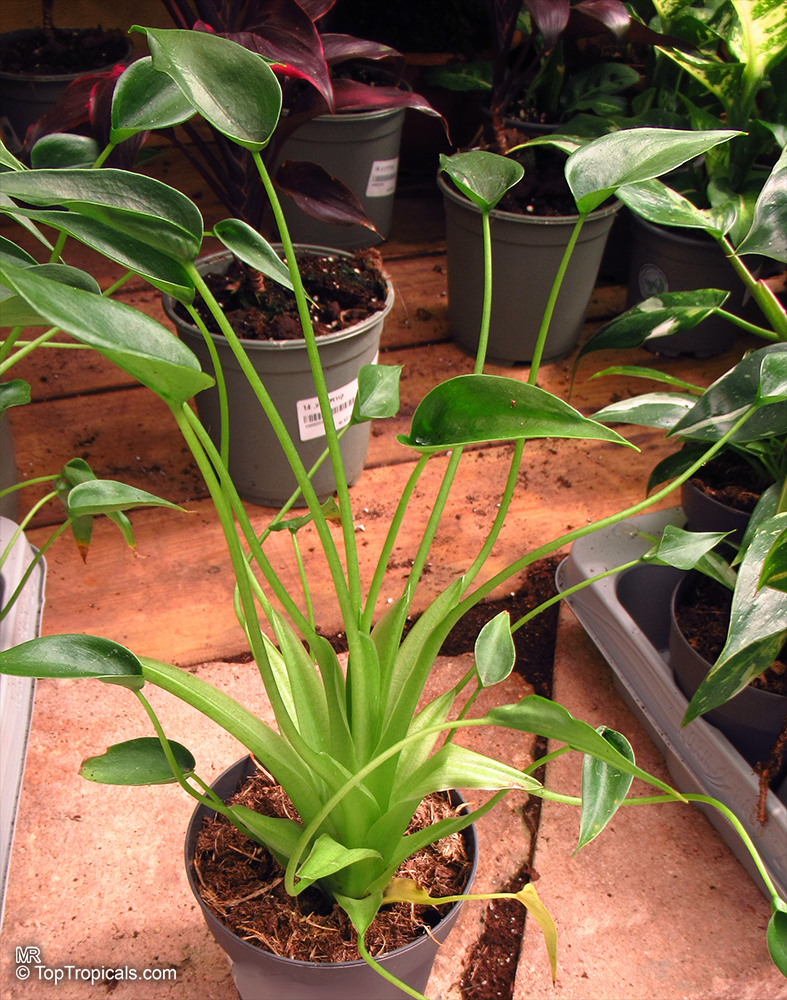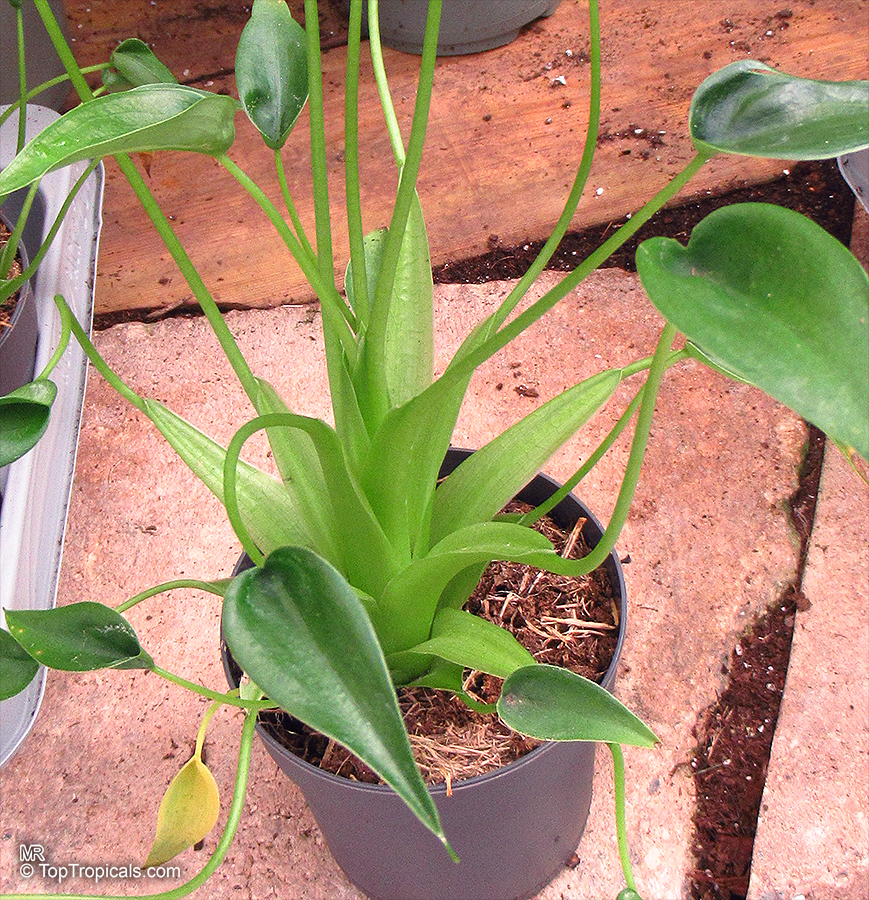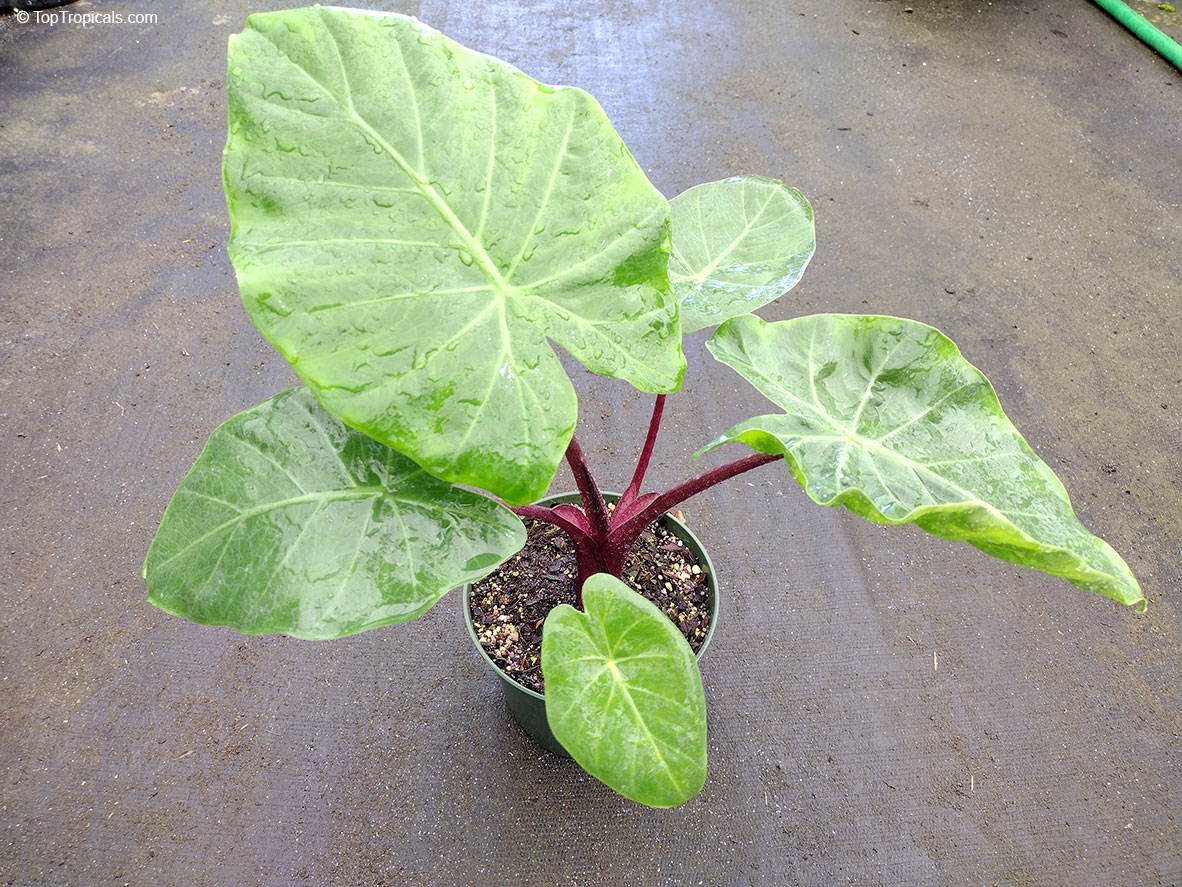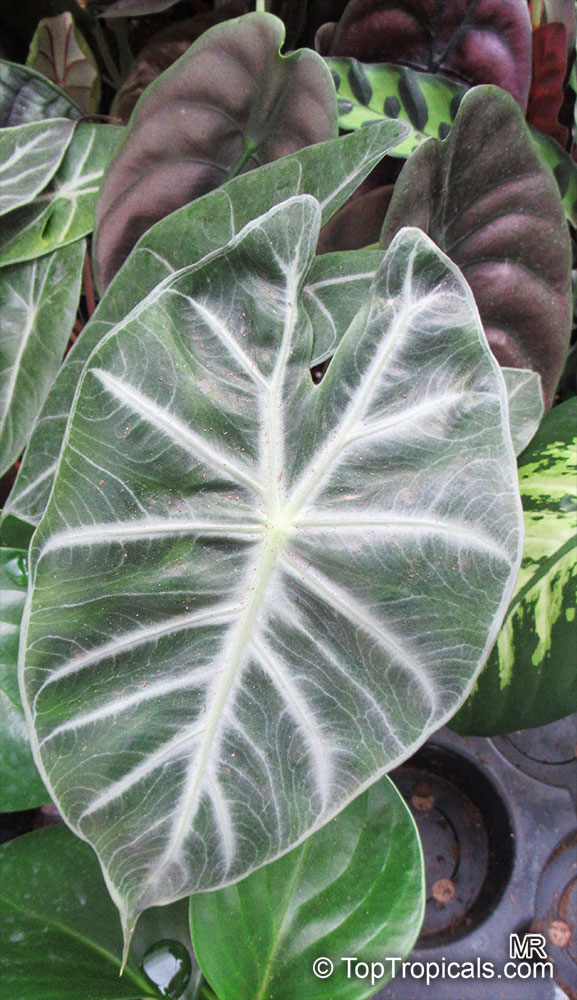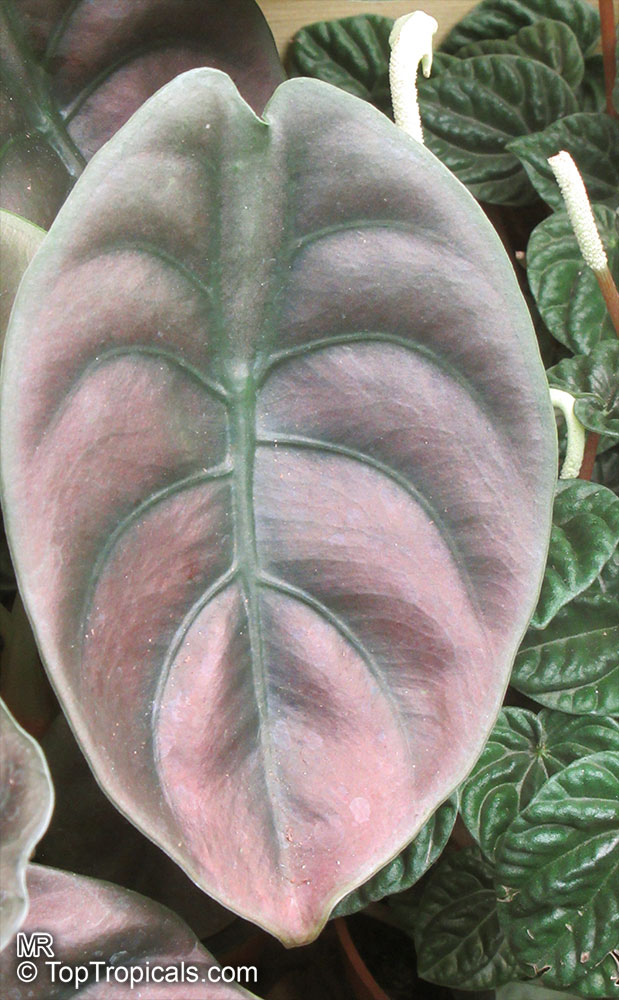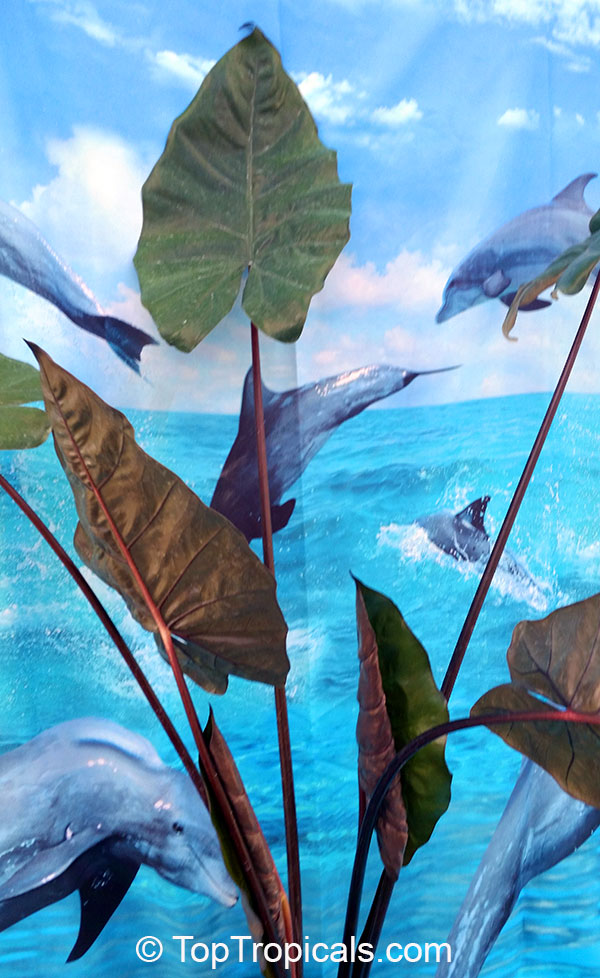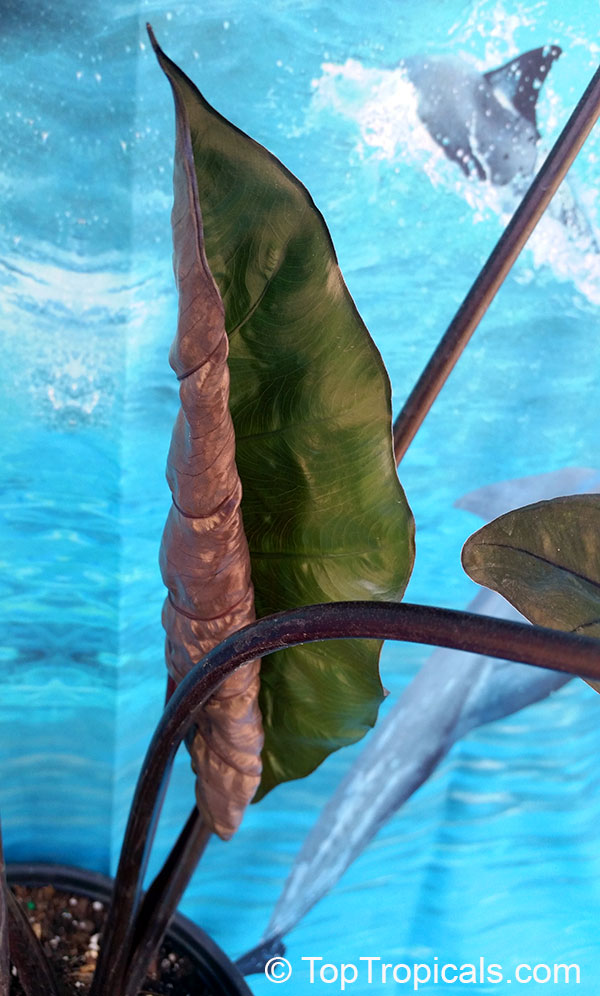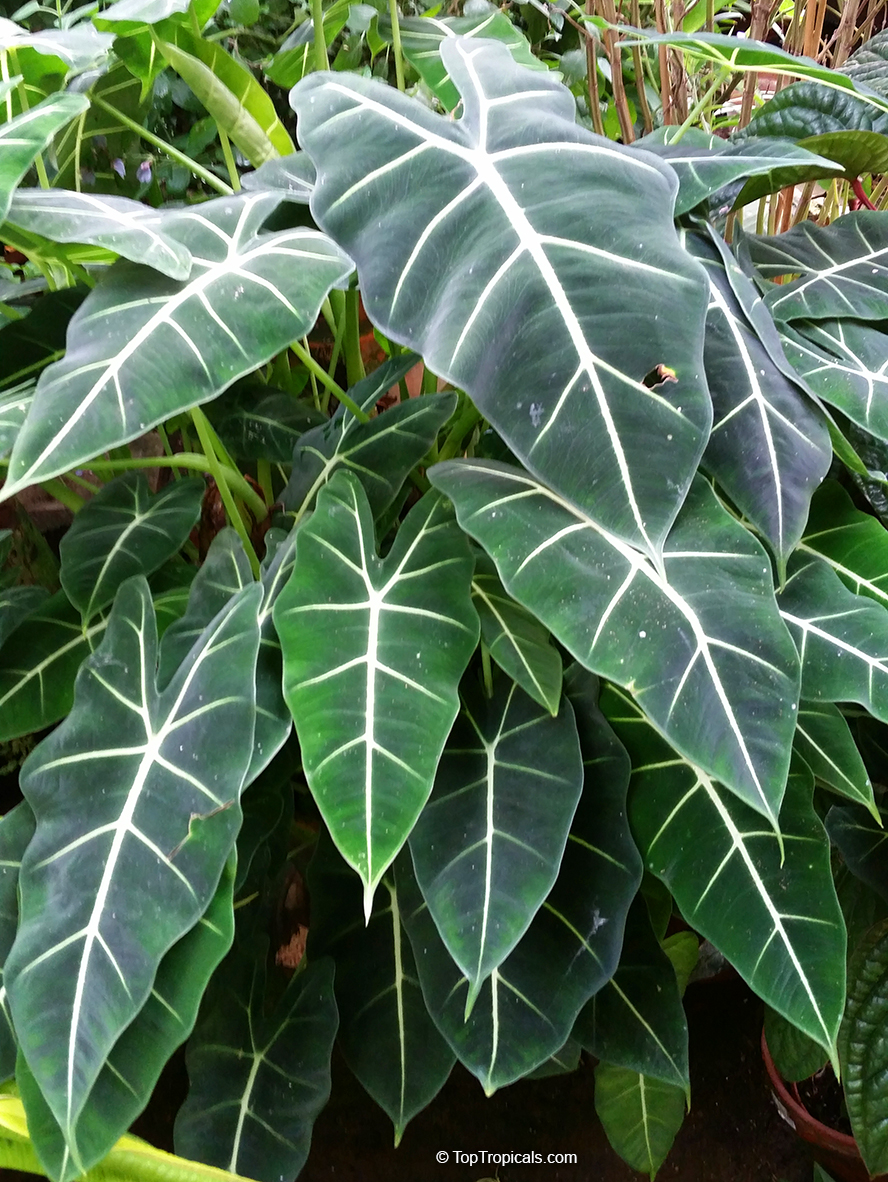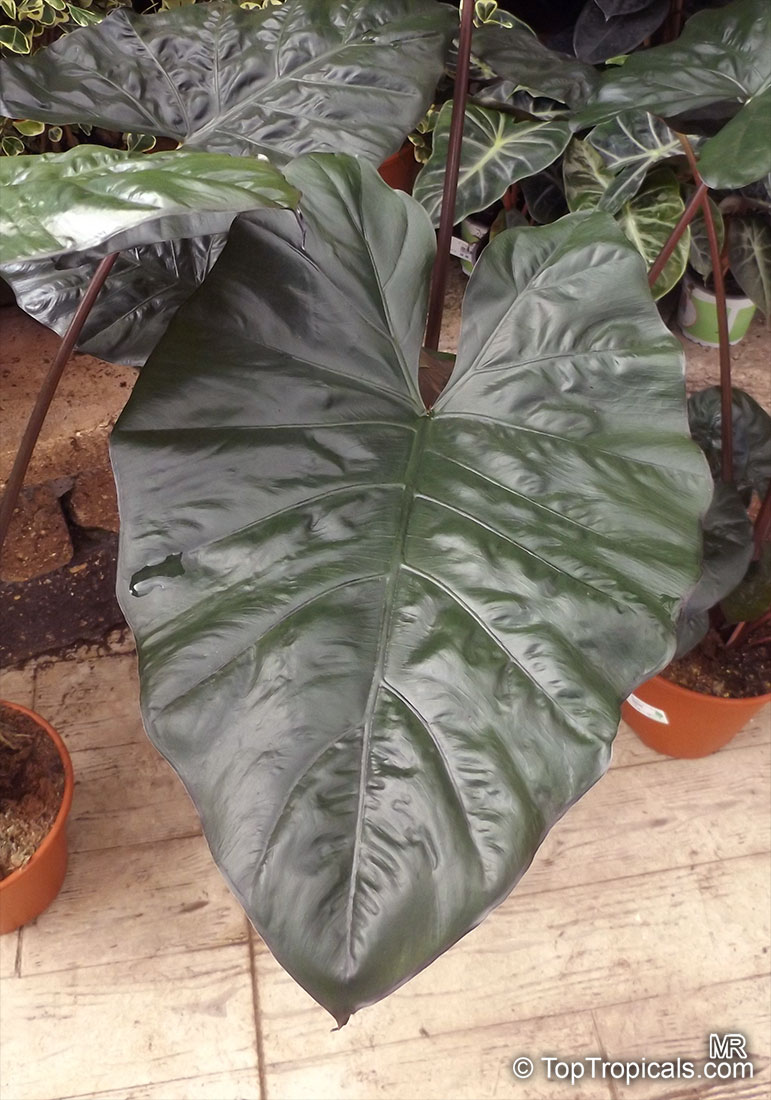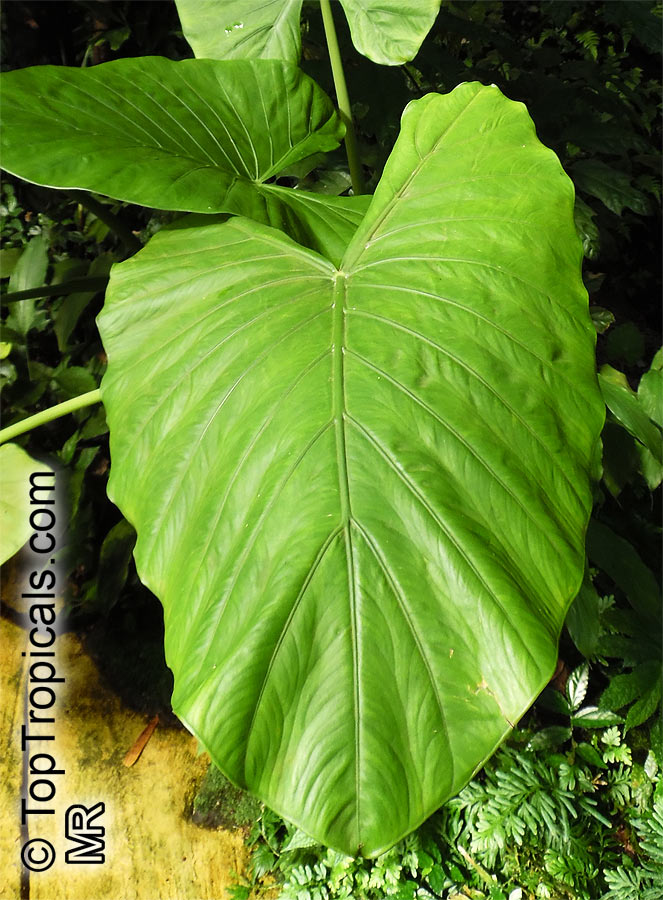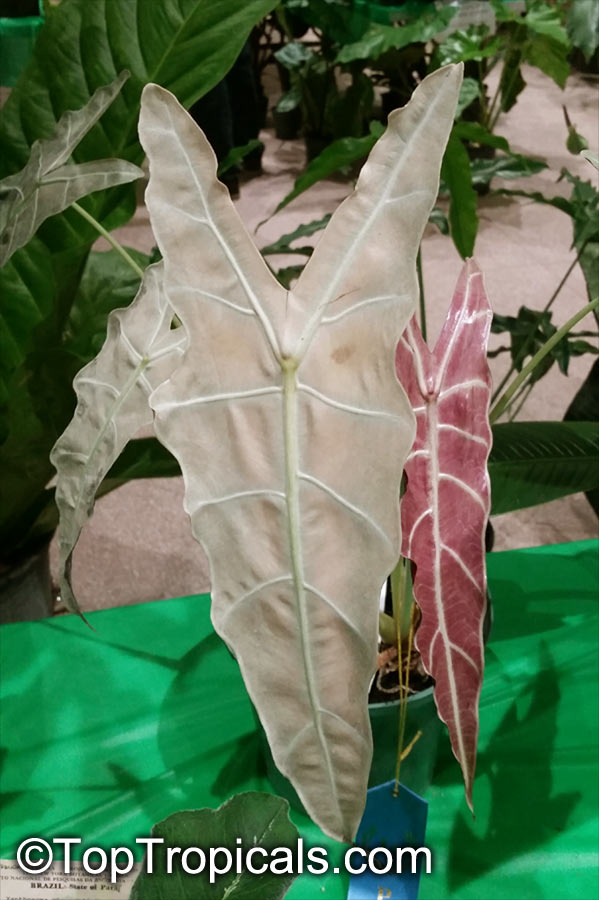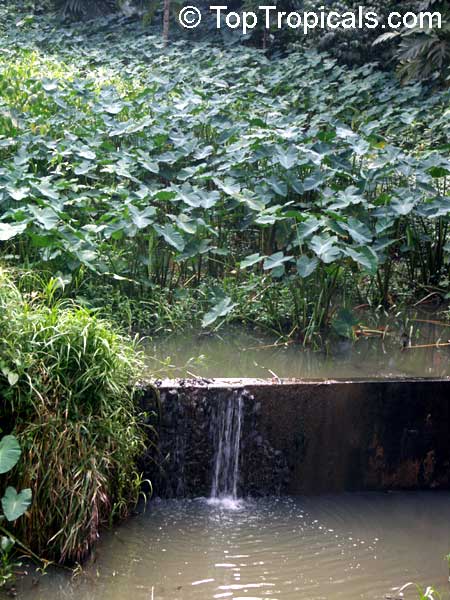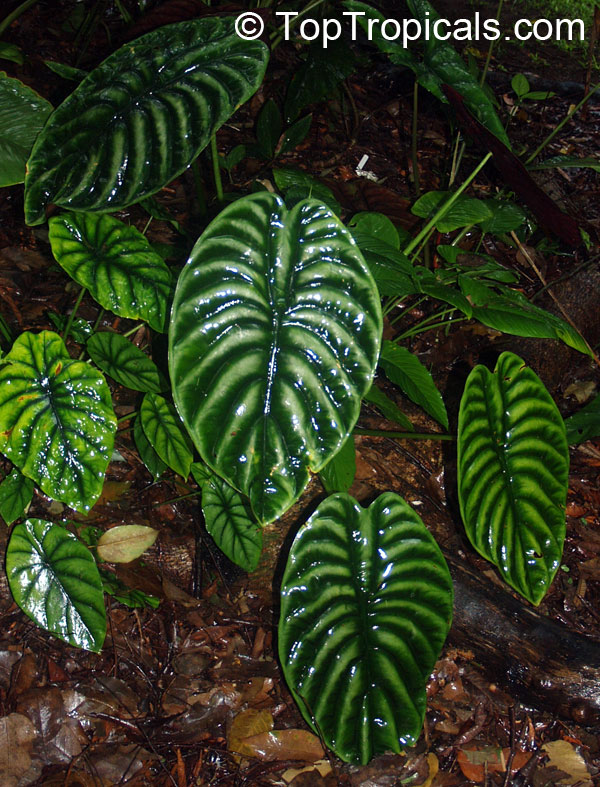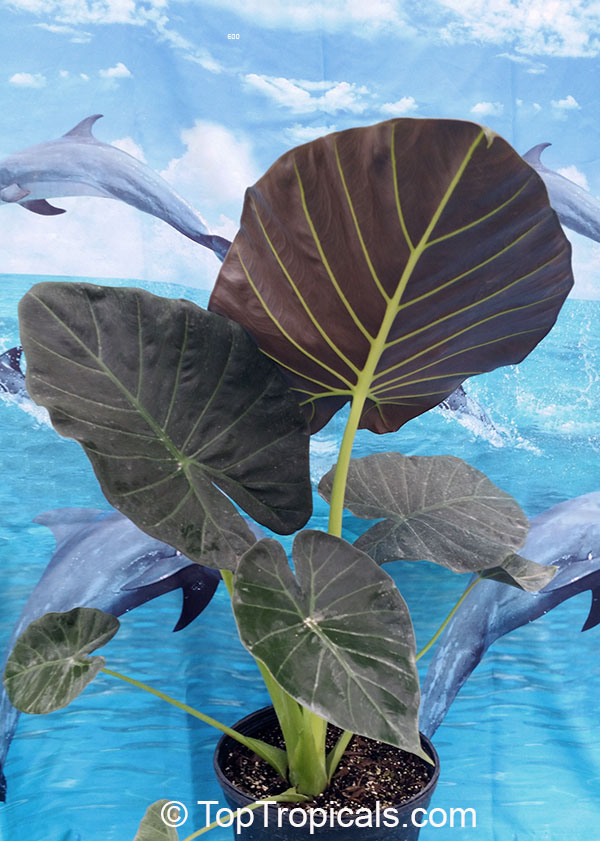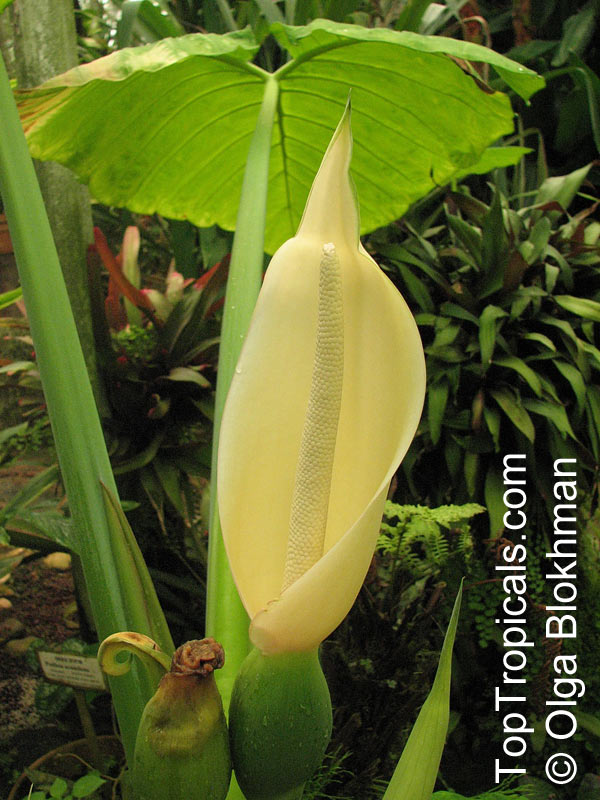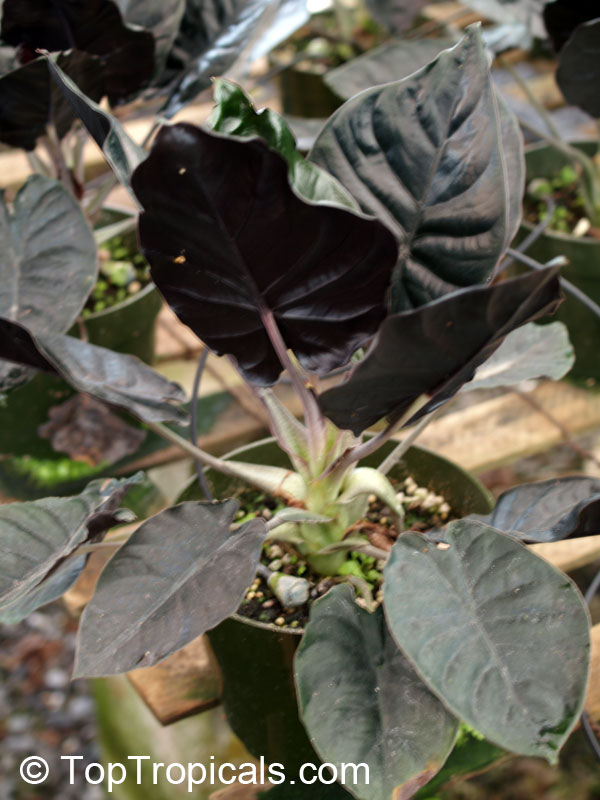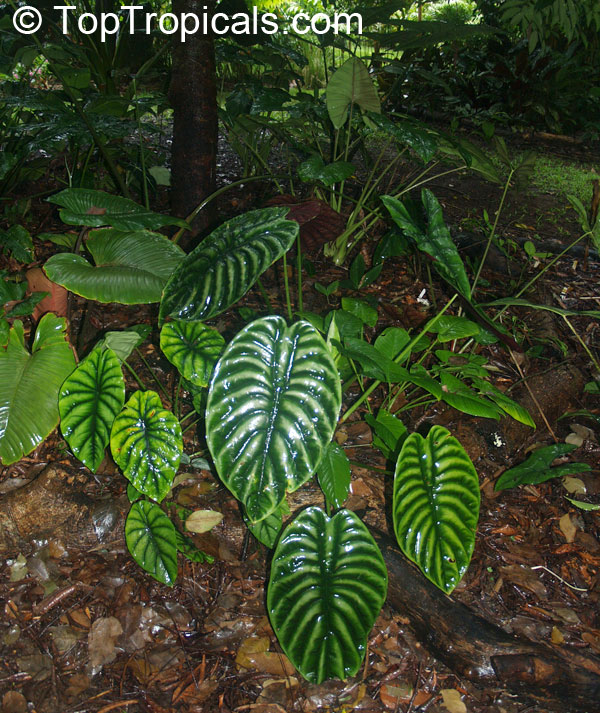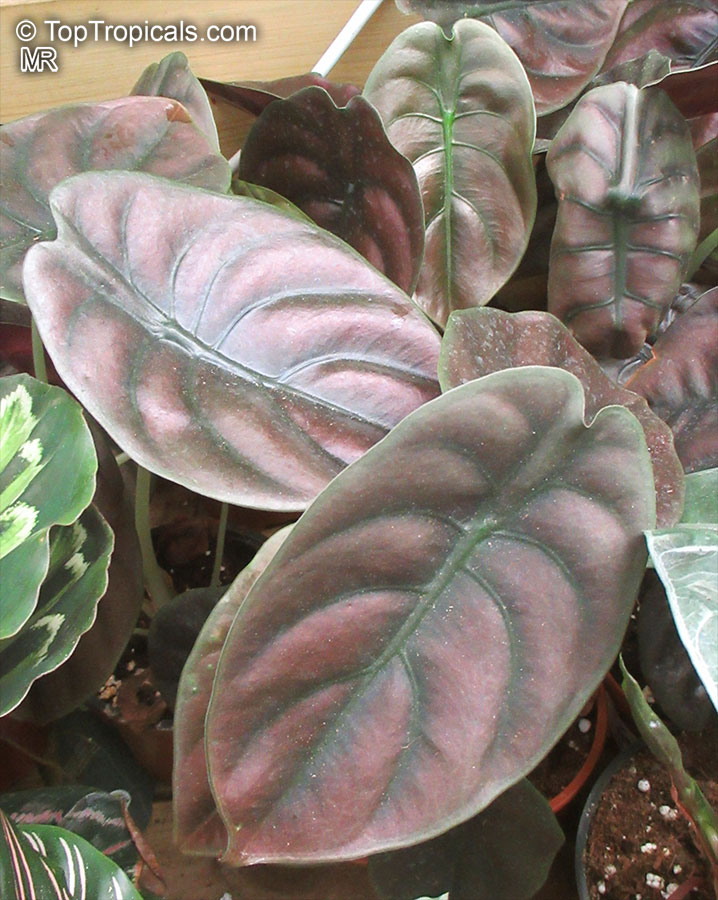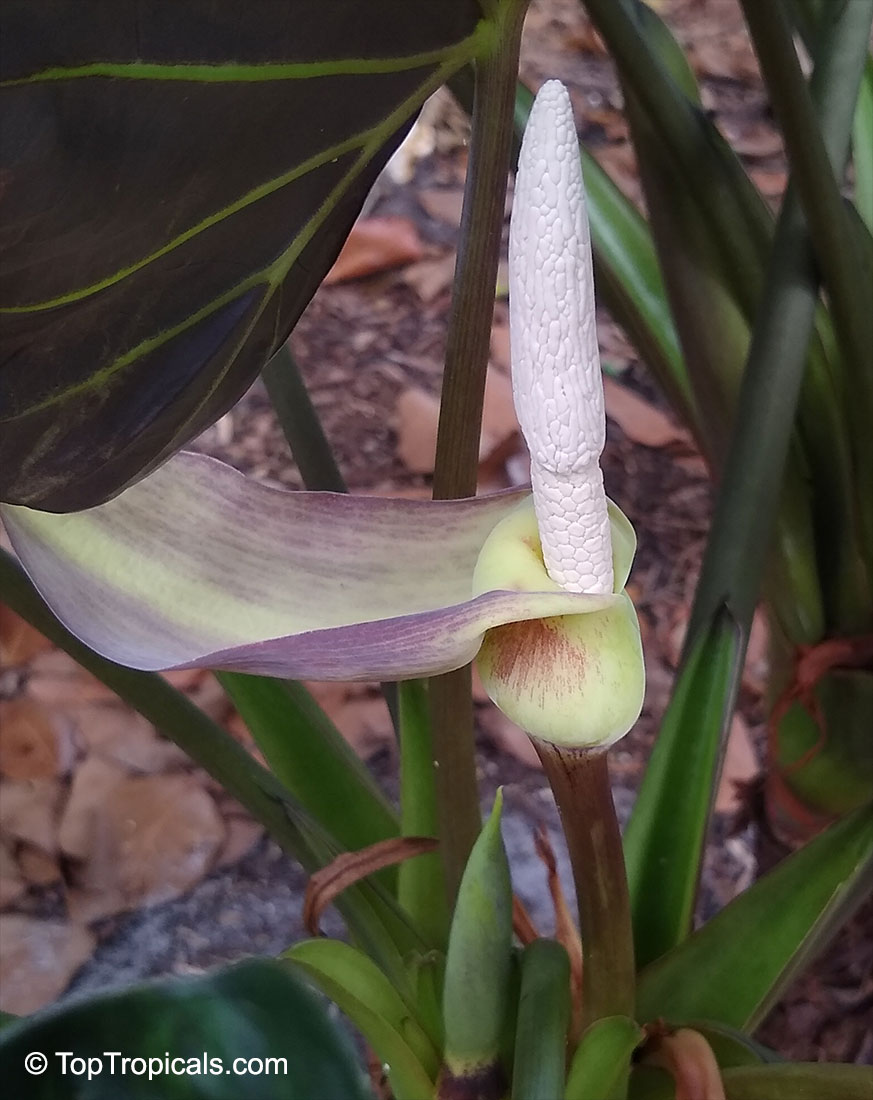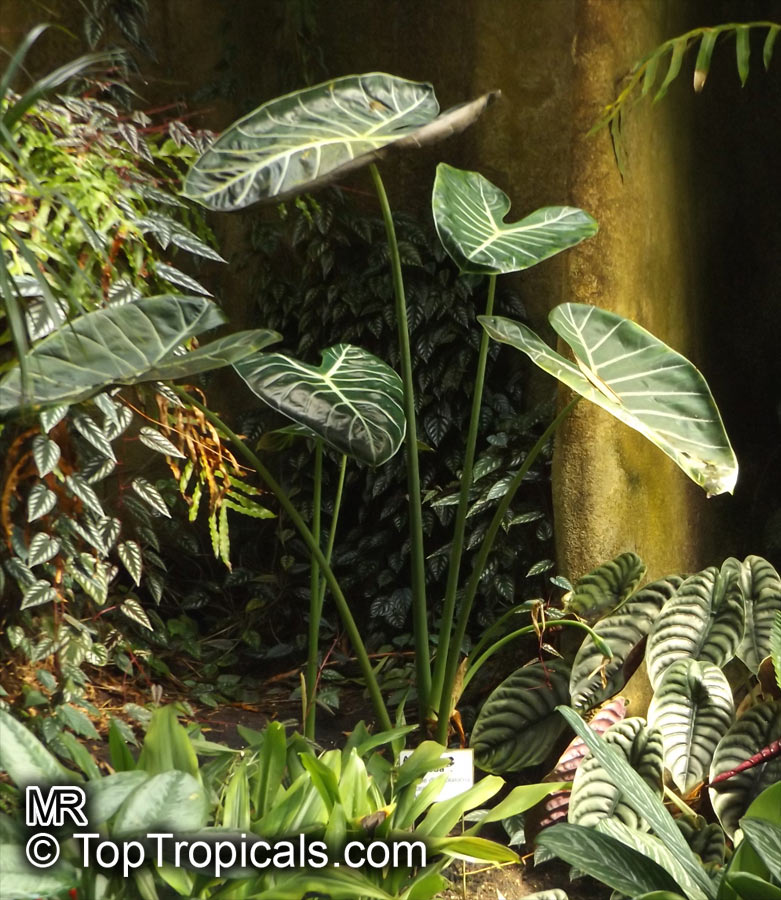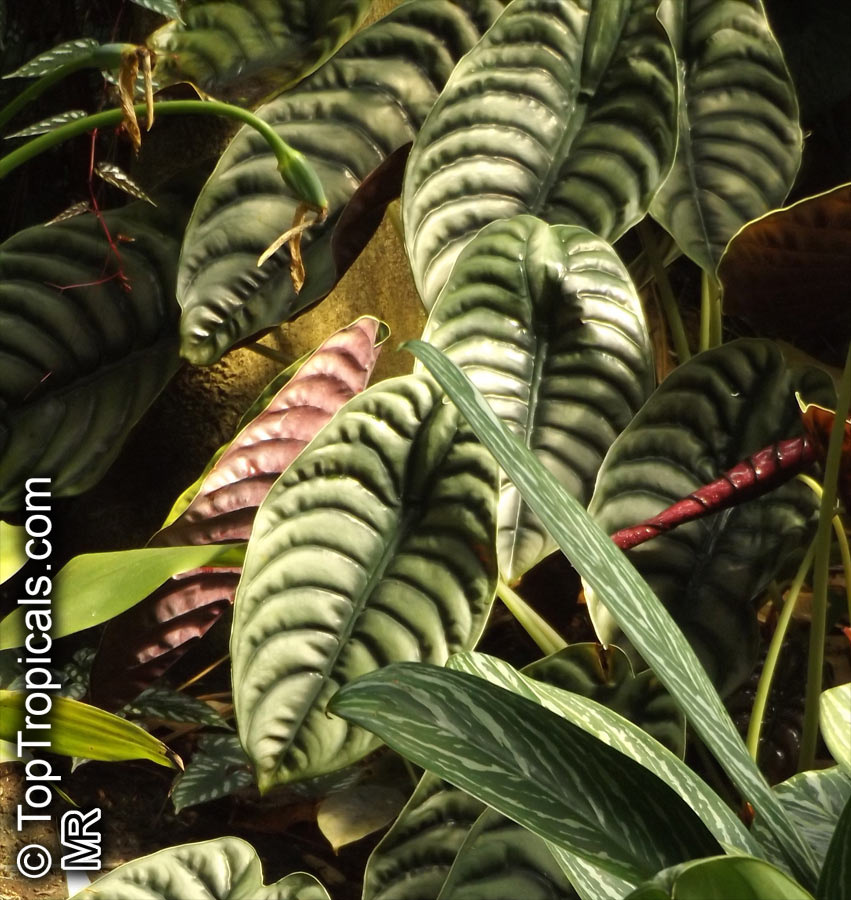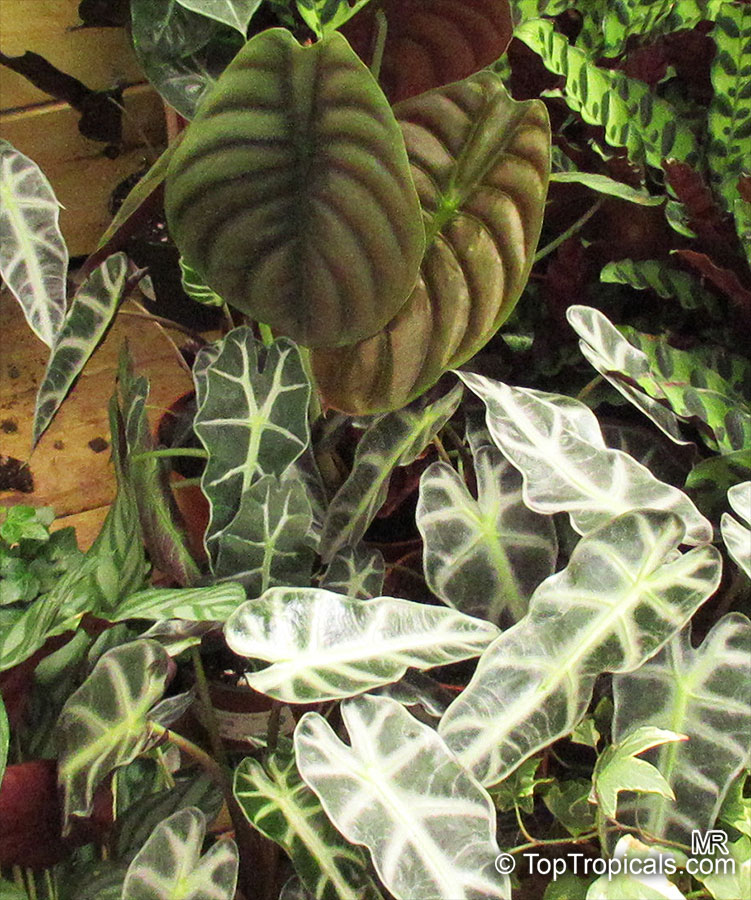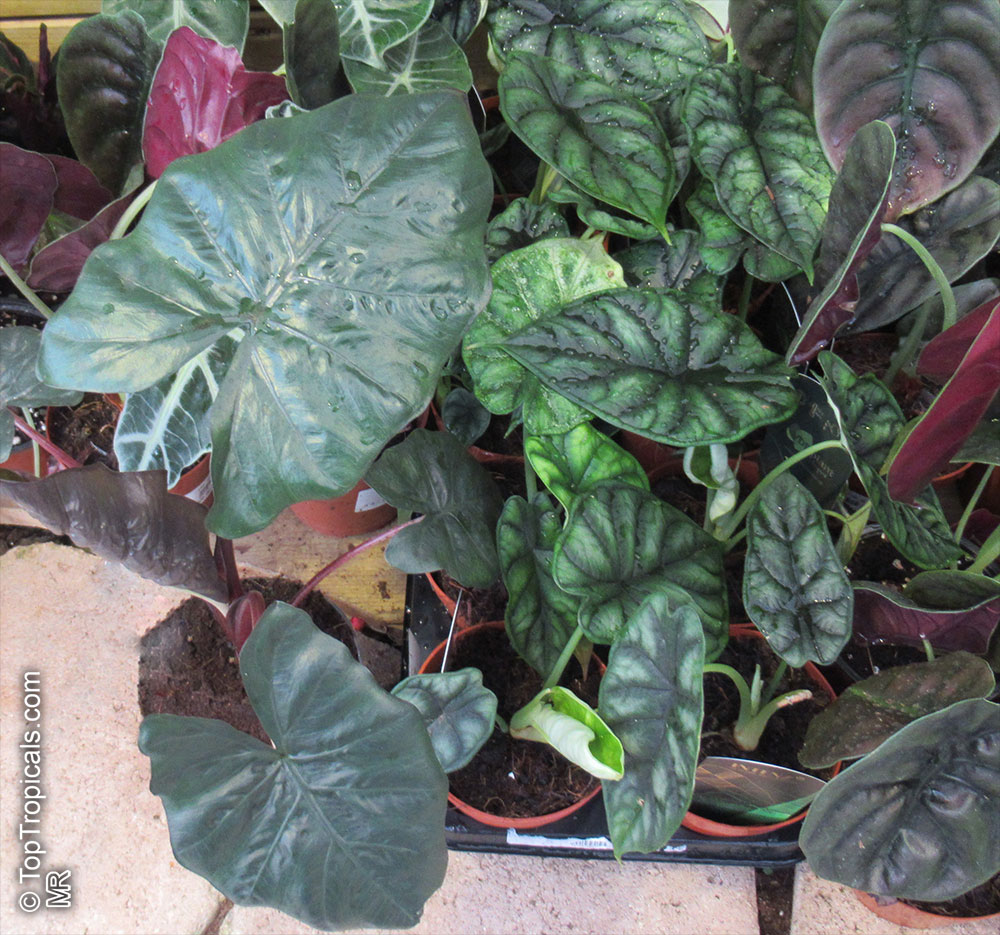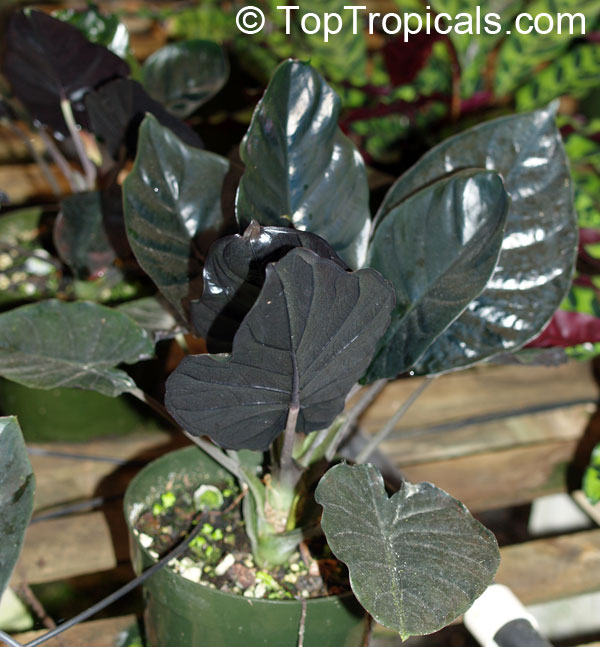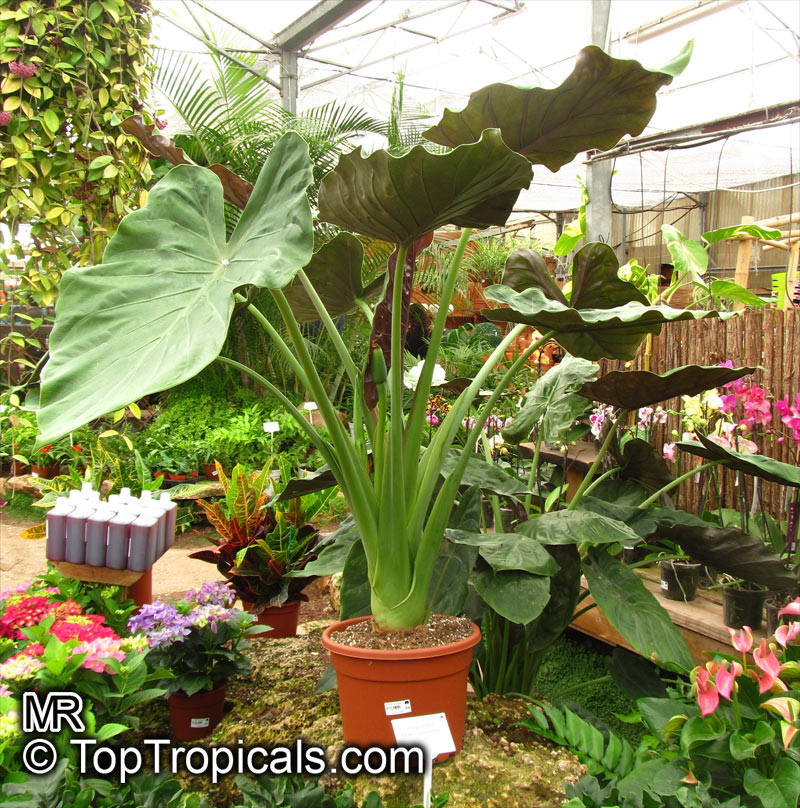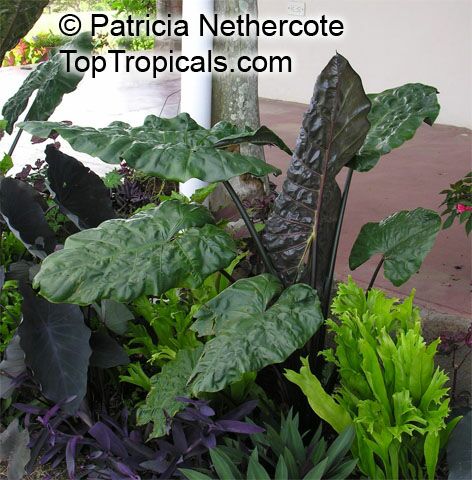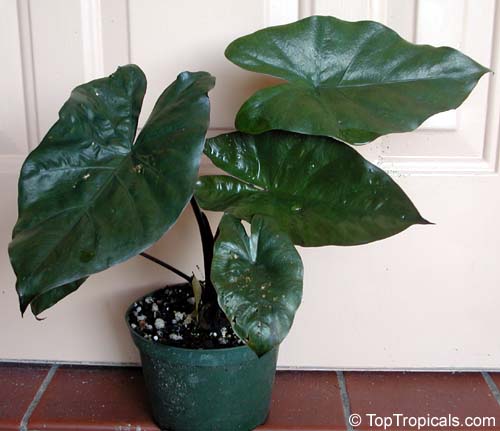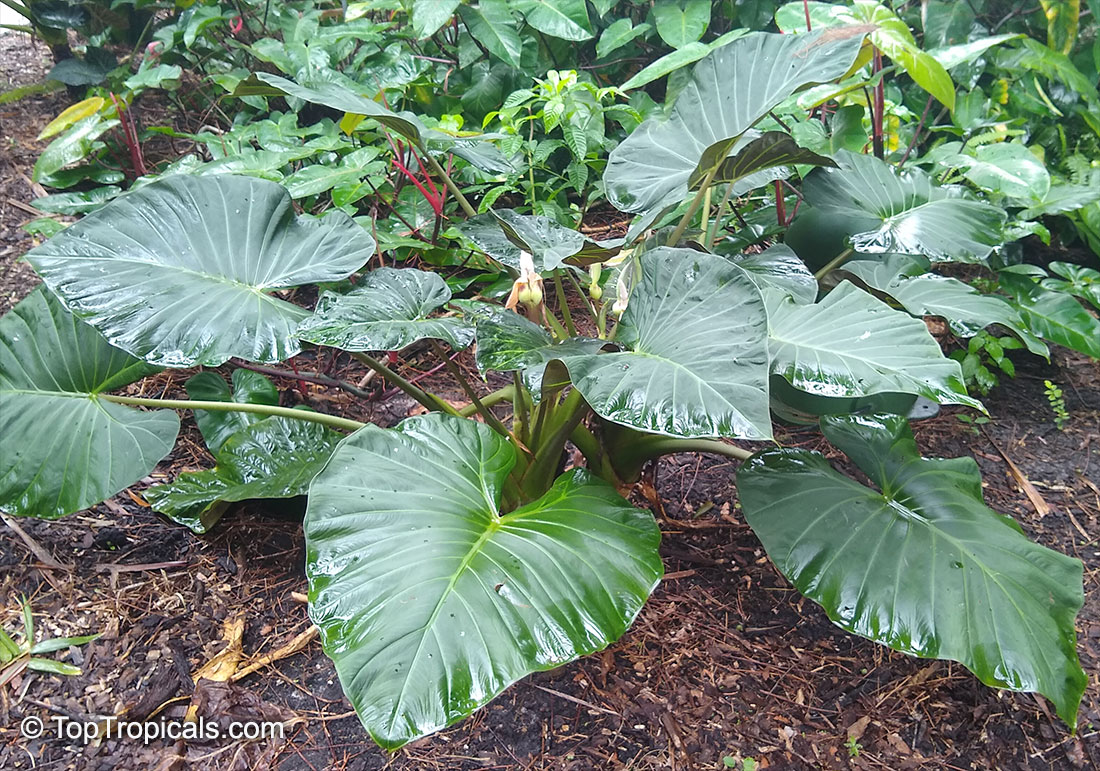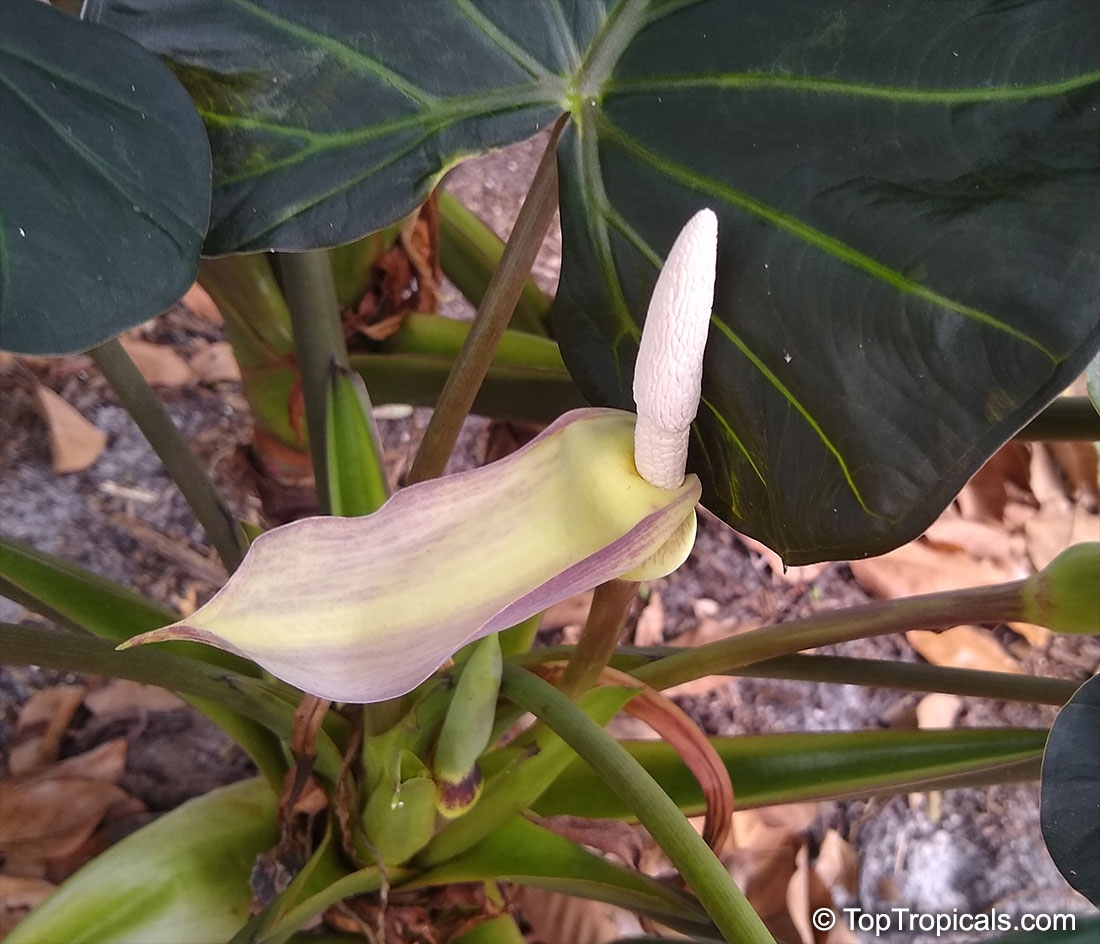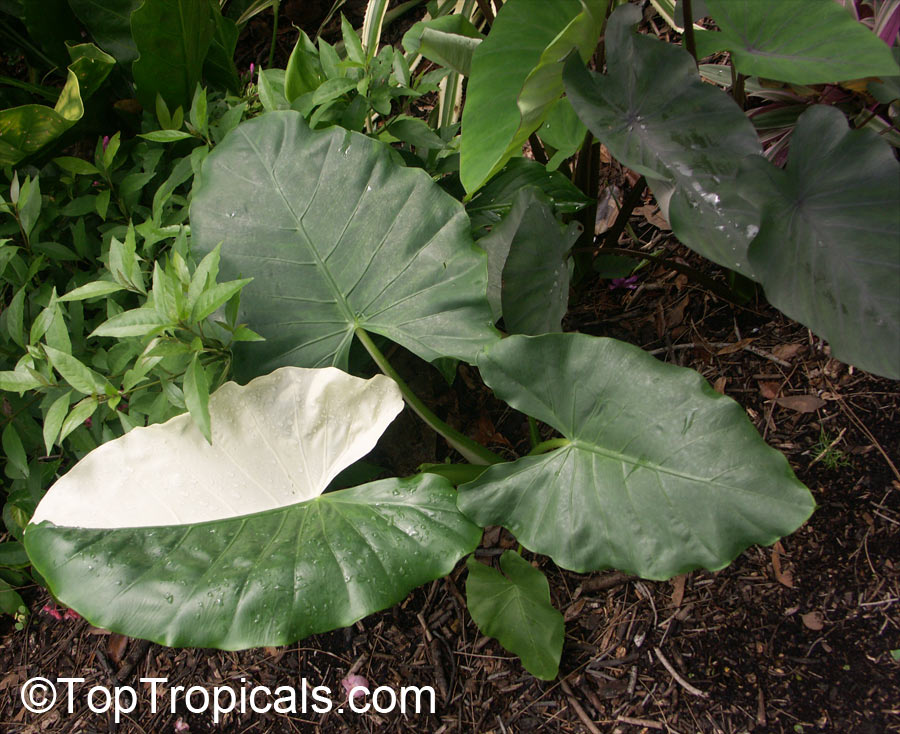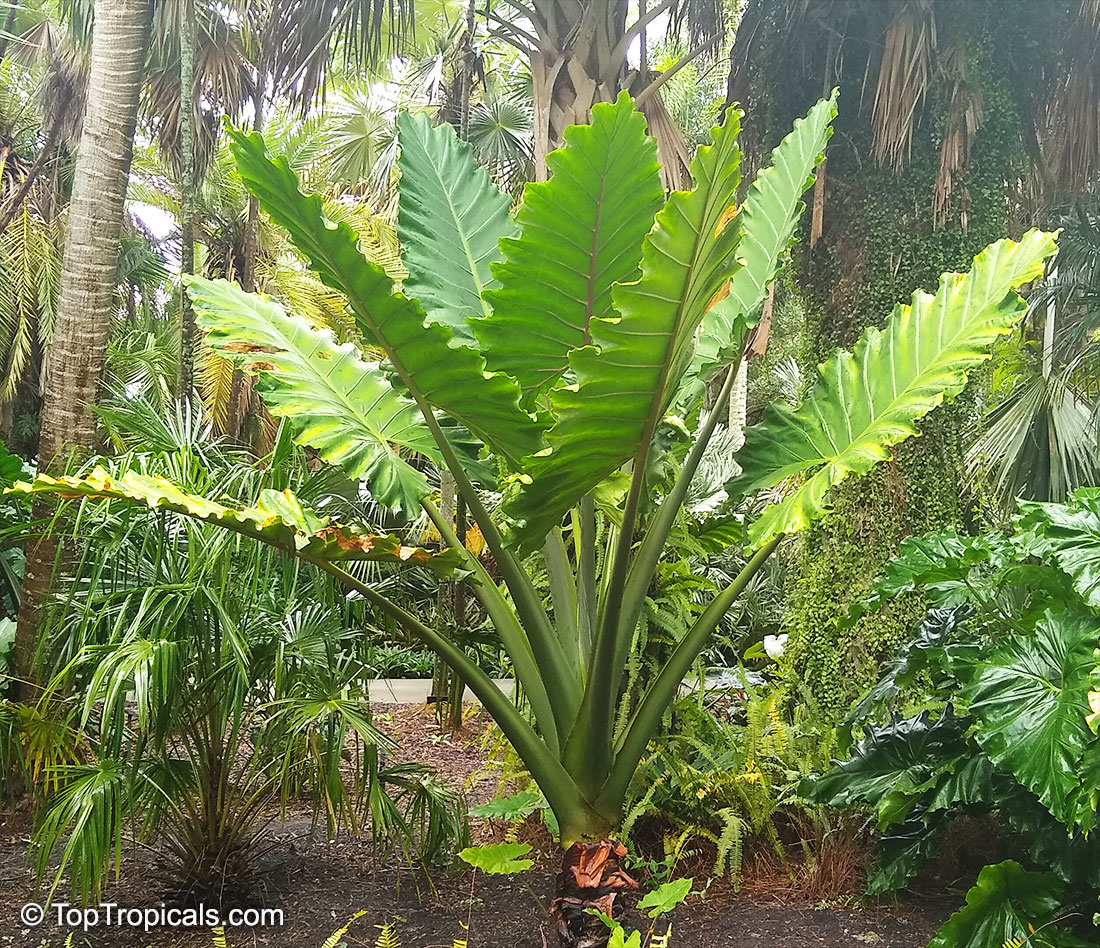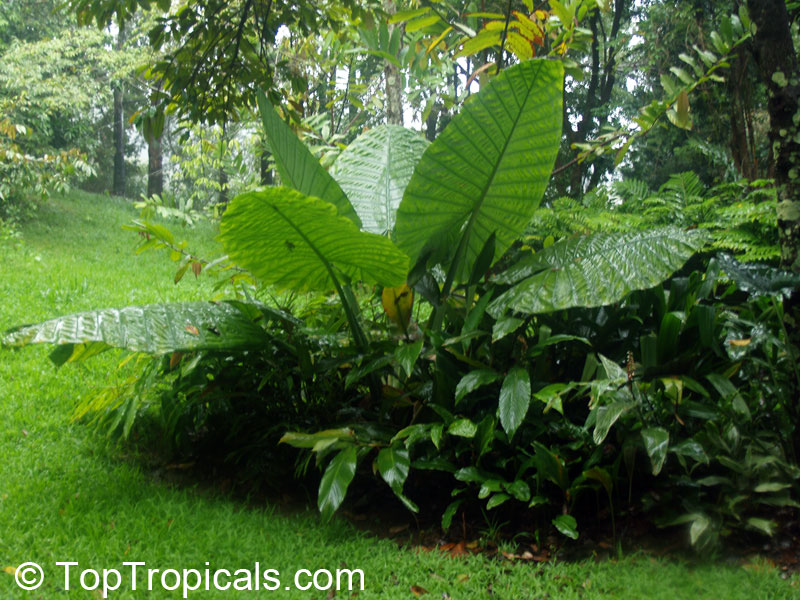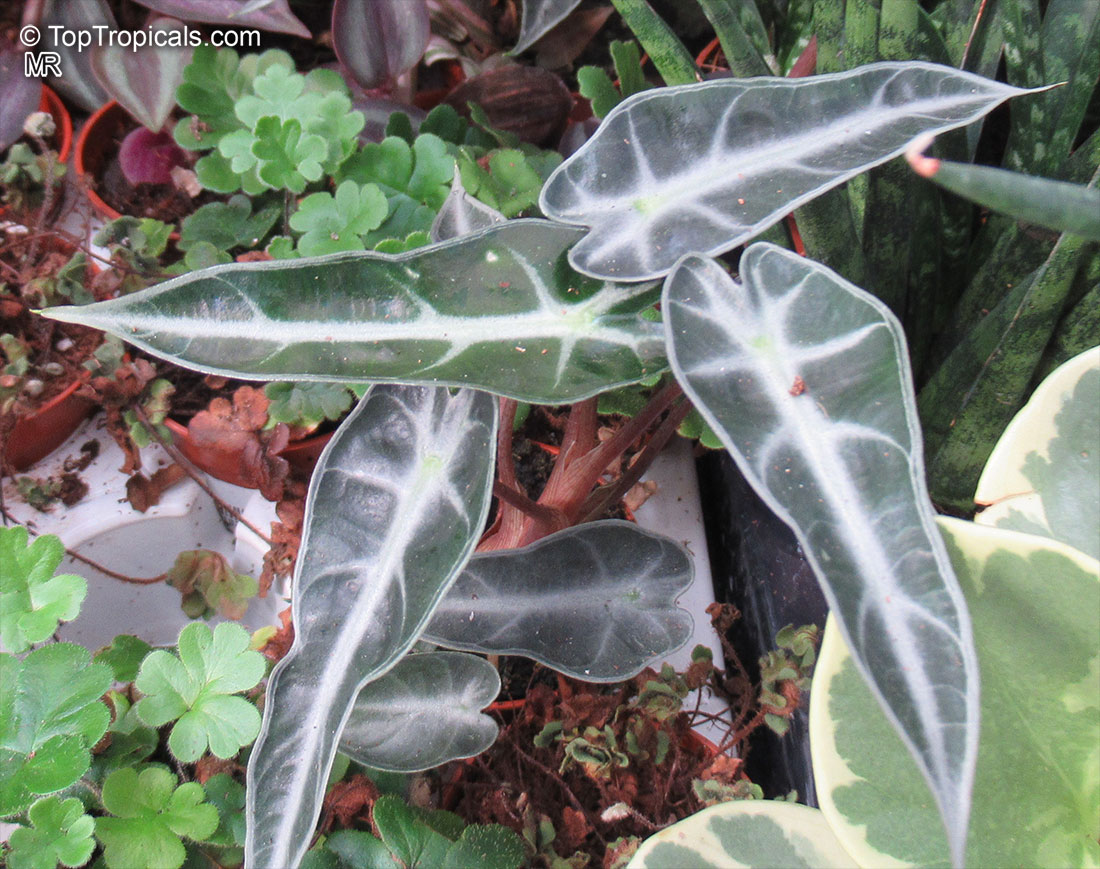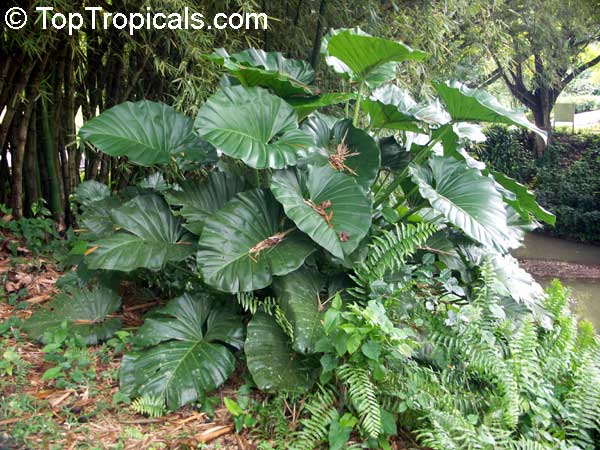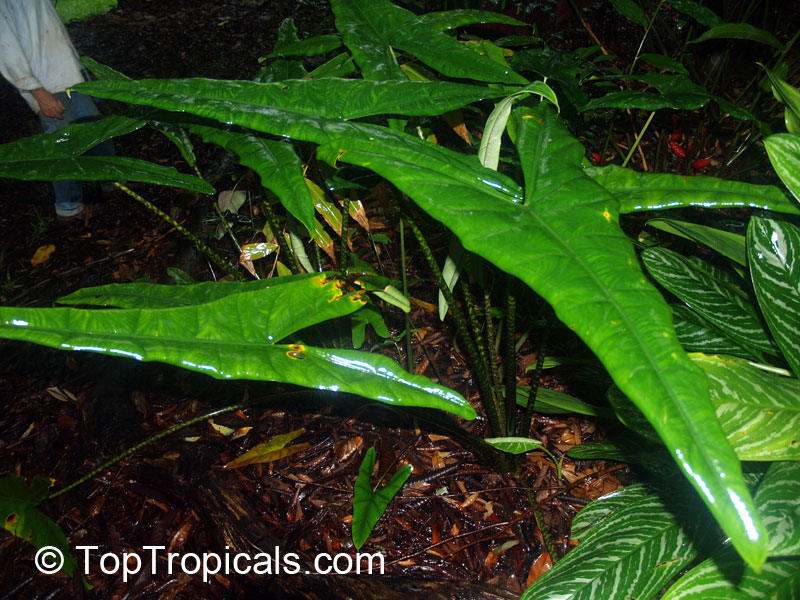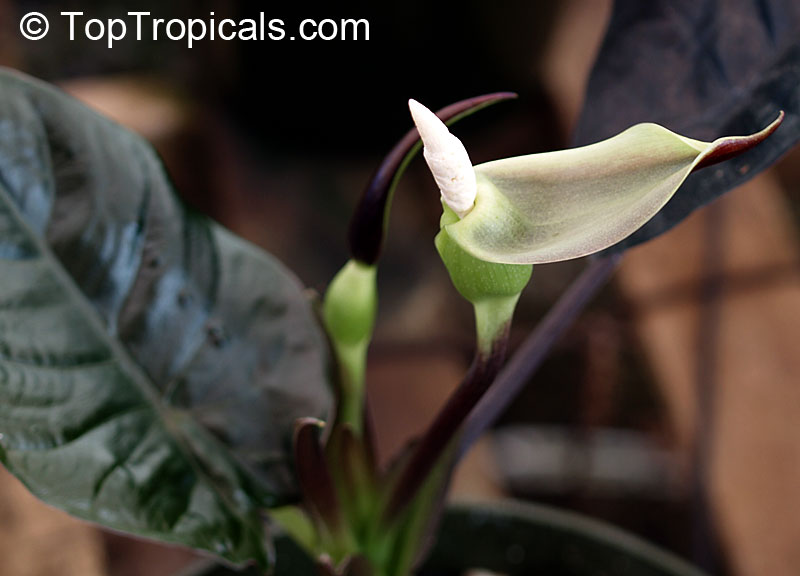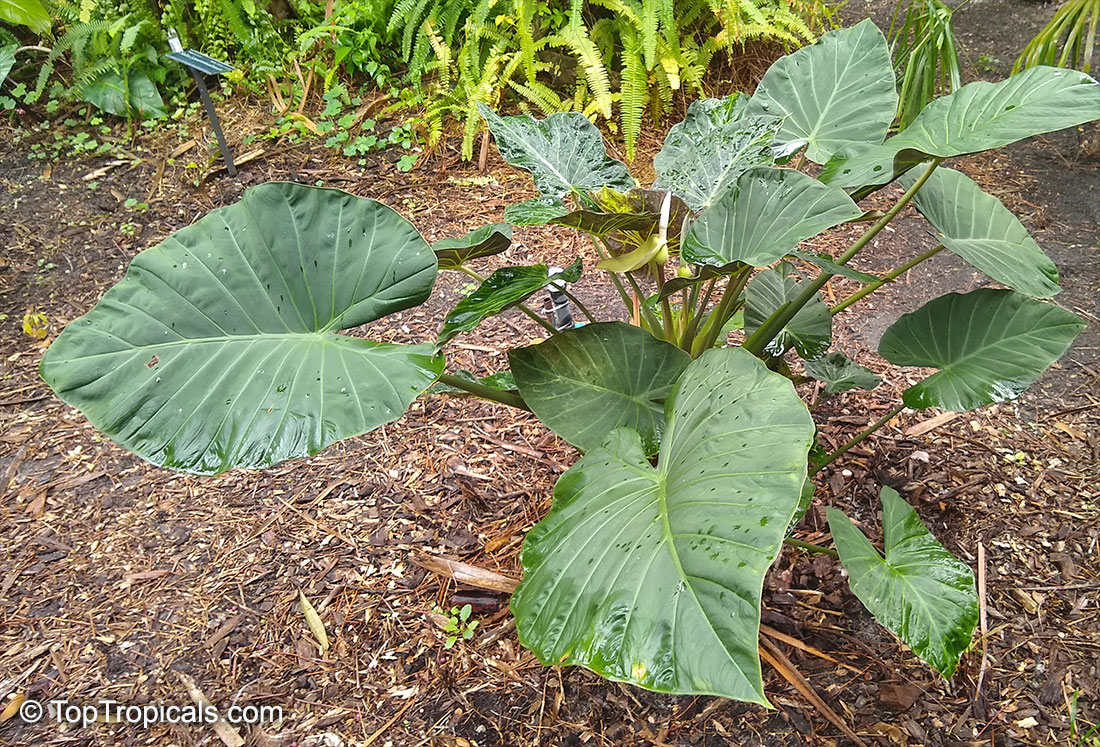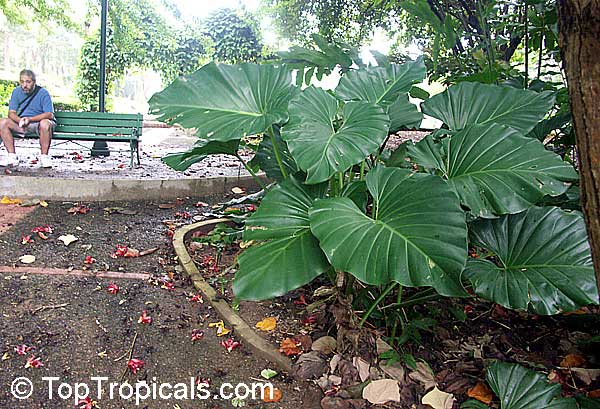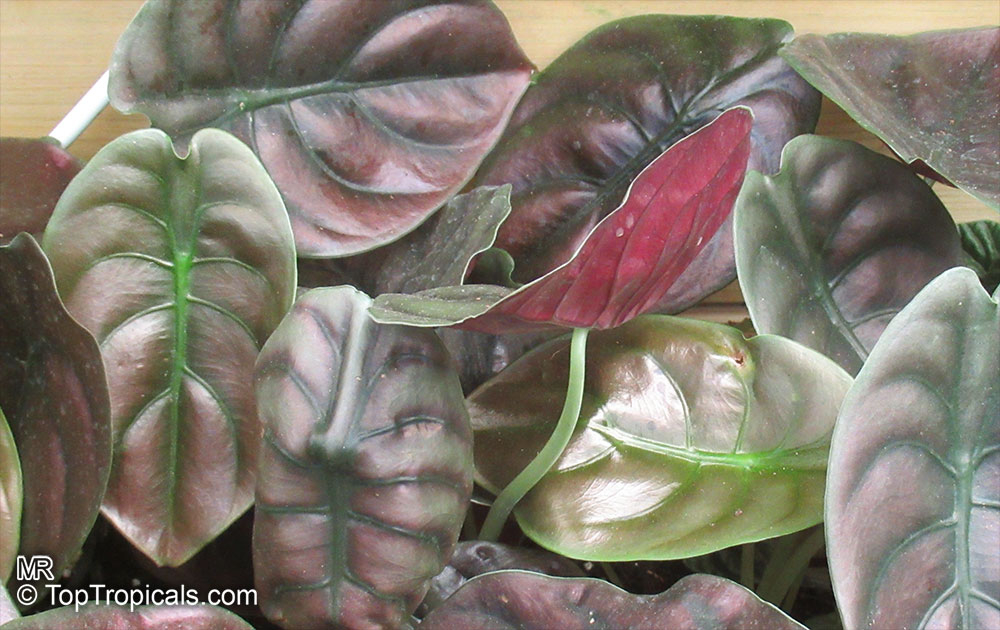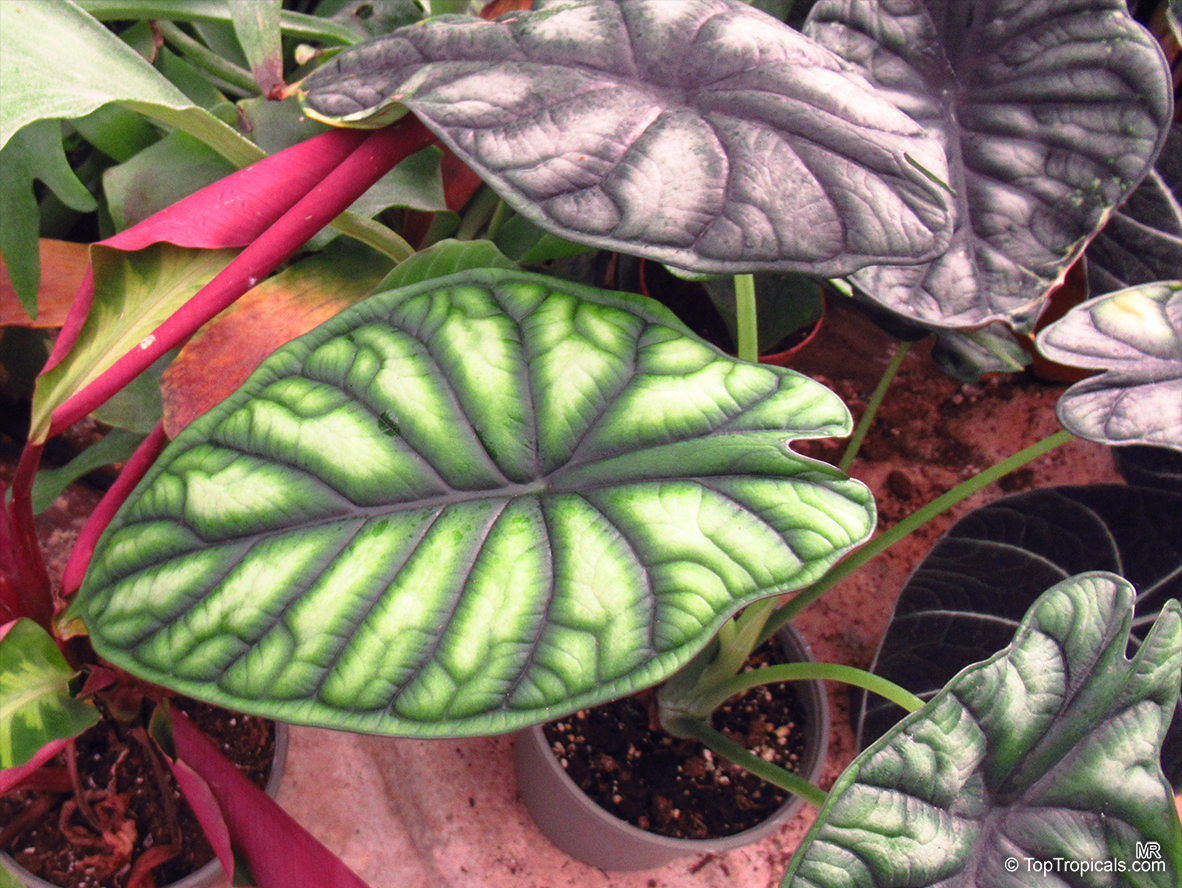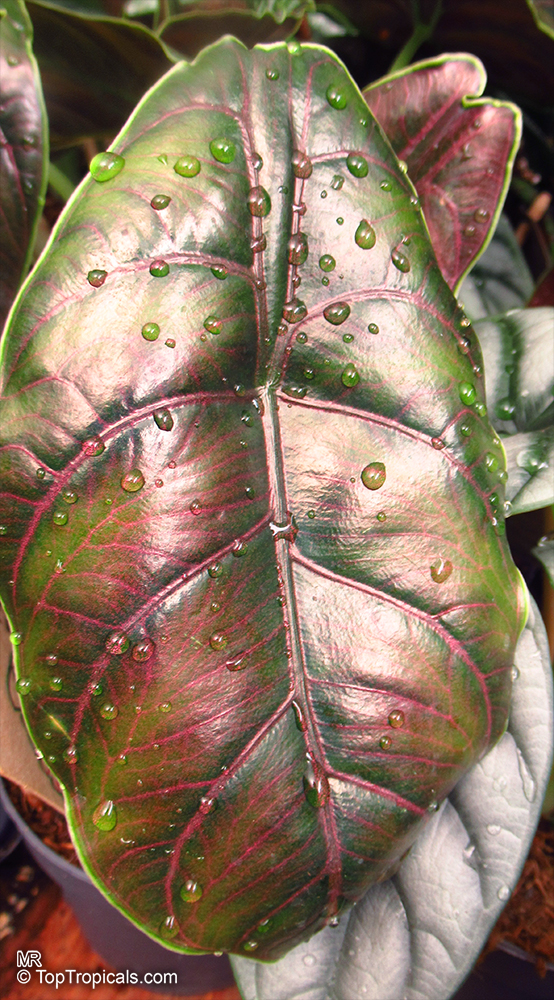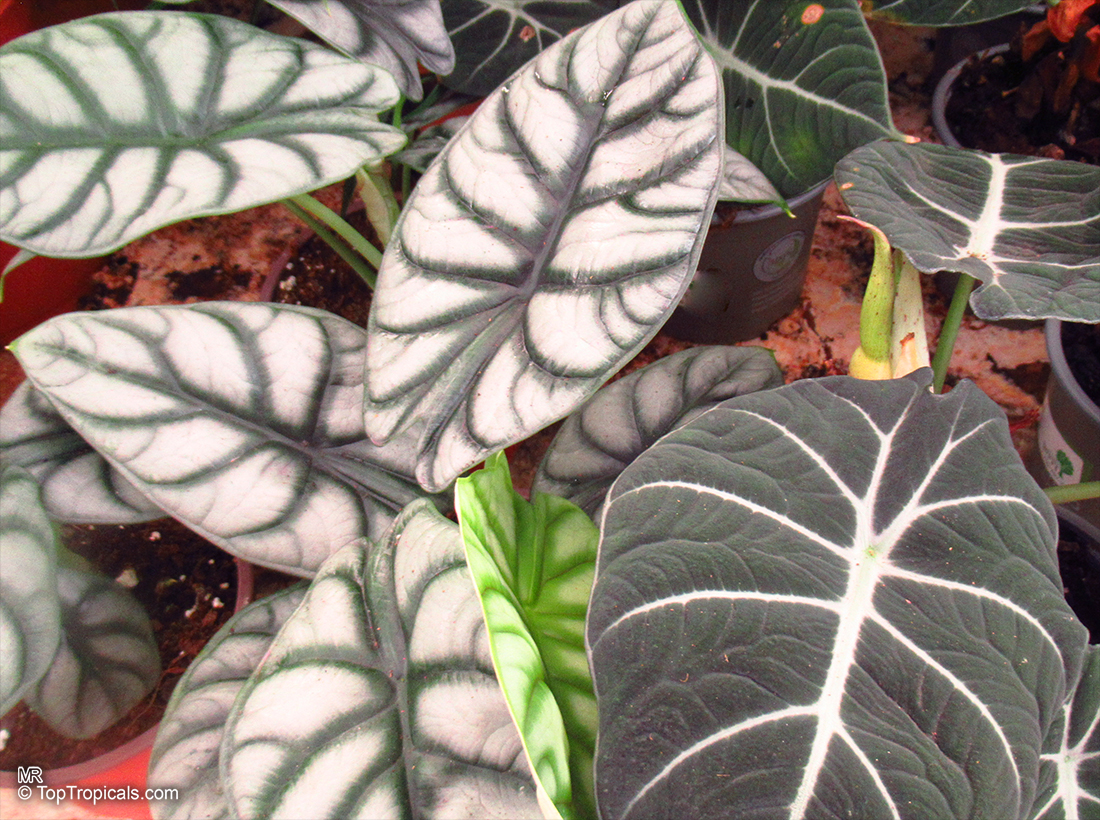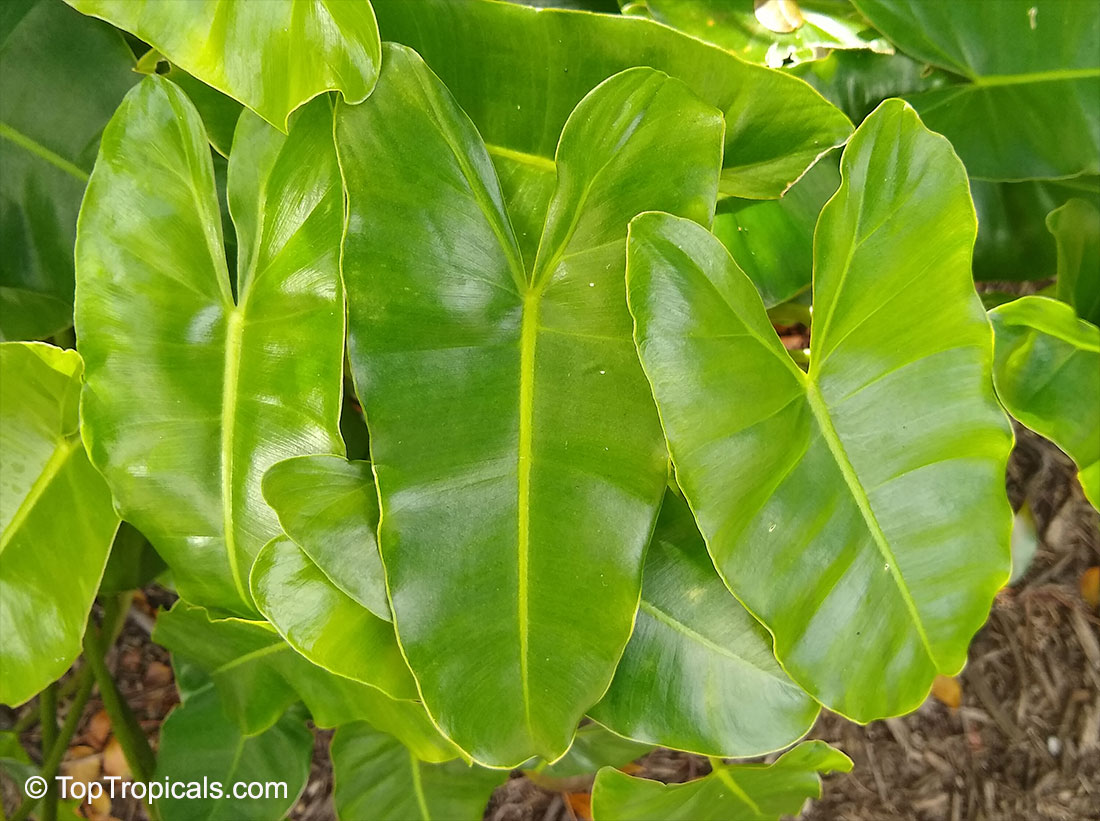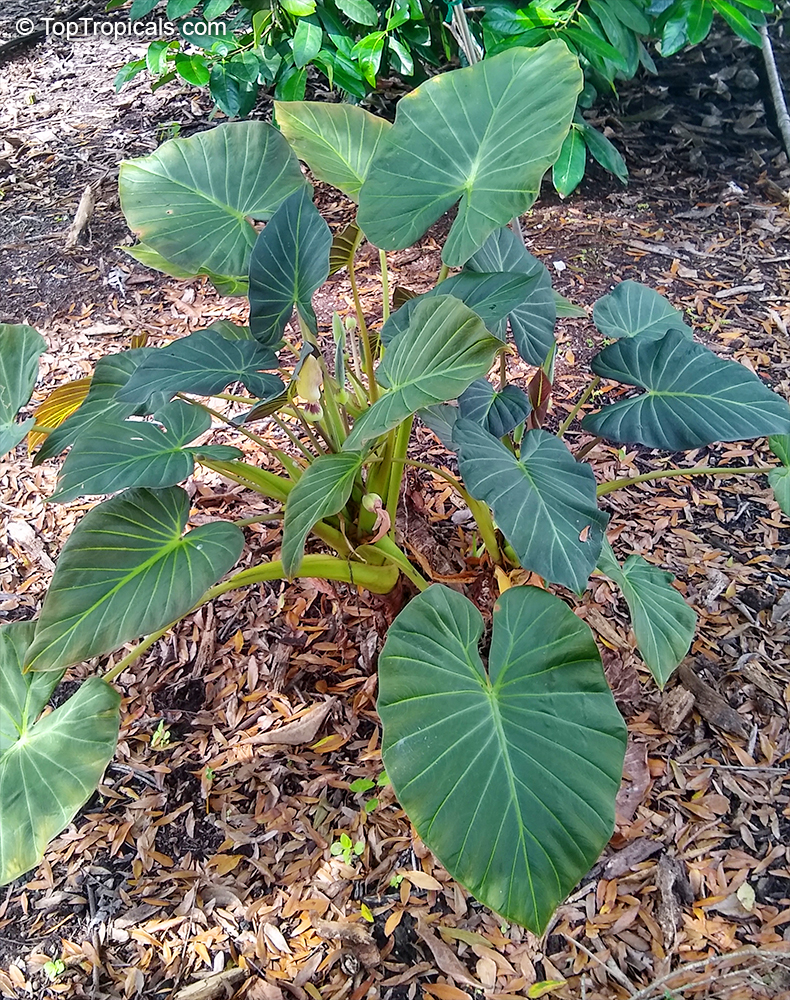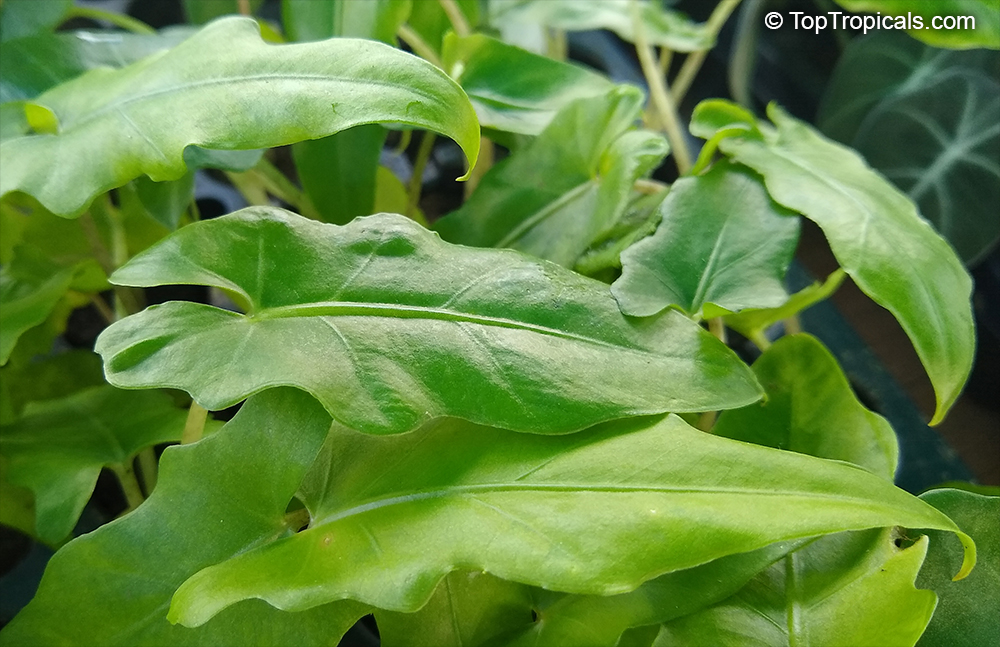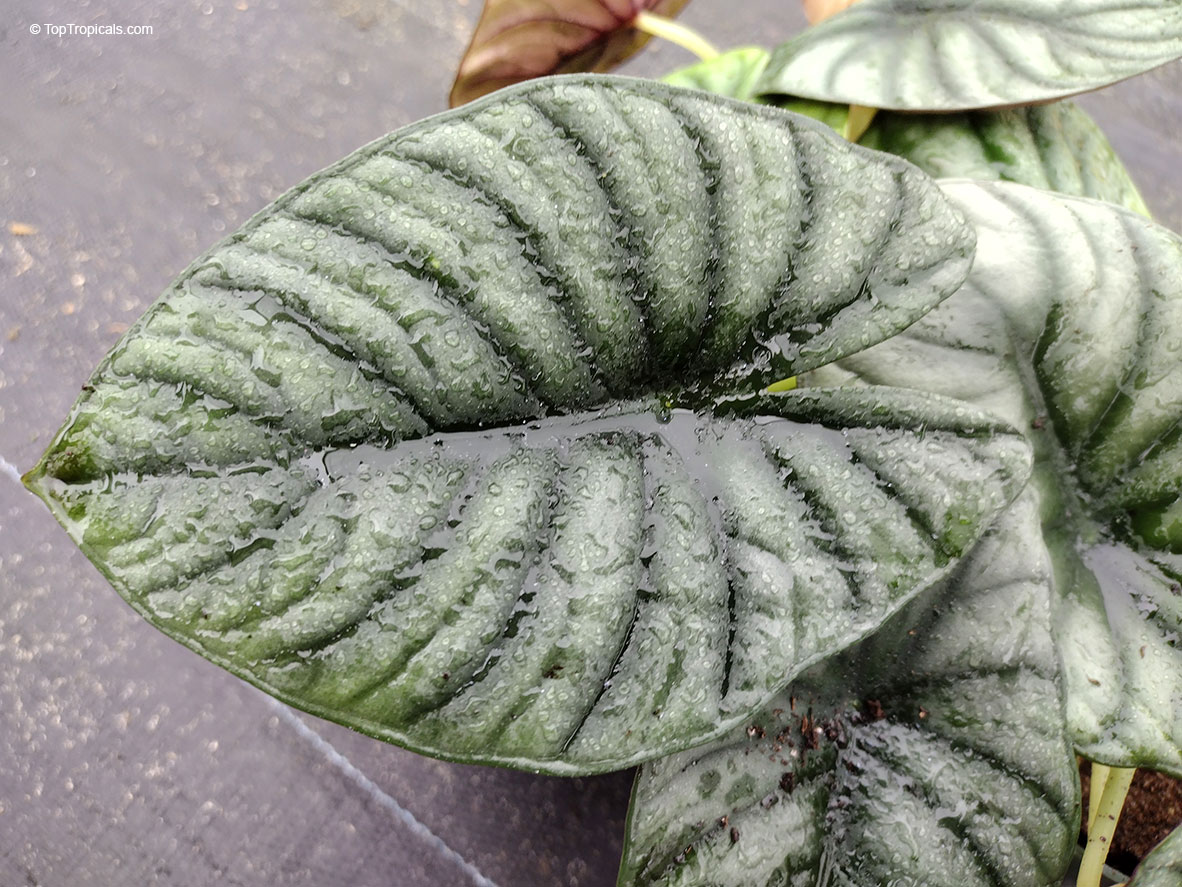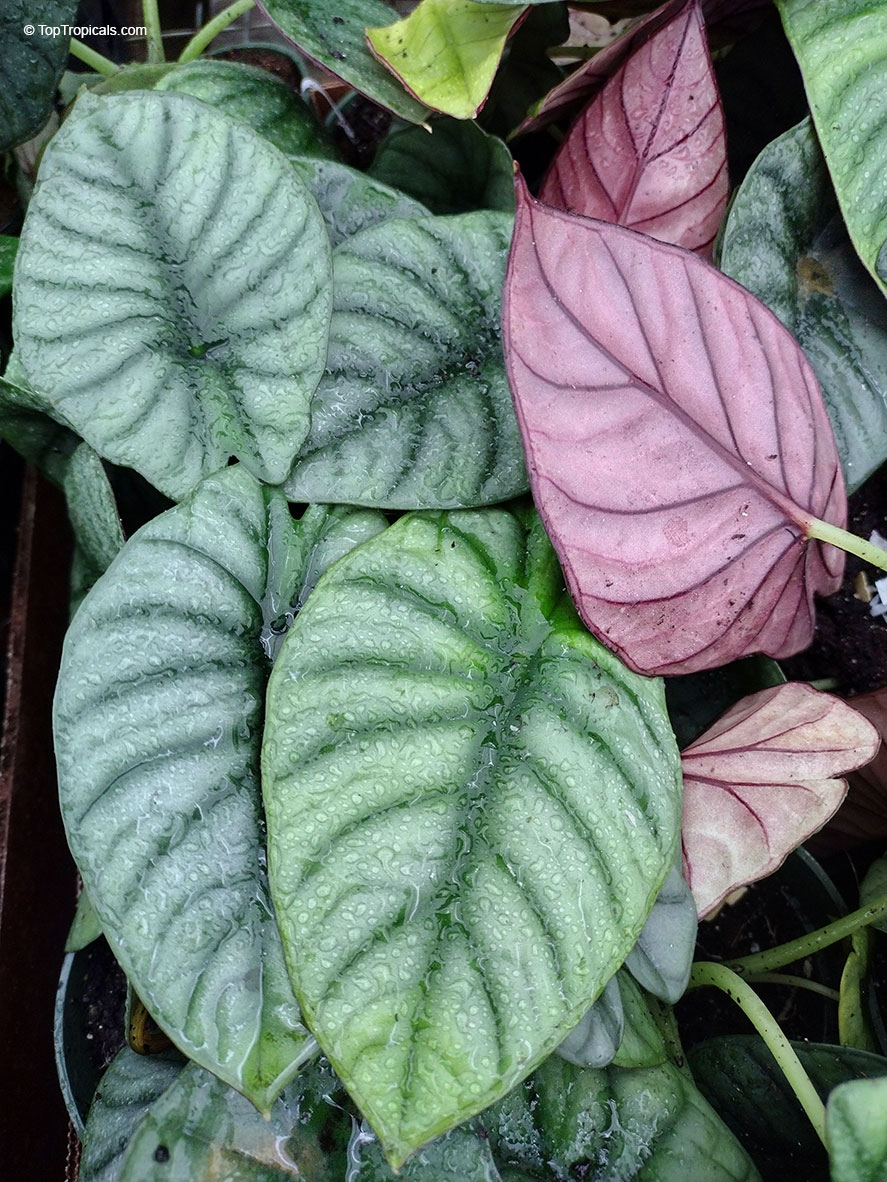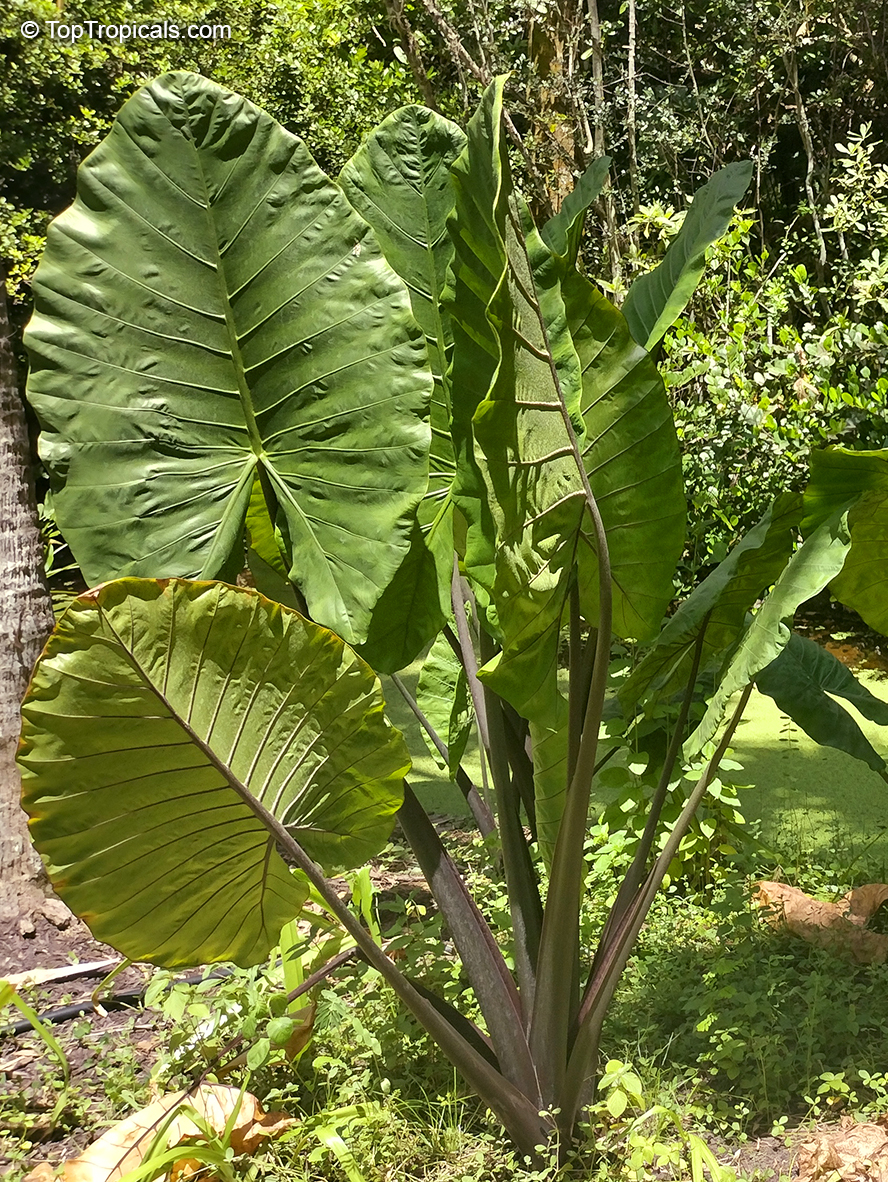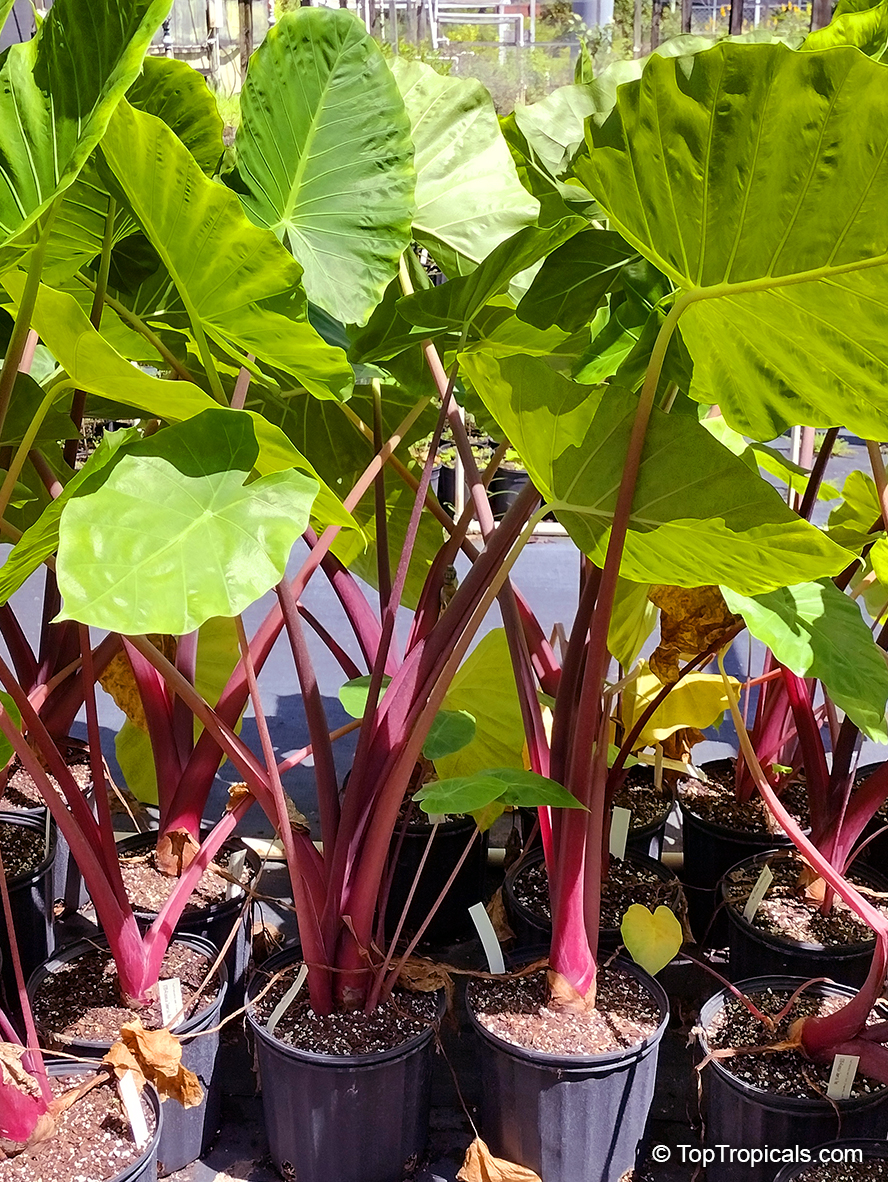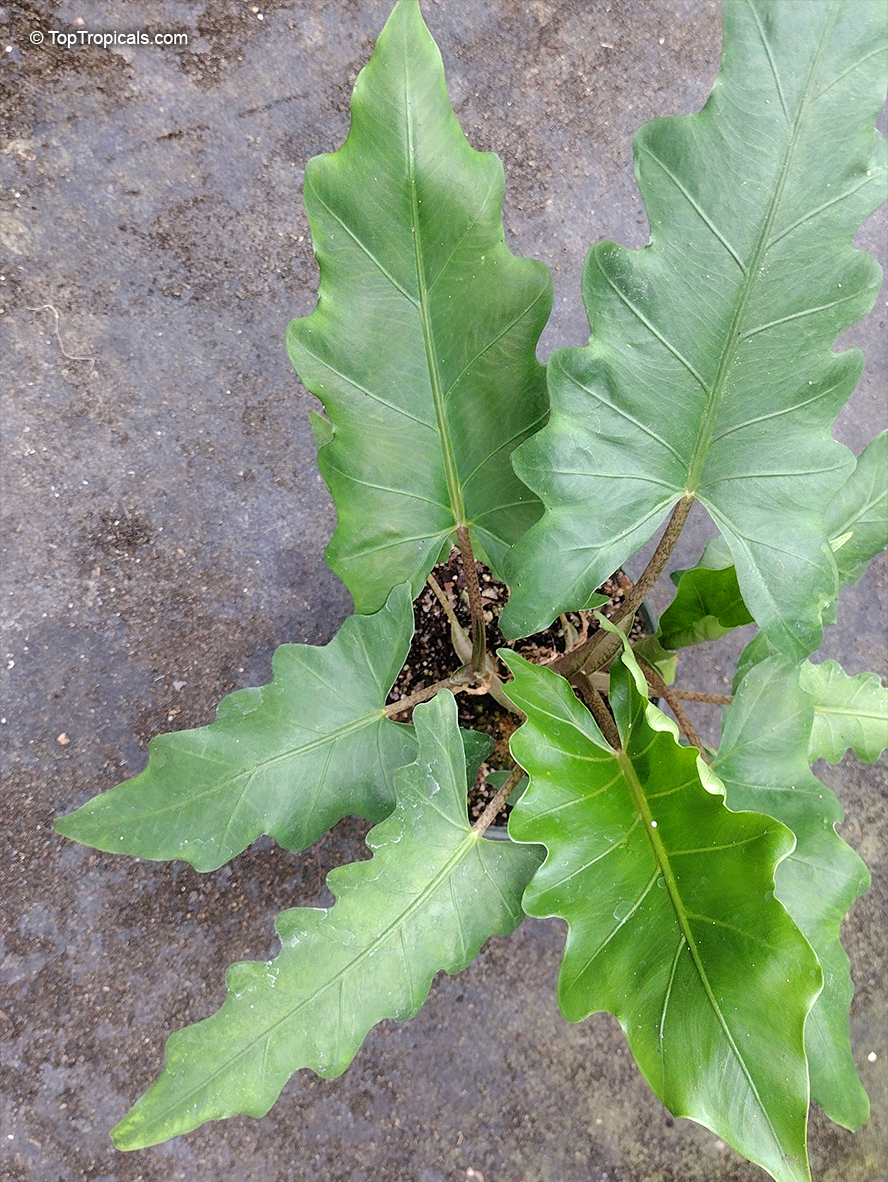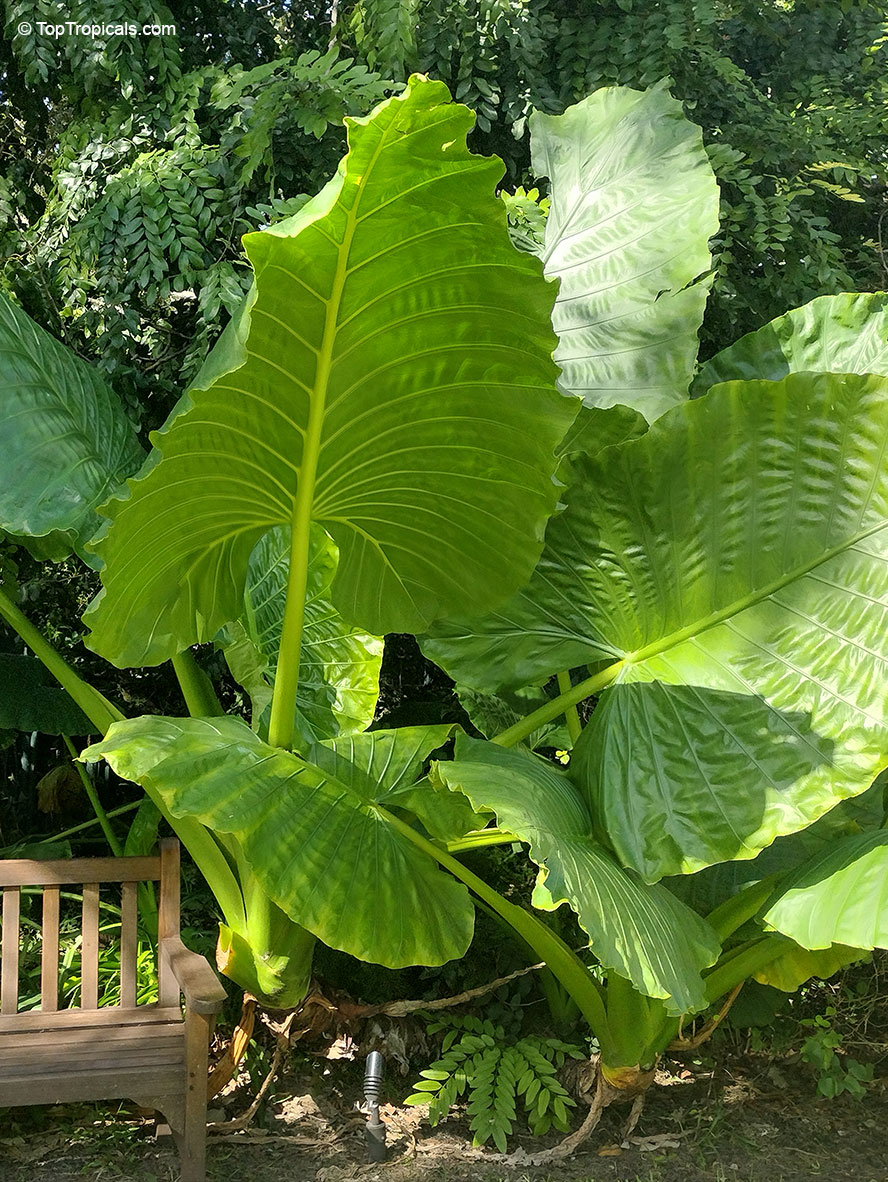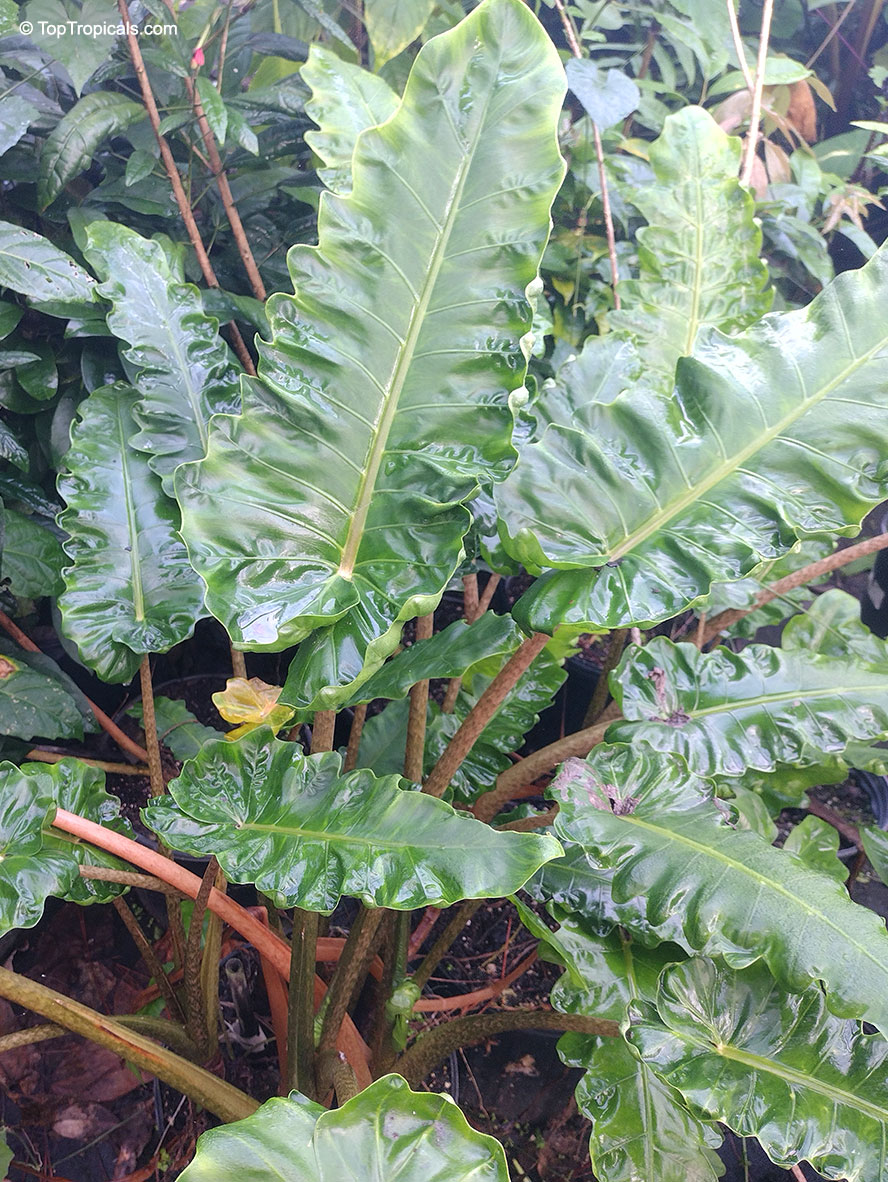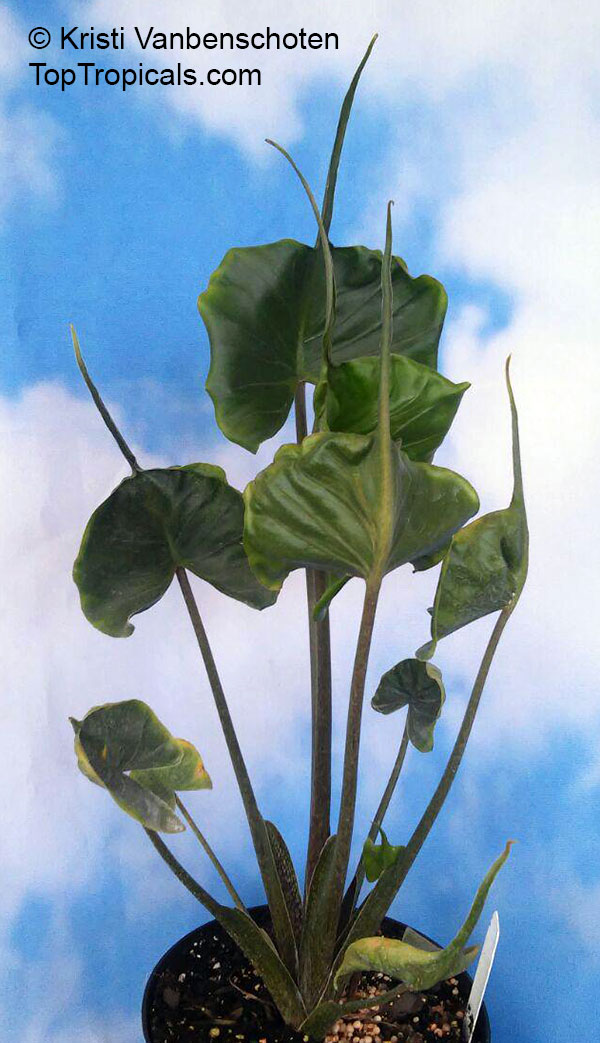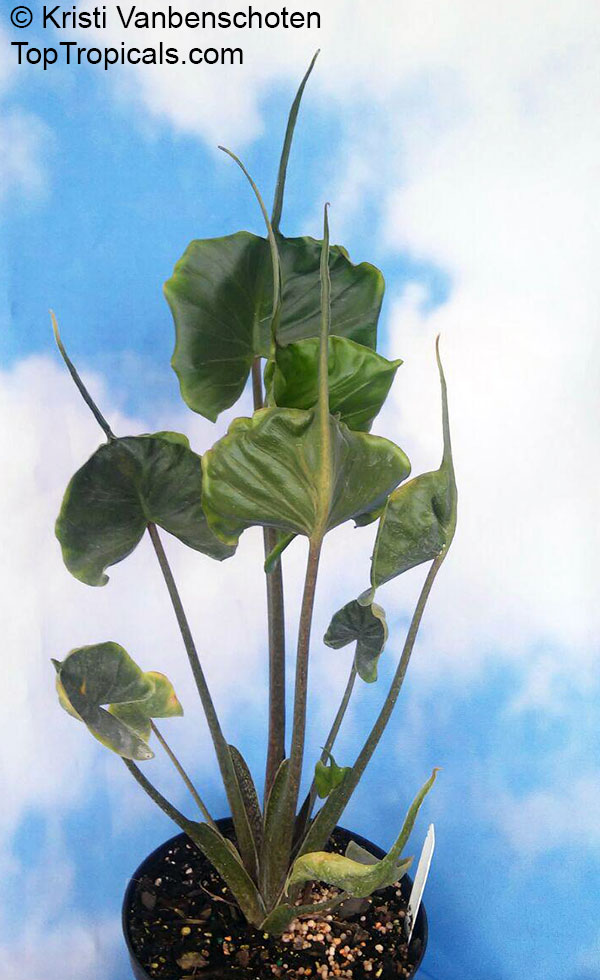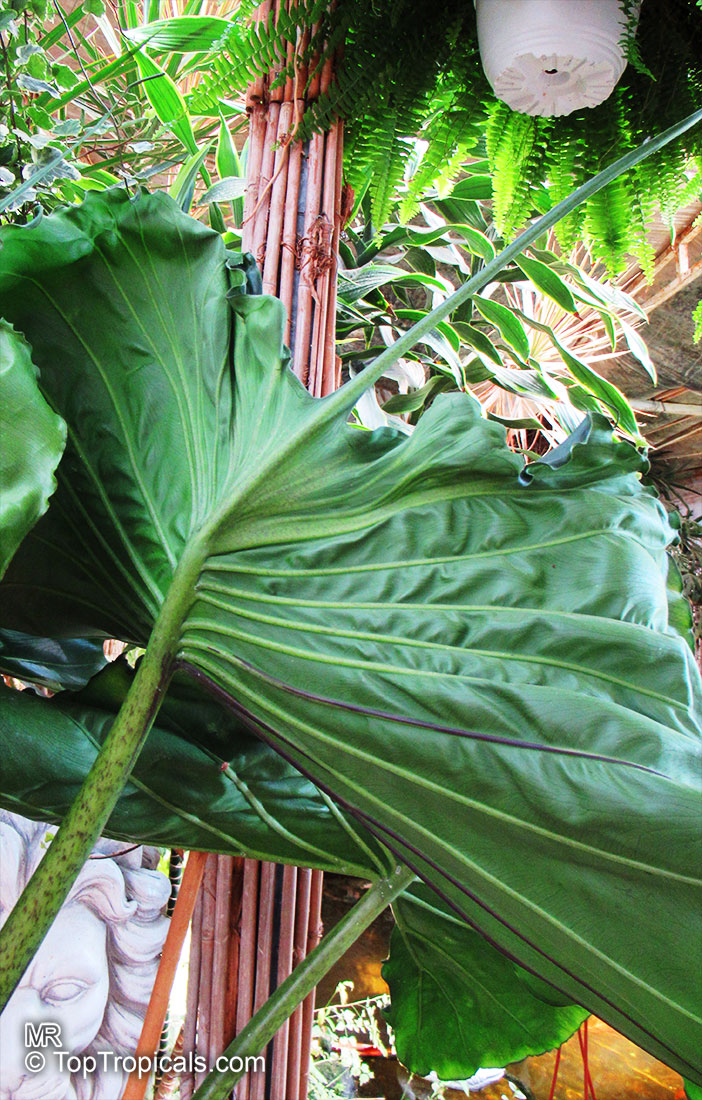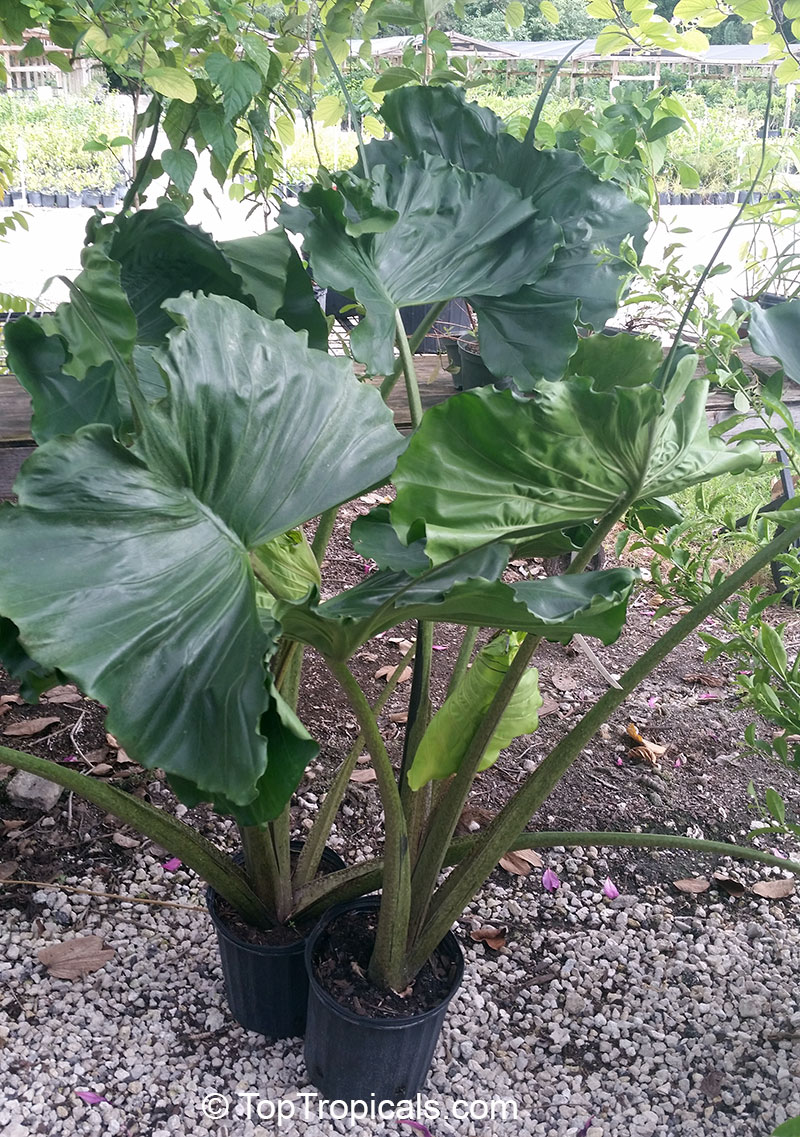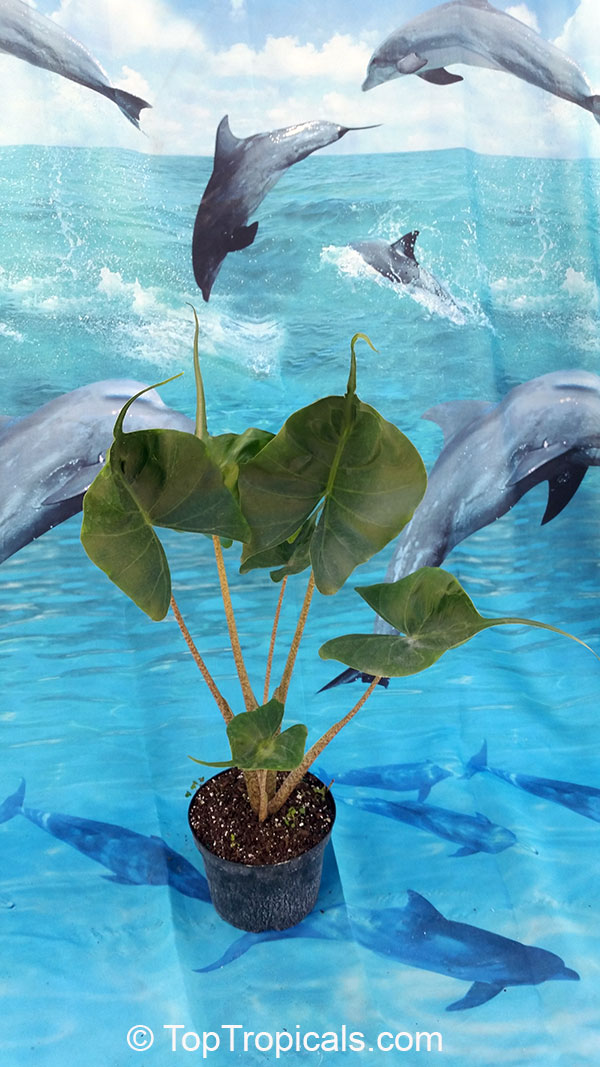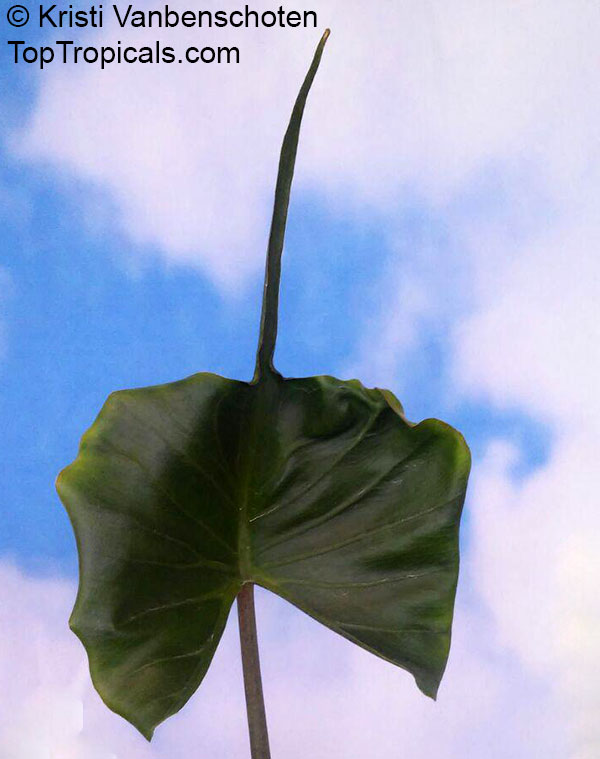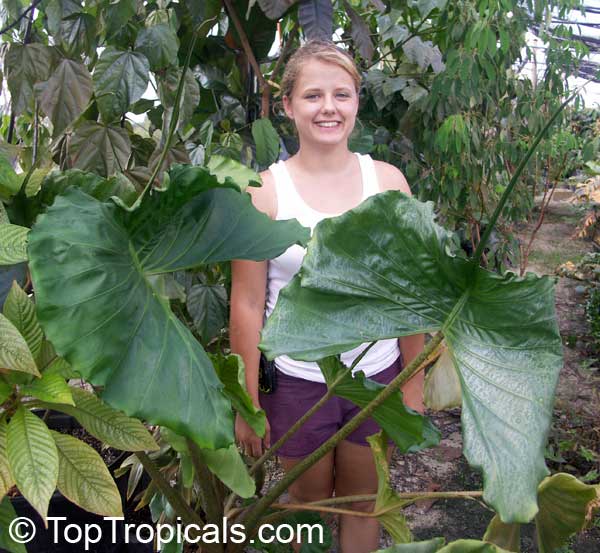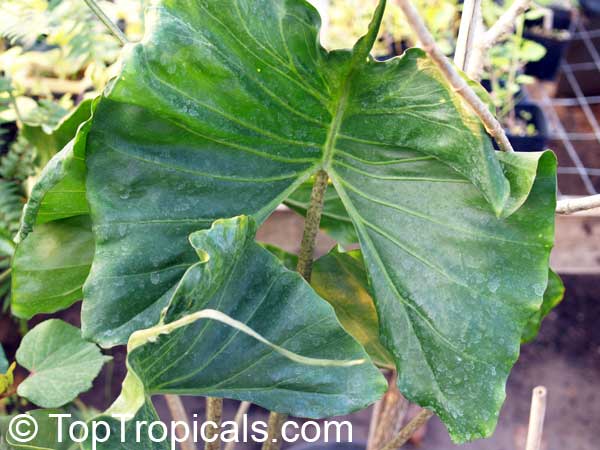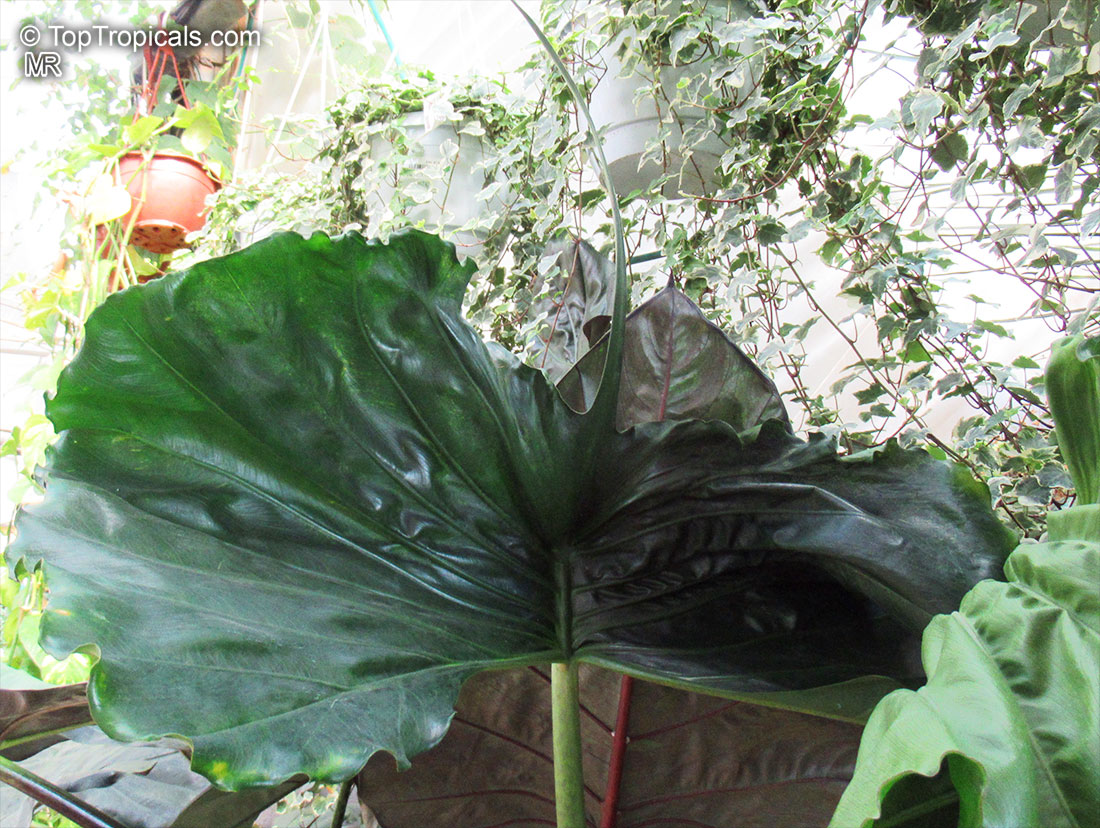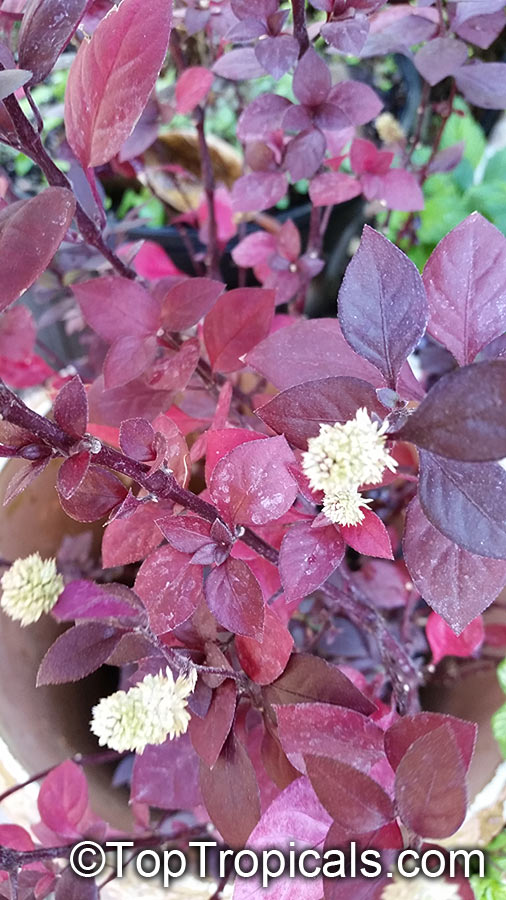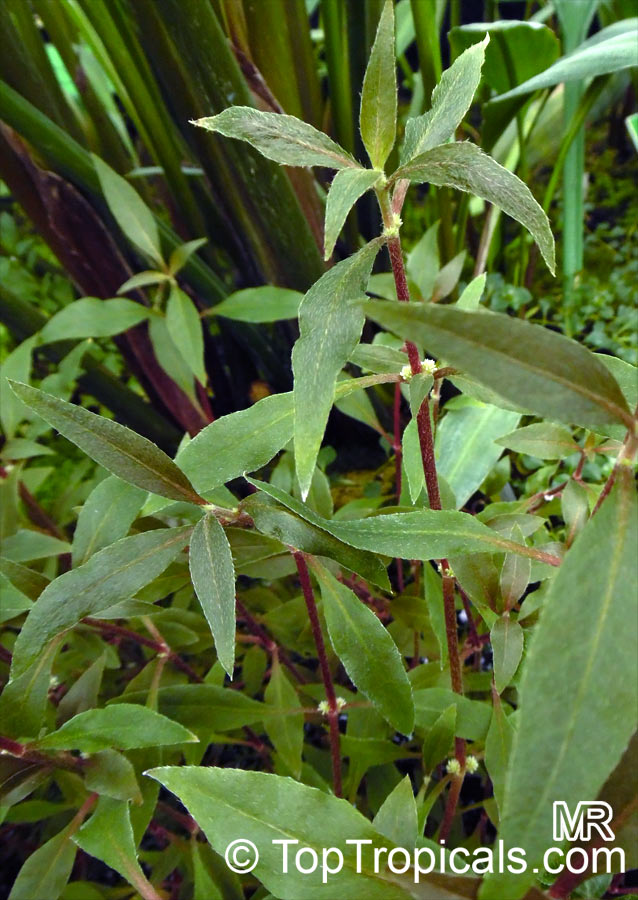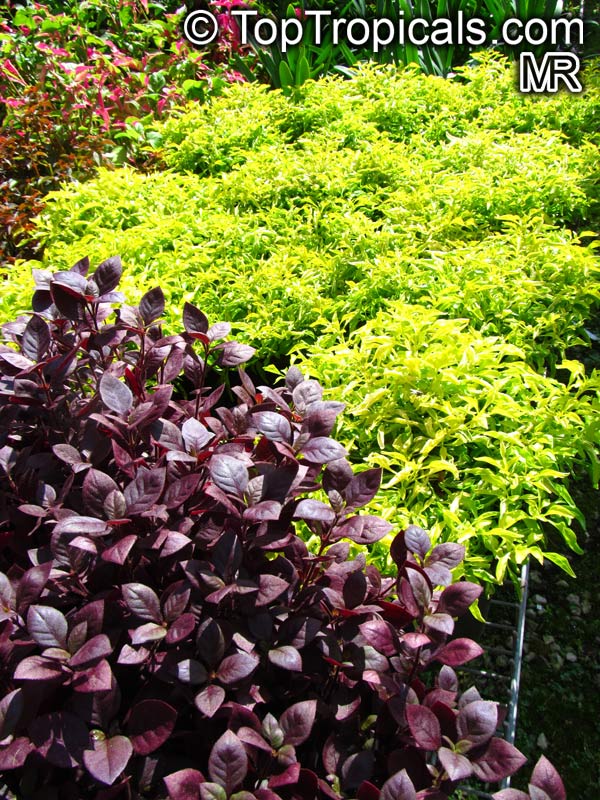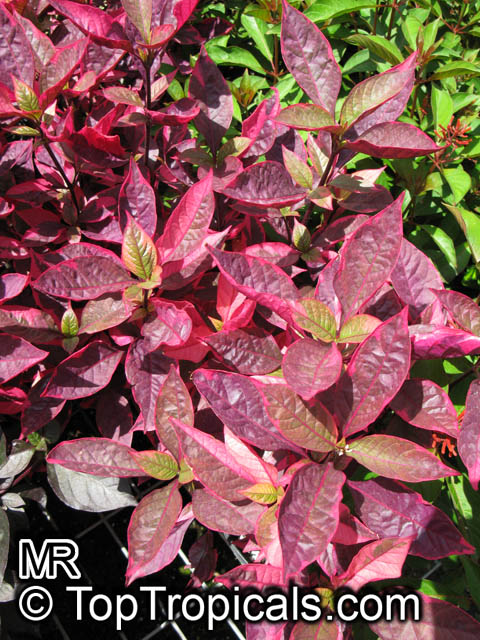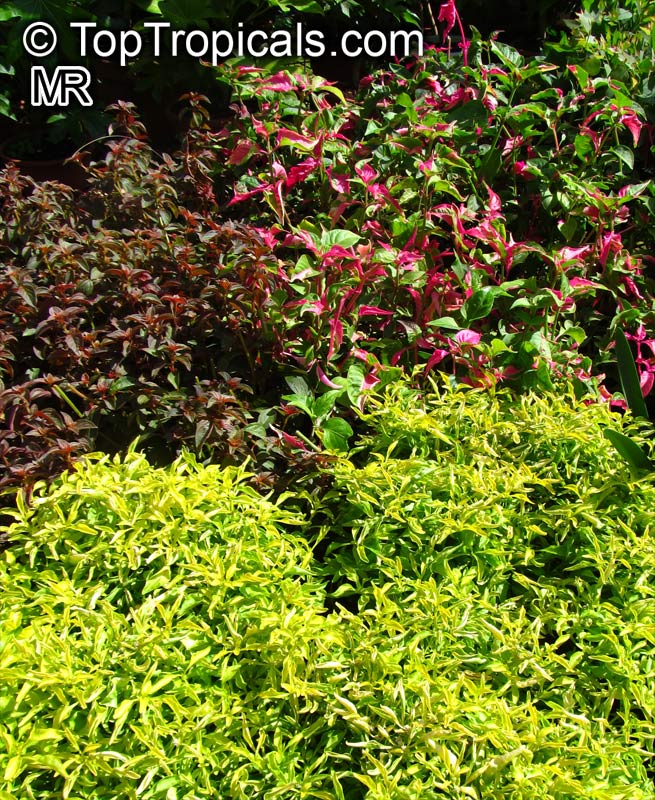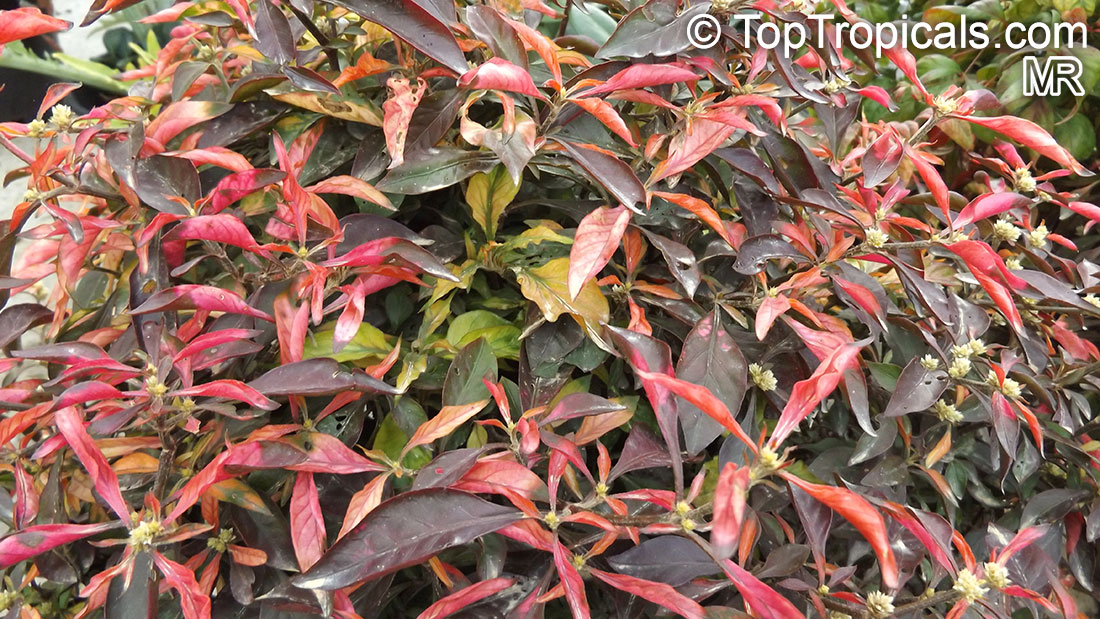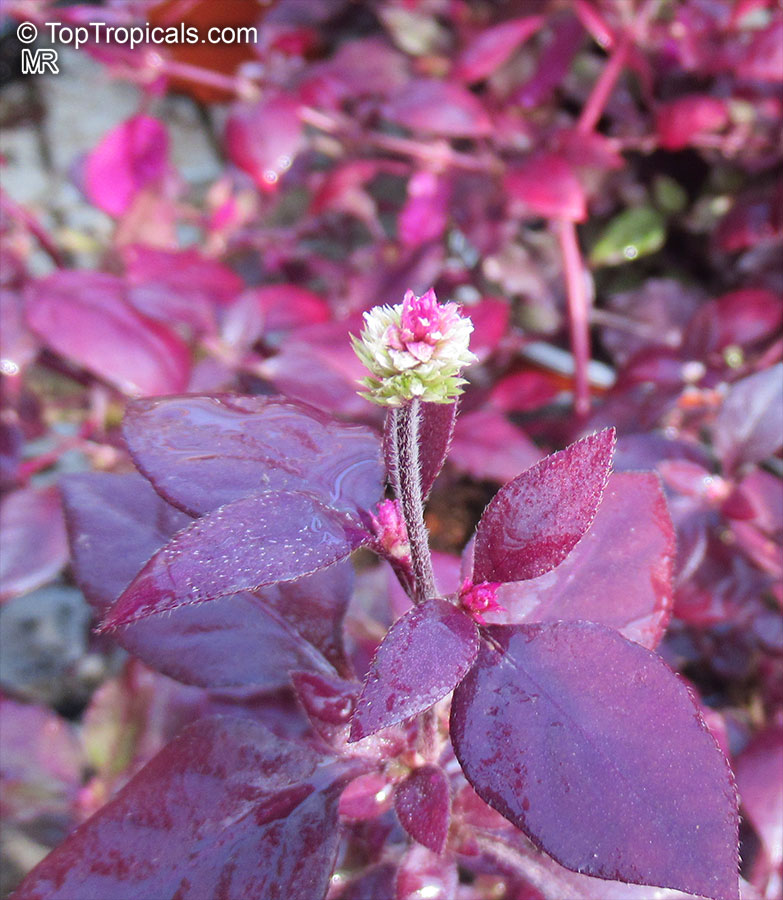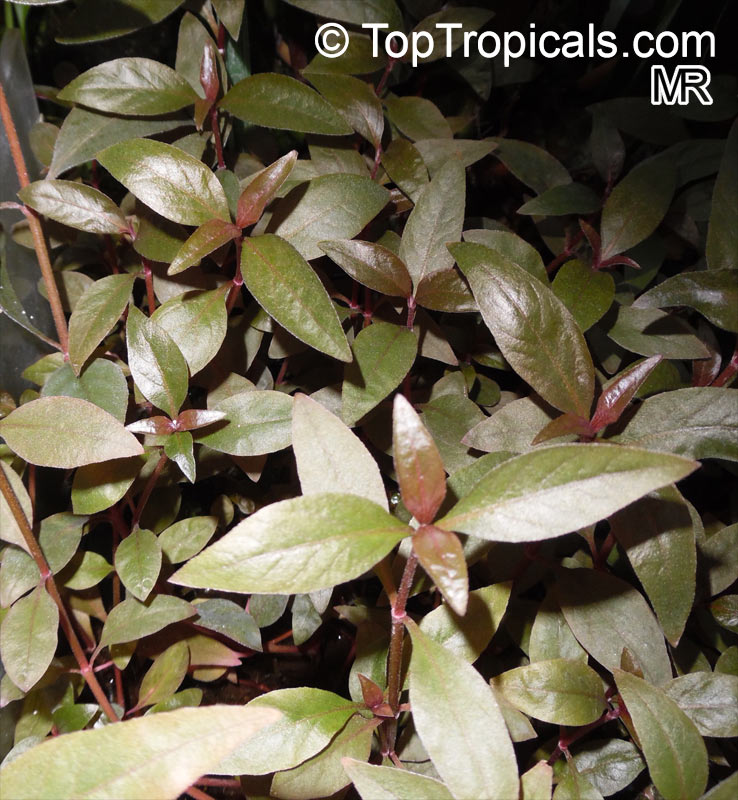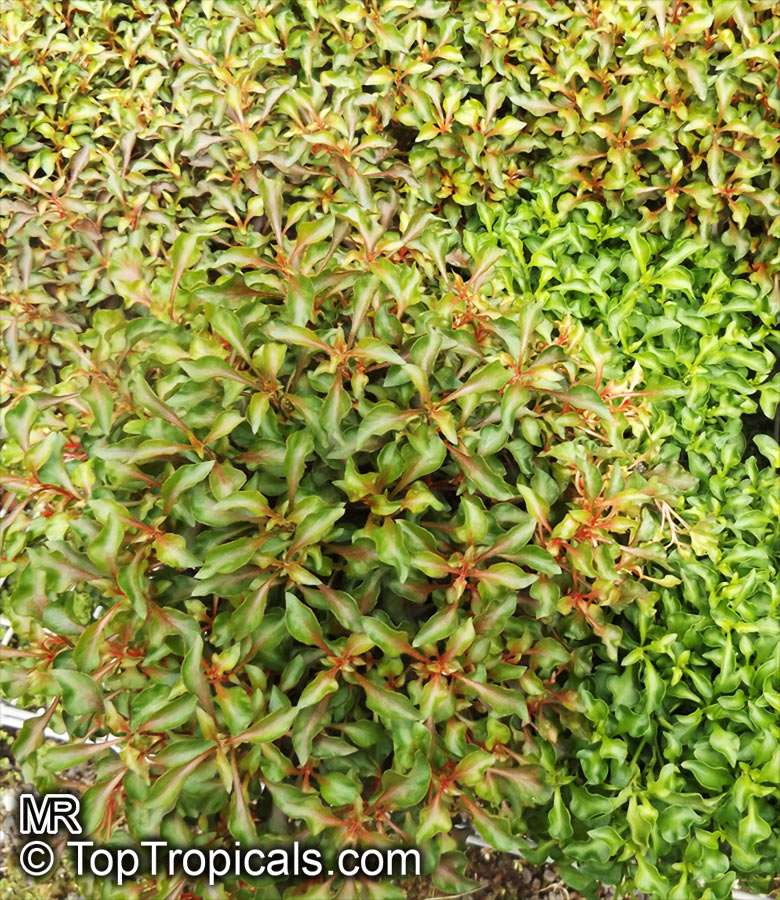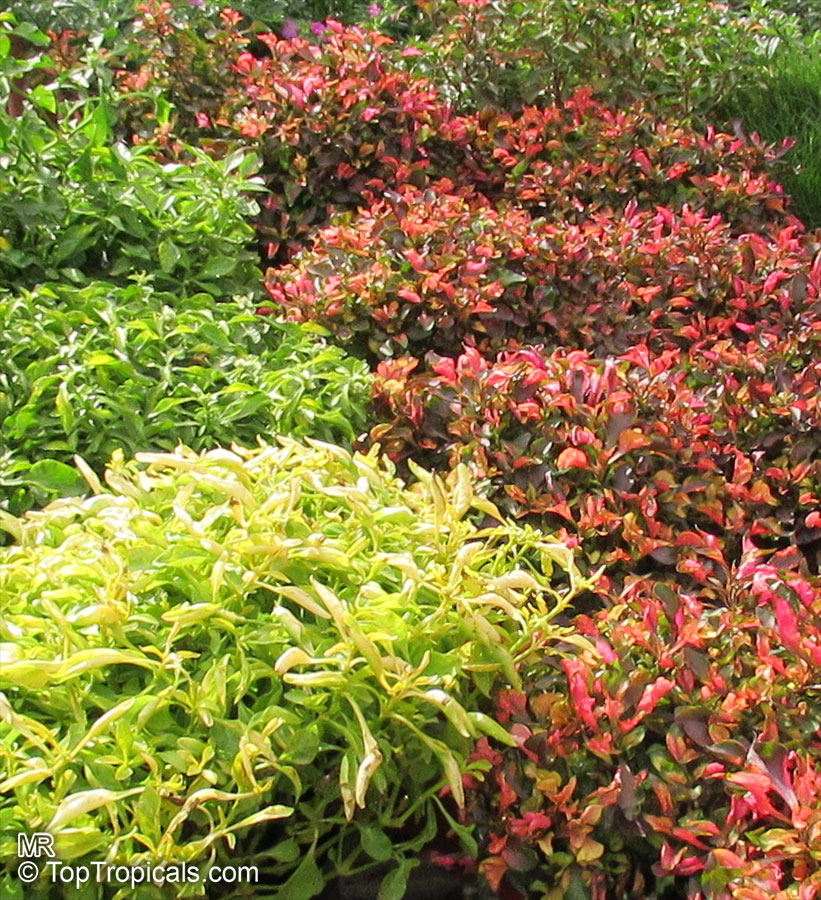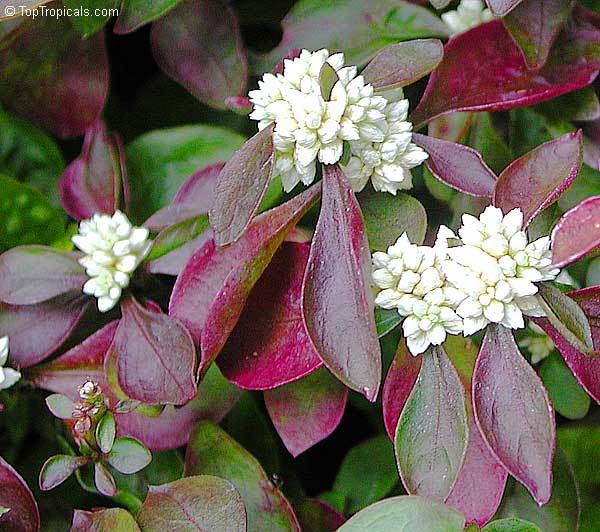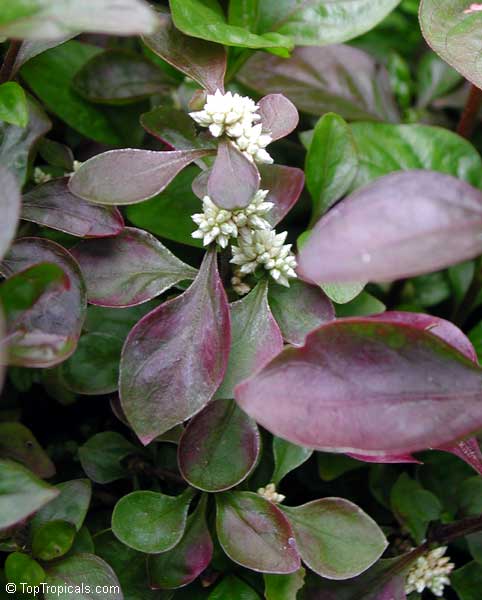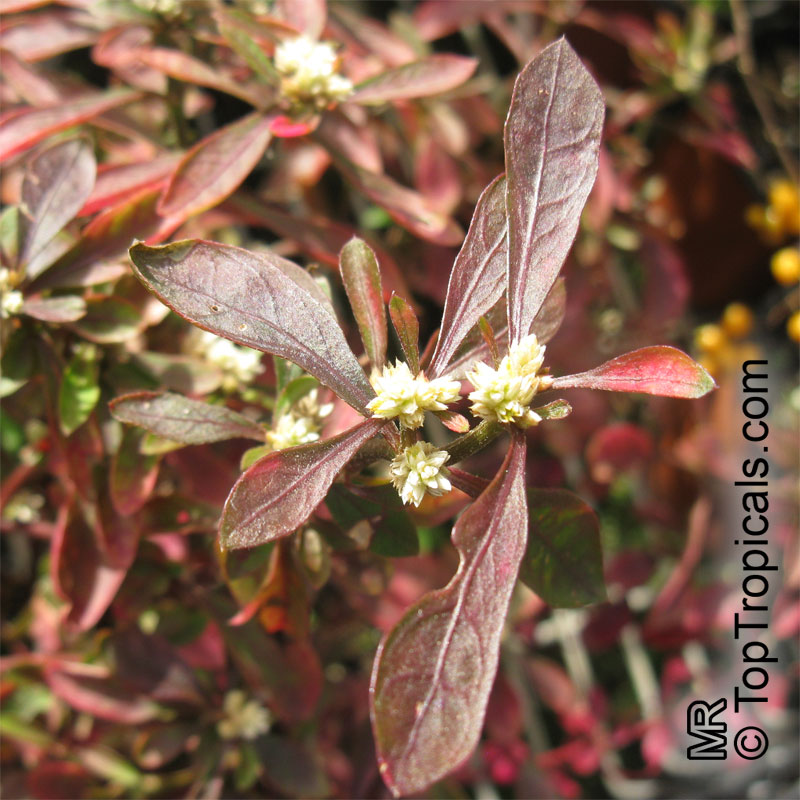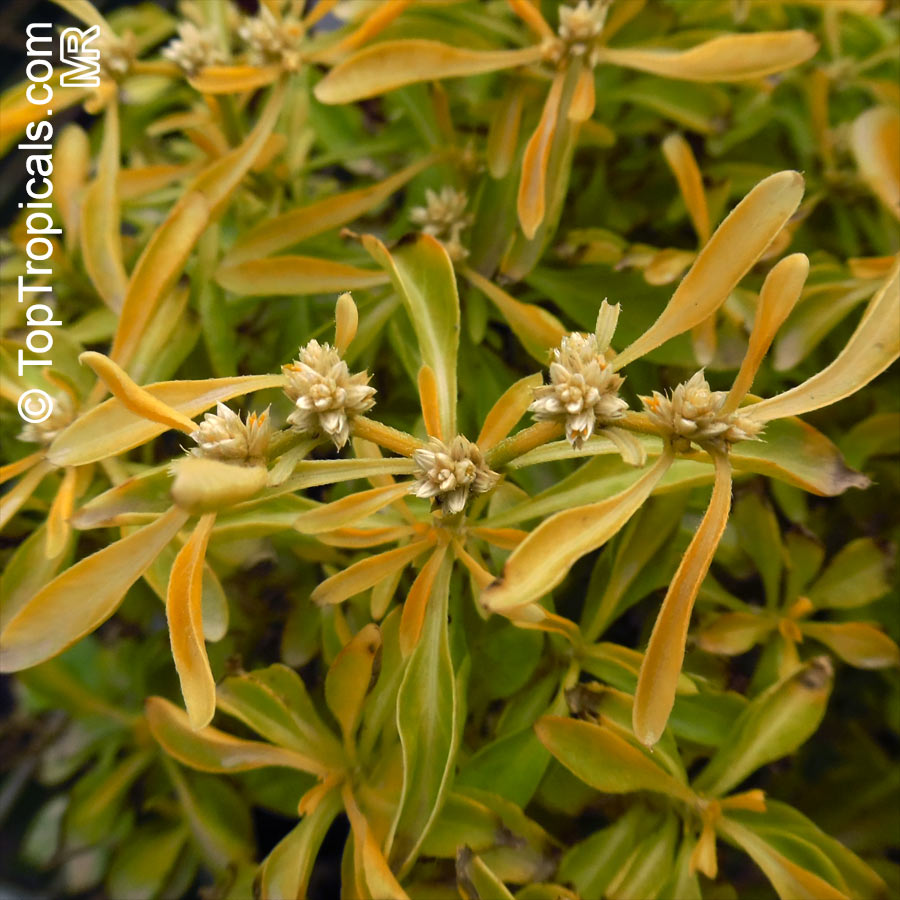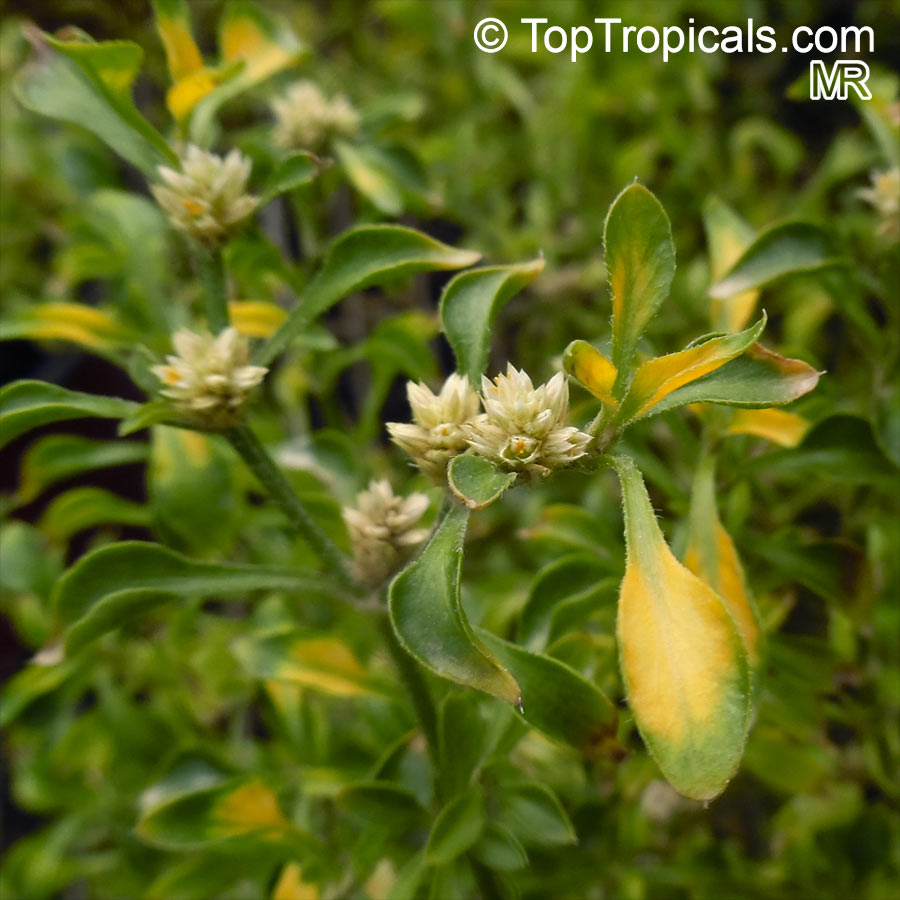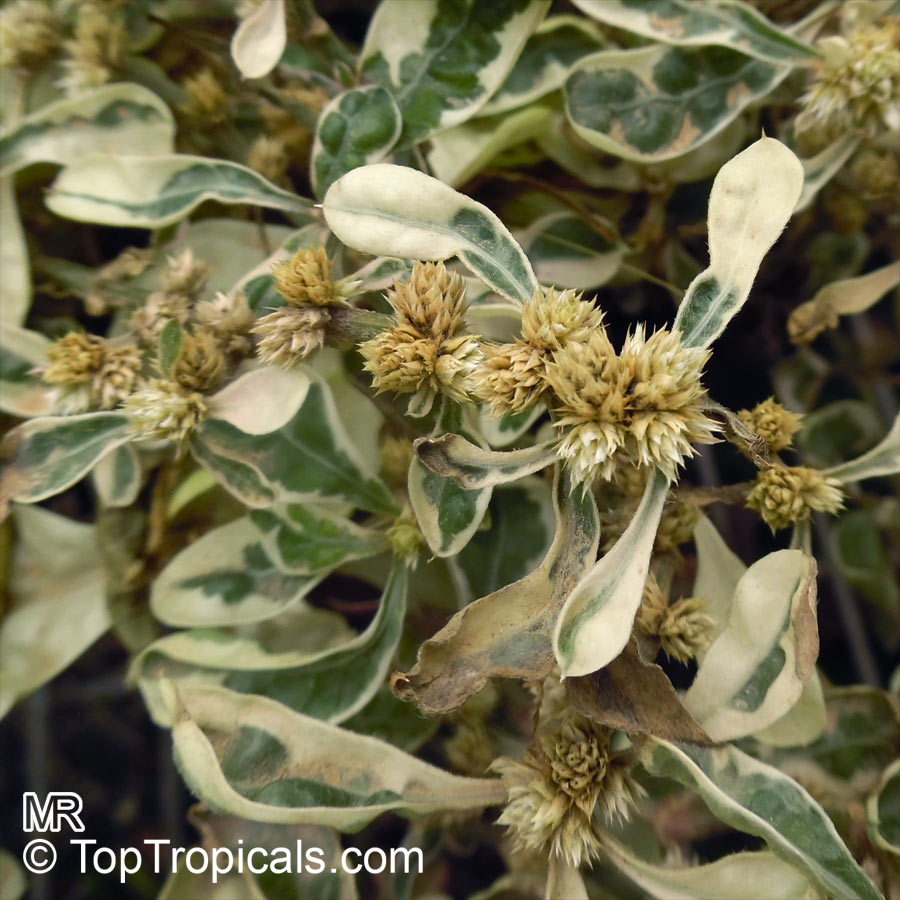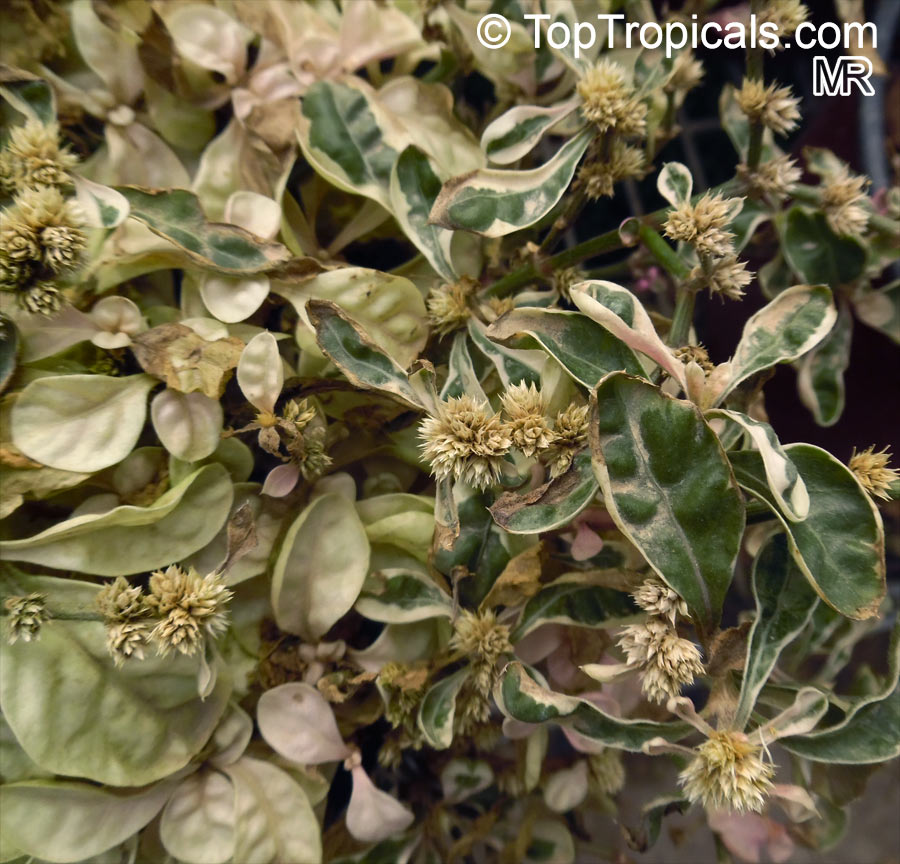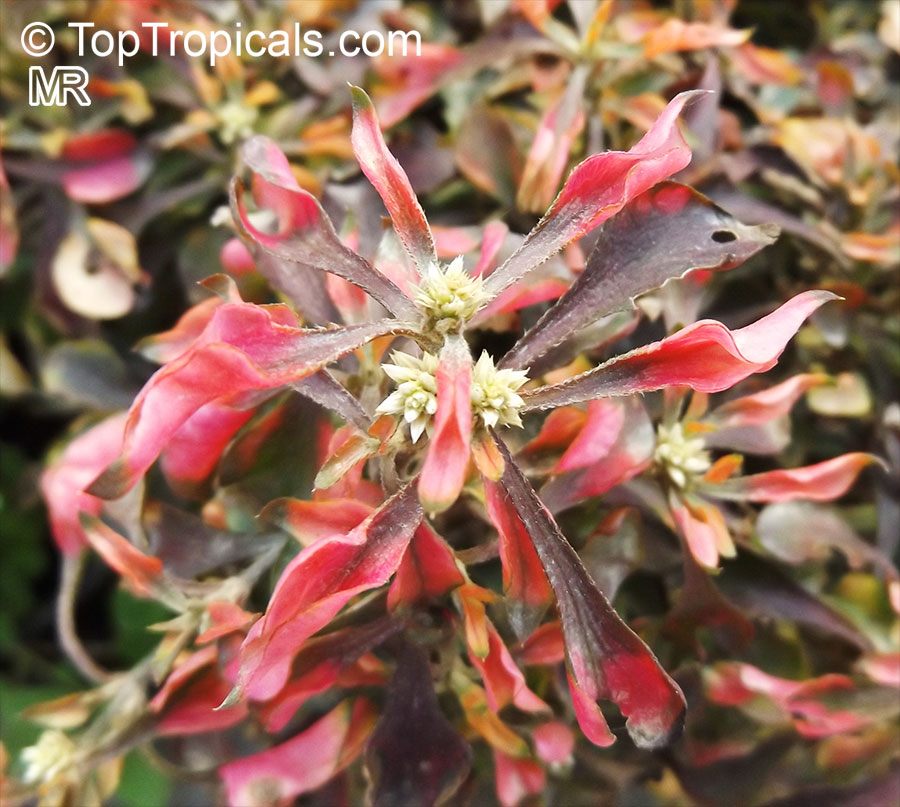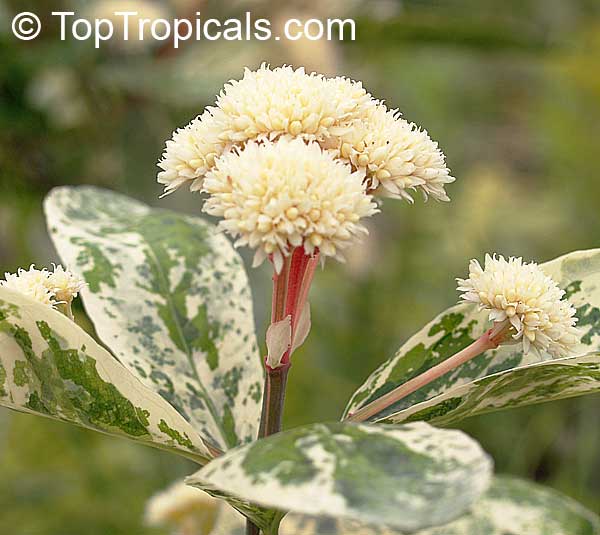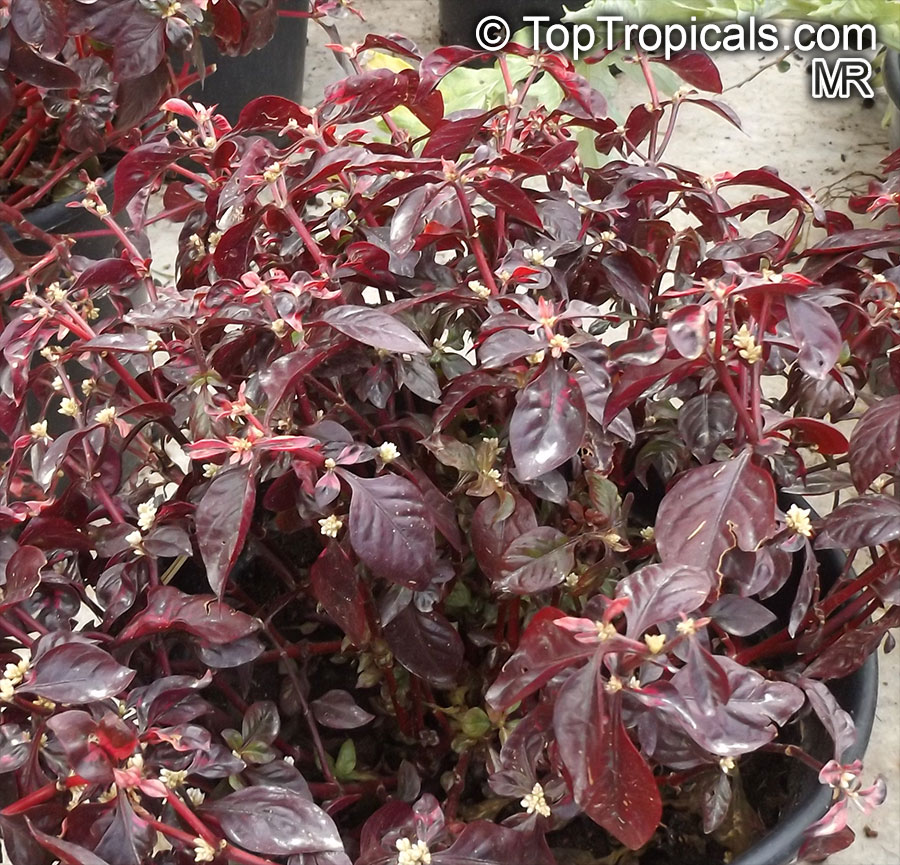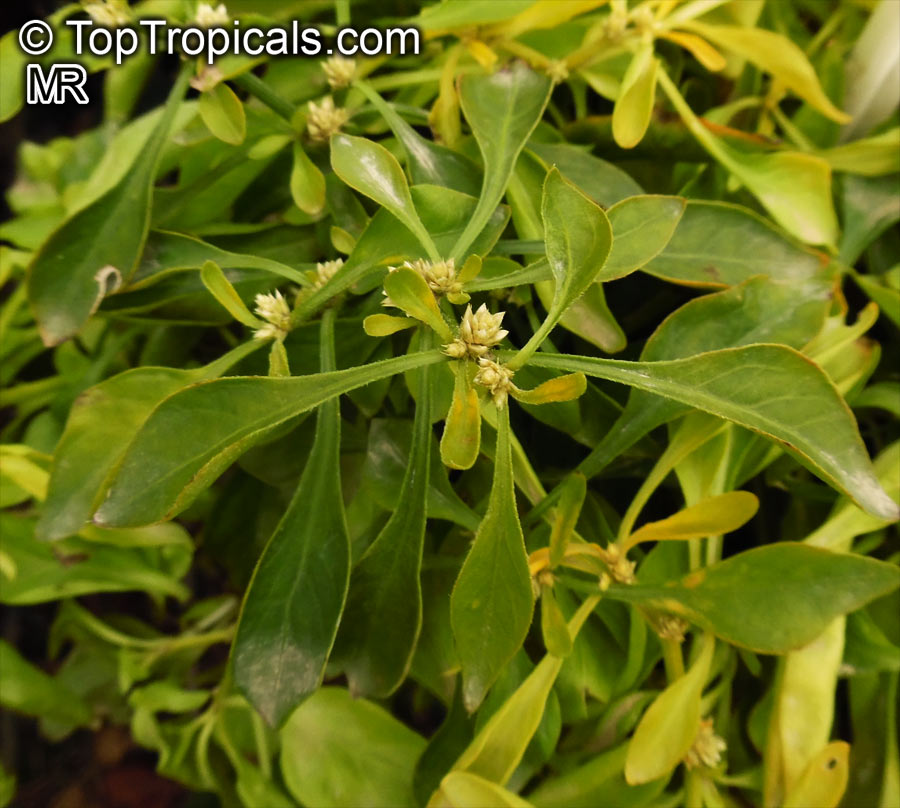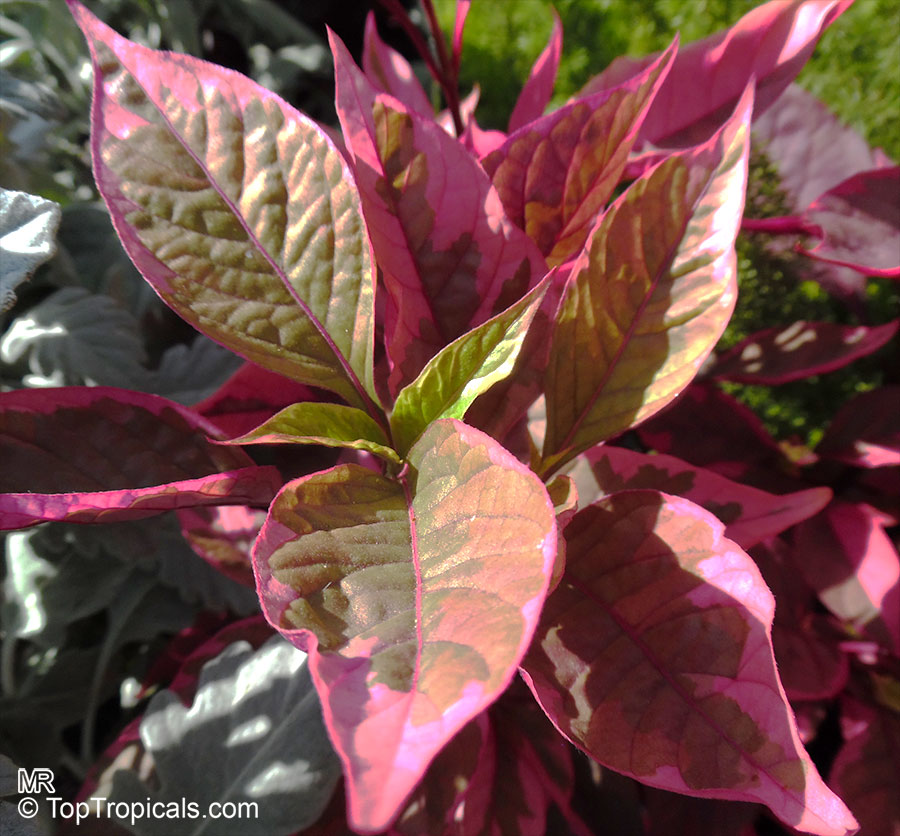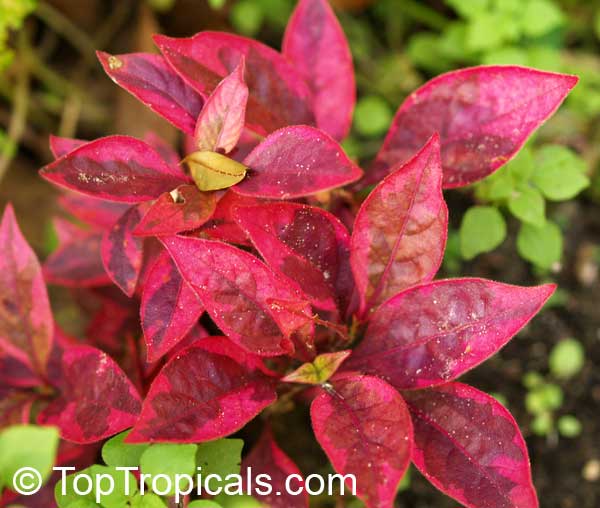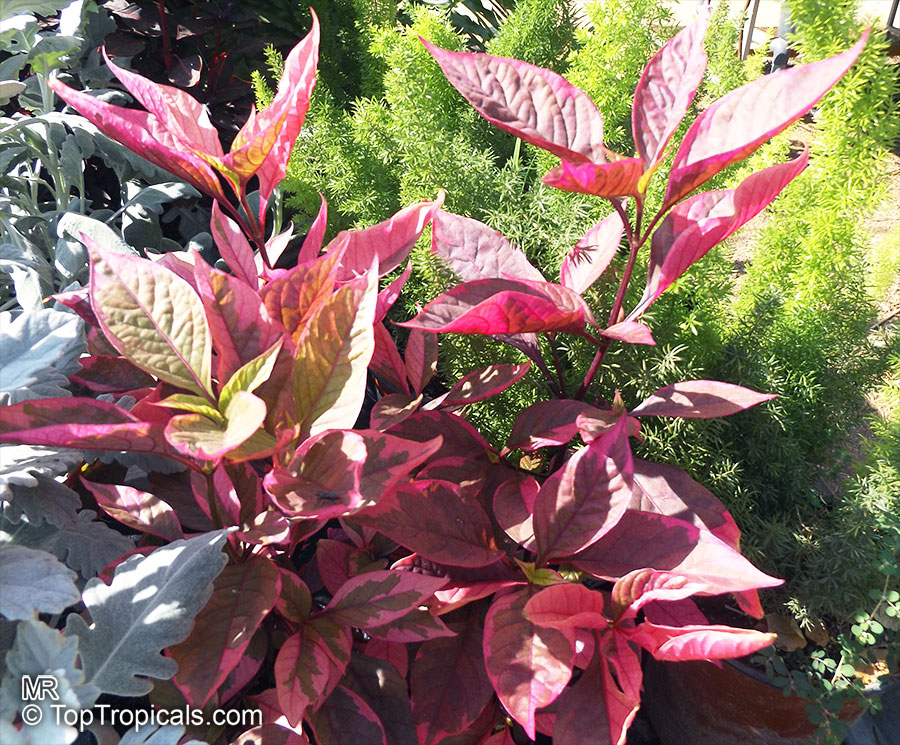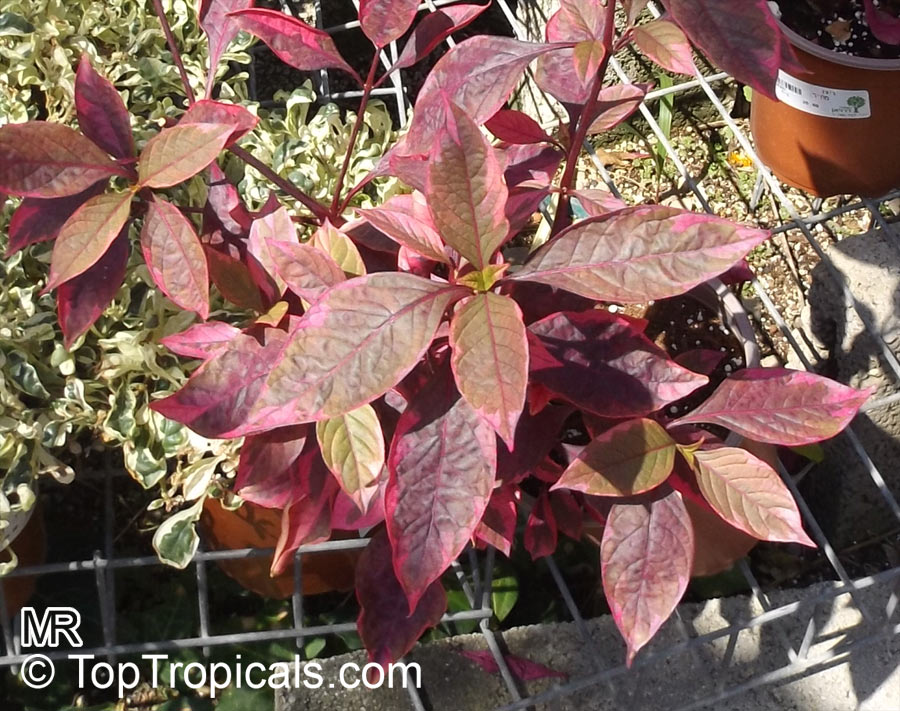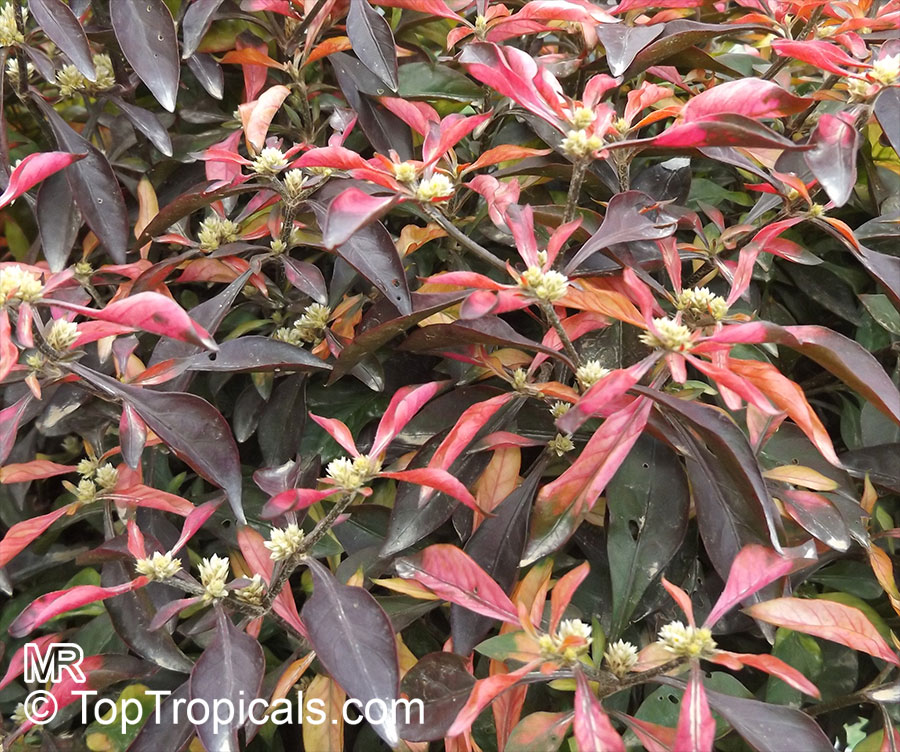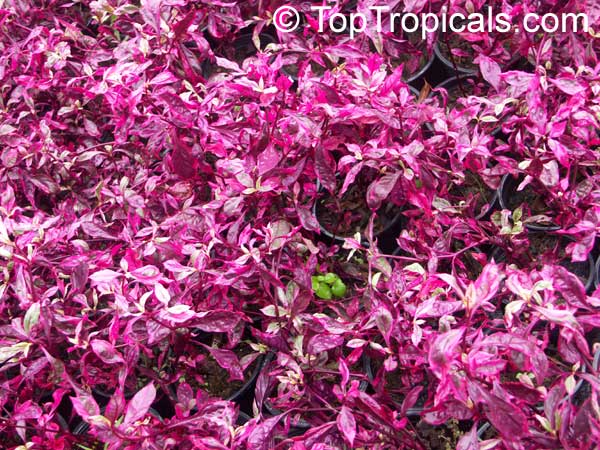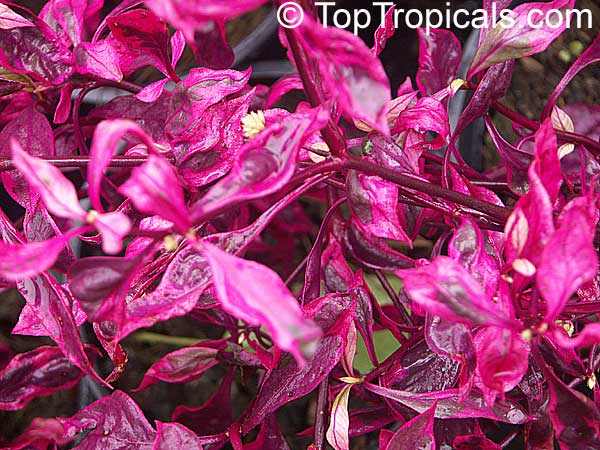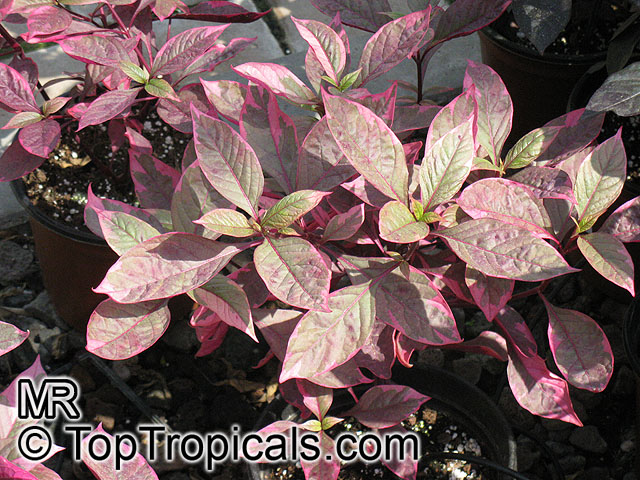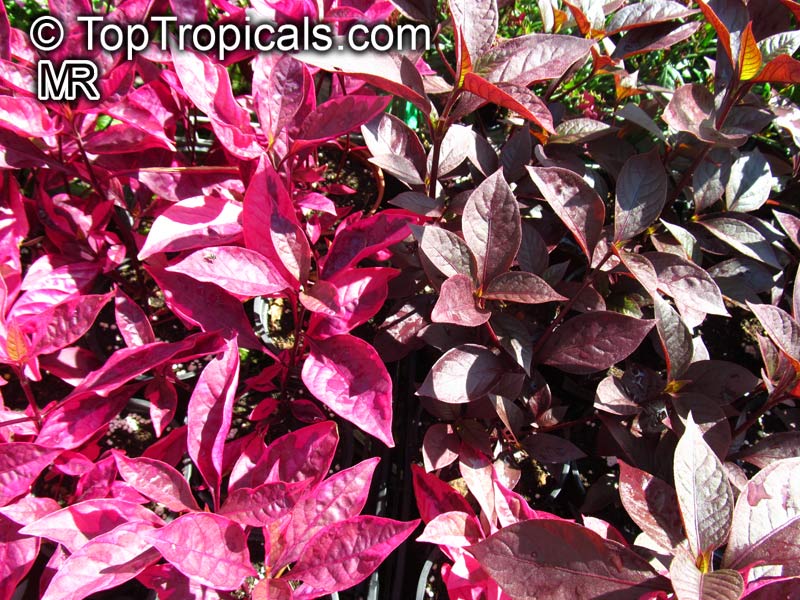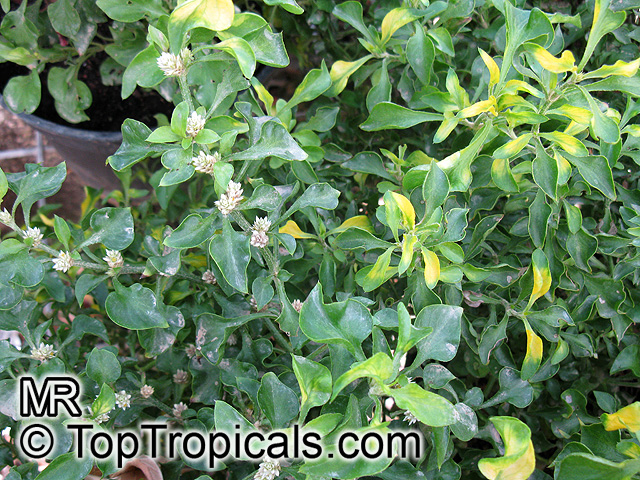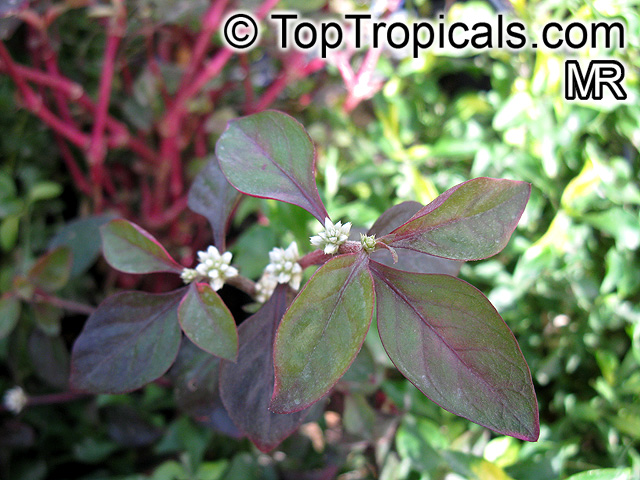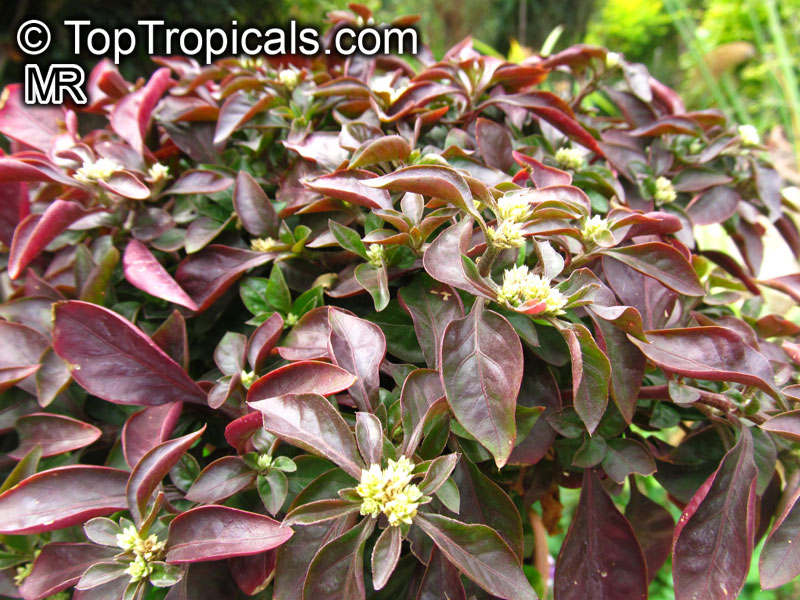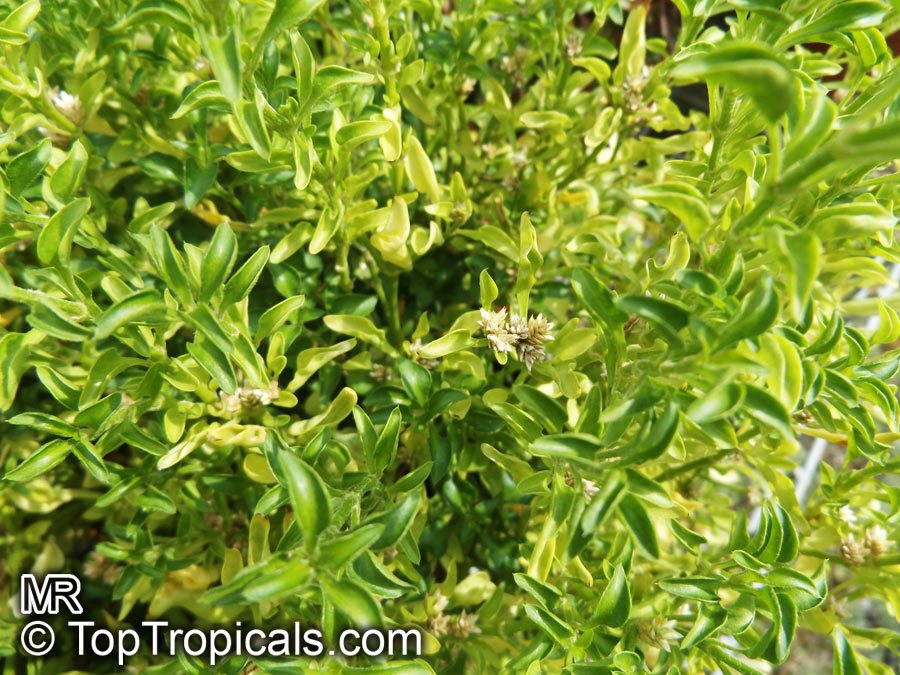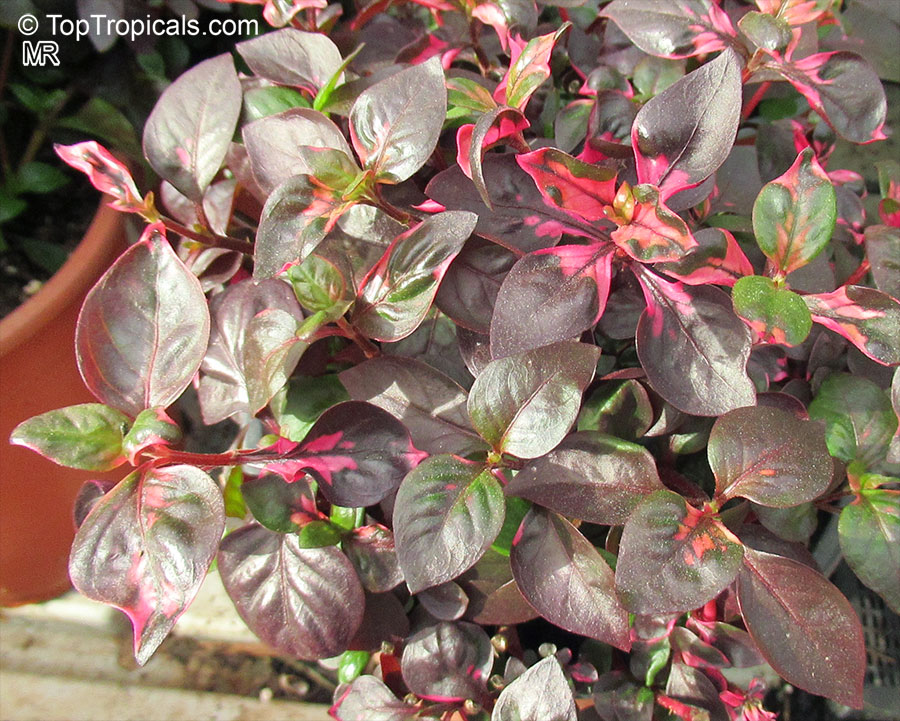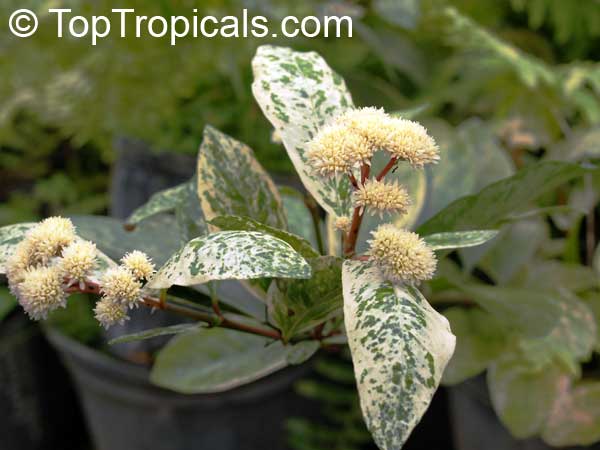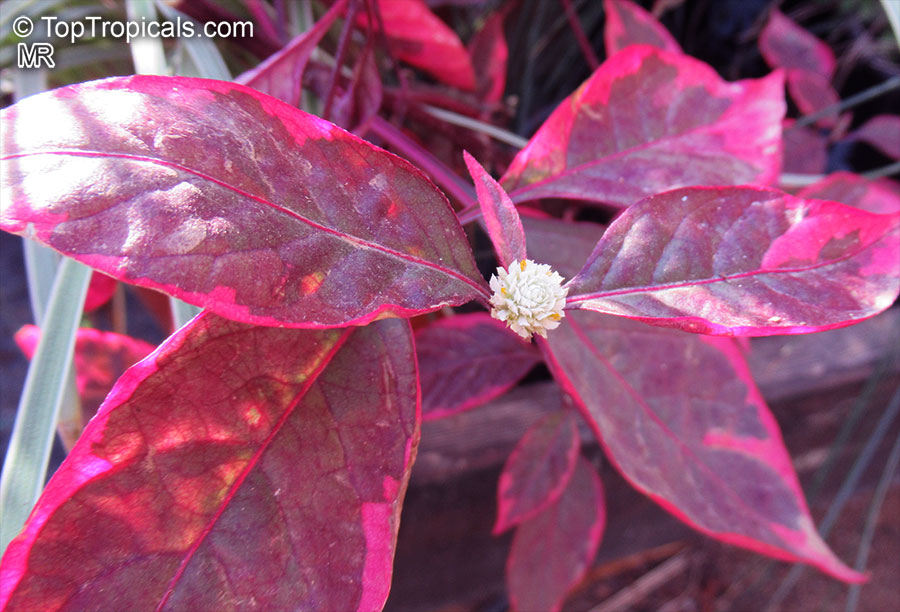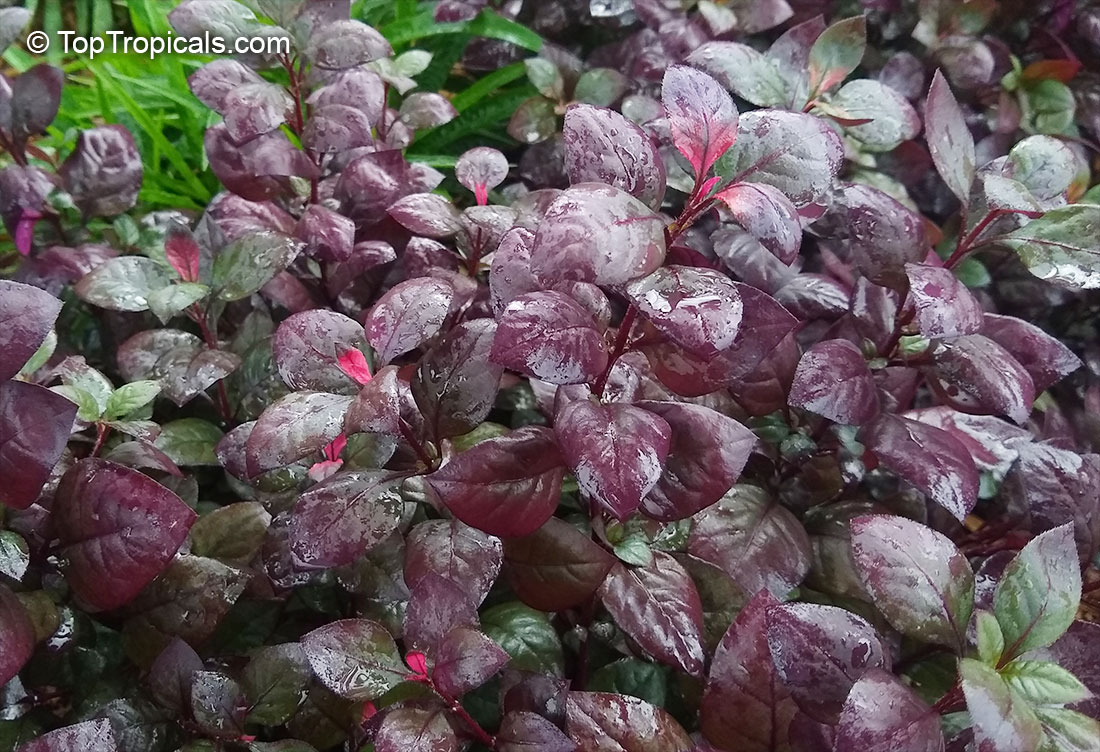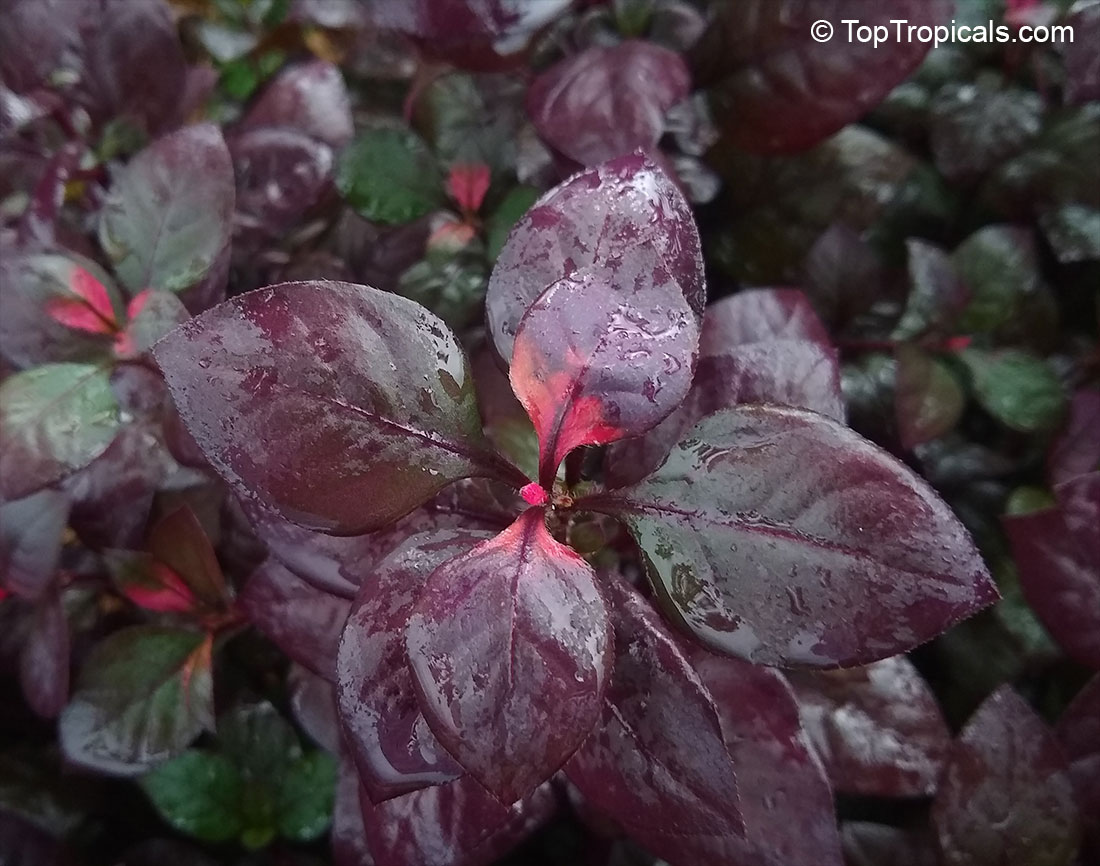Flood tolerant plant - Plant Encyclopedia Results
Top Tropicals Plant Encyclopedia
| Number of plants found: 179 | Next | 
|
Go to page: | 1 | 2 | 3 | 4 | 5 | Last |
Botanical name: Acacia redolens
Common names: Trailing Acacia, Bank Catclaw
Family: Fabaceae
Subfamily: Mimosoideae
Origin: Australia







Acacia redolens grows in full sun and is considered a large shrub, 5-10 ft tall. The yellow-orange flowers are an attraction for butterflies and hummingbirds. With proper care, plant can be grown in USDA hardiness zones 9 through 11. For gardeners in cold regions, the trailing acacia can be grown in a pot and brought indoors in the winter. To keep it healthy through the winter months, Acacia redolens should be placed in a sunny window and watered regularly. With plenty of sun, proper water, and occasional fertilizer, Acacia redolens will thrive indoors.
The plant is native to Australia and can be planted in a variety of landscaping situations. Its interesting and attractive foliage, along with its ability to tolerate drought, flooding, and cold temperatures make it a worthy addition to any garden. For those looking for a low-growing shrub with attractive, orange and yellow flowers, this Acacia species is a great choice.
Botanical name: Acanthus ilicifolius
Common names: Holly-leaved Acanthus, Sea Holly, Holy Mangrove
Family: Acanthaceae
Origin: India, Polynesia












Acanthus ilicifolius, or Holly-leaved Acanthus, is a perennial plant native to India and Polynesia. This plant can reach a large size, typically growing up to 5-10 ft tall. It has a semi-woody and sprawling structure, with thin stems coated in a glossy green hue speckled with white. The leaves are oval-shaped with a pair of spines at each angle.
Holly-leaved Acanthus prefers full sun to semi-shade and can be grown either in a bog or aquatic environment. It requires plenty of moisture as well as regular watering to stay healthy and vibrant. This plant also tolerates flooding and salty conditions near the seaside very well. Therefore, it can be a great addition to any garden in the USDA hardiness zone of 8-11.
The Holly-leaved Acanthus is adorned with clusters of beautiful blue, lavender and purple flowers. It is also an ethnomedical plant, hence its use in traditional medicine. Its stems are thorny or spiny and may require careful handling when handling.
When growing Holly-leaved Acanthus in a pot, it is essential to keep the soil moist and use quality organic potting soil. A location with some protection from the elements is preferred in colder regions as well as a winter mulching of thick straw to prevent frost damage. Additionally, it is important to keep an eye out for any pests and diseases that may occur and act appropriately to keep the plant healthy.
Botanical name: Acer sp.
Common names: Red Maple, Soft Maple
Family: Sapindaceae









Maple is a widespread deciduous tree popular in eastern North America.
Many of its features, especially its leaves, are quite variable in form. Among these features it is best known for its brilliant deep scarlet foliage in autumn. Red Maple is adaptable to a very wide range of site conditions. It can be found growing in swamps, on poor dry soils, and most anywhere in between. Elevation is also not a limiting factor in its range. Due to its attractive fall foliage and pleasing form, it is often used as a shade tree for landscapes. It is used commercially on a small scale for maple syrup production as well as for its medium to high quality lumber. It is the State Tree of Rhode Island. It is very cold hardy.
Maple is a very popular plant in Japan and a subject for bonsai. Autumn in Japan is celebrated with colorful autumn leaves known as momijigari. The foliage of trees light up the Japanese landscape. Scarlet Japanese maples flash against emerald conifers, this is the beauty of momijigari as you view the spectacular colors of changing leaves.
The maples have long been known to be closely related to the family Sapindaceae.
This plant is grown from seed collected in Florida, so it is suited for planting in Florida. It may perform worse up North.
Recommended Fertilizer: SUNSHINE Robusta - Rapid Growth Booster
Botanical name: Acorus gramineus var. variegatus
Common name: Sweet Flag
Cultivar: Variegatum
Family: Acoraceae
Origin: Japan









The plants are evergreen in warmer climates, but they will die back to ground level in colder climates. Although they are water lovers, this species can take quite a bit of drought. I have seen this plant used as an accent in dry rock gardens.
Botanical name: Acrostichum aureum
Common names: Piai Raya, Golden Leather Fern, Mangrove Fern
Family: Pteridaceae
Origin: Pantropical









Acrostichum aureum, also known as Piai Raya, is a small plant that grows to a height of between 2 and 5 feet tall. Native to Pantropical, it grows in USDA Zone 9-11 and is a great plant for adding ornamental foliage to gardens and yards. It is a flood and seaside tolerant plant and can even tolerate salt.
This plant prefers full sun to semi-shade, and can also be grown in boggy or aquatic soil. It needs regular water to keep it looking its best, so make sure to water it every few days during dry spells. Additionally, Piai Raya has ethnomedical properties, and has been known to be used for medicinal purposes.
Growers in cold regions should take special care when growing this plant in a pot. It is best to select a pot with several drainage holes, and the soil mix should be one that readily drains. Additionally, ensure that the pot is well insulated, as the roots are vulnerable to extreme temperatures. Ensure that the soil is also kept moist and fertilize every couple of weeks. With a bit of extra care, Acrostichum aureum can thrive in colder climates.
Botanical name: Alocasia macrorrhizos
Common names: Giant Taro, Giant Elephant Ear, Upright Elephant Ear
Family: Araceae
Origin: Tropical Asia










Alocasia macrorrhizos is similar to other large-leafed arums such as the Xanthosoma sagittifolium, Peltrandra spp., and Colocasia esculenta, often called Taro. Alocasia macrorrhiza differs from the others in having an upright stem and holding its leaves upright, and in several technical characteristics that mean a lot to the botanists. Numerous hybrids have been produced from among the various Elephant Ear species, and it's not always possible to identify particular specimens.
It produced insignificant but fragrant white flowers on a sradix enclosed in a leaf-like, yellow-green spathe.
Giant taro is cultivated throughout the tropics for its edible rhizomes and shoots.
Alocasias require continual warmth and humidity. The soil should be rich but well drained, and the plant appreciates frequent watering (daily in hot weather), especially as if grows larger. Note however, that when the plant is young and small, too much water (particularly if the weather is cold) will rot the tuber, so be careful not to overdo it.
Bright light is preferred, but it will do well in anything up to 80 percent shade. Leaves tend to grow larger in shadier positions. Full sun is usually not preferred and may discolor the leaves, although it will usually cope with a bit of full sun provided it can get enough water.
Recommended Fertilizer: SUNSHINE Robusta - Rapid Growth Booster
Recommended Fertilizer: SUNSHINE Robusta - Rapid Growth Booster
Last one
Recommended Fertilizer: SUNSHINE Robusta - Rapid Growth Booster
Botanical name: Alocasia odora
Common name: Giant Upright Elephant Ear
Family: Araceae
Origin: Tropical Asia










It grows in light shade to partial sun, in a well-drained, fuzzy soil. Where cold winter temperatures occur, it is best to plant these in a container that can be moved indoors; they are only cold-hardy to Zone 7-11, so Zone 8 and below should take extra caution, as this plant cannot tolerate frost.
A tall, woody perennial, Alocasia odora typically grows up to 5-10 feet tall in its native Tropical Asia. With its large, striking leaves and small, off-white/white fragrant flowers, it has become a popular ornamental choice for gardens. The foliage has an intense shine, and striking color contrast with the veining and patterning.
Alocasia odora prefers partial shade and regular water. It will tolerate bog or aquatic garden conditions and flood-like conditions. It requires a soupy soil or a soil that allows for good drainage.
In order to ensure a healthy, robust growth, it is important to evenly water the plant regularly, ideally using a moisture meter to determine the proper moisture level. It is also recommended to place the plant in spots where it will receive plenty of indirect sunlight and to fertilize it bi-weekly.
However, in cold regions, it is essential to be aware of the fact that Alocasia odora is only cold-hardy to temperatures at least as low as 30°F for a short time. To prevent any cold damage, it is best to move the plant indoors and it might be good to keep it in a pot rather than planting it in the ground.
Overall, Alocasia odora adds a unique texture and delicate beauty to any garden or home. With its large, architectural leaves and fragrant blooms, it is no wonder that this plant has become a much sought-after ornamental for any garden.
Alocasia 'Tiny Dancer' is unlike any other.This hybrid (scientific name: Alocasia brisbanensisxlocasia odora), created in 2013 is known for its long green petioles with small cupped leaves in a unique teardrop shape. While the plant grows upright, its petioles tend to fan out, curving in different directions like they are dancing.
Alocasia 'Imperial Red' is a hybrid between Alocasia odora and a pink petioled (stem) clone of Alocasia Macrorrhiza.
Requires consistently moist soil; do not let dry out between waterings. Very high moisture needs; suitable for bogs and water gardens.
Recommended Fertilizer: SUNSHINE Robusta - Rapid Growth Booster
Botanical name: Alocasia sp.
Common names: Alocasia, Taro
Family: Araceae
Origin: Tropical Asia








These plants (commonly known as African Masks and Elephant's Ears) are mainly valued for their gorgeous leaves, which are very large, heart- or spade-shaped and beautifully colored and variegated in gleaming shades of green, purple, bluish-green, red and bronze. They also produce small, calla-like flower spathes. It needs a large pot with good drainage (to about one third the depth) and should be planted ideally in equal parts of lumpy loam and fibrous peat, with some sand and a few lumps of charcoal. The rhizome should be planted at soil level. Feed the plants weekly while growing and protect from strong sunlight. Rest the rhizome in winter. Propagate by offsets in spring.
Alocasias require continual warmth and humidity. The soil should be rich but well drained, and the plant appreciates frequent watering (daily in hot weather), especially as if grows larger. Note however, that when the plant is young and small, too much water (particularly if the weather is cold) will rot the tuber, so be careful not to overdo it.
Bright light is preferred, but it will do well in anything up to 80 percent shade. Leaves tend to grow larger in shadier positions. Full sun is usually not preferred and may discolor the leaves, although it will usually cope with a bit of full sun provided it can get enough water.
Botanical name: Alocasia Stingray
Common name: Elephant Ear 'Stingray'
Family: Araceae







Alocasia Stingray is a large shrub that grows 5-10 feet tall, and is great for adding a touch of the exotic to your garden. This ornamental foliage is great for any garden and has an eye-popping effect with its edgy, contemporary leaves. The leaves are dark green, glossy, and have a long and thin tail at the end of of each leaf. The leaves have an almost leathery, wavy-textured appearance, making it a great addition to any patio or garden.
When growing Alocasia Stingray you should place it in a semi-shady spot, with indirect sunlight. Alocasia Stingray loves water, so make sure to water it regularly for it to thrive and grow big. You'll need to be especially attentive during spring and summer when the temperatures and the days are warmer. If you want to grow Alocasia Stingray in a pot, you should be able to keep it small by moving it inside during cold months, however, in USDA Zone 9-11 it can tolerate a mature cold hardiness of up to 30s F for a short period of time. Additionally, Alocasia Stingray is flood tolerant, so don't be afraid if your watering is a bit excessive.
Finally, Alocasia Stingray is an ideal plant for container gardens, allowing you to move it inside when the temperatures drops in colder regions. Make sure to place your pots in a well-lit spot, with indirect sunlight and water it regularly. This will ensure your Alocasia Stingray stays healthy and beautiful all year round.
Botanical name: Alternanthera sp.
Common name: Bloodleaf
Family: Amaranthaceae









While some of the better-known species are aquatic plants, most are terrestrial. They take many forms, from prostrate to erect to floating.
The flowers of this plant are very insignificant, bearing small bracts on a single stalk. These are best cut off, to allow the plant to concentrate on it's foliage. An attractive border plant or groundcover. About 10cm high, 1m spread.
Although Alternanthera can usually only be found during the warmer months in nurseries, it can be grown all year round. Grows best in full sun and in good soil this plant will respond handsomely. Fertilizing should be done with a water soluble variety so as not to burn the foliage. Can be clipped occasionally to form a neat low edging.
Propagation can be done by dividing larger plants during the cooler months of the year.
| Next |  |
Use link to repeat this search:
https://toptropicals.com/cgi-bin/garden_catalog/cat.cgi?search_op=and&keyword_op=and&language=e&number=10&no_change_lang=1
&v1=fld&user=tt&sale=1&first=0
